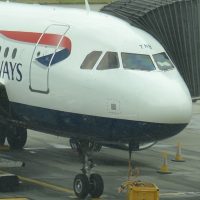 Welcome to the second instalment of this Travel Spot covering my trip to Iceland in July 2021, my first outside the UK since March 2020. I’d flown to Iceland with British Airways on Thursday, July 22nd, arriving early in the morning and returned on the corresponding flight on Saturday morning, nine days later. This Travel Spot is all about that return flight, along with all the added complications caused by the COVID-19 pandemic. For more details about what Amanda and I got up to in Iceland, and the Coffee Spots we visited, check out the dedicated Travel Spot page for the trip (which will be along in due course!).
Welcome to the second instalment of this Travel Spot covering my trip to Iceland in July 2021, my first outside the UK since March 2020. I’d flown to Iceland with British Airways on Thursday, July 22nd, arriving early in the morning and returned on the corresponding flight on Saturday morning, nine days later. This Travel Spot is all about that return flight, along with all the added complications caused by the COVID-19 pandemic. For more details about what Amanda and I got up to in Iceland, and the Coffee Spots we visited, check out the dedicated Travel Spot page for the trip (which will be along in due course!).
Flying to/from Iceland takes just under three hours, one of British Airways’ longer short haul flights. Being short haul, the plane flies out from Heathrow, lands, restocks, then turns around for the flight back to Heathrow. When I flew out, I arrived in Iceland at 09:45, the corresponding flight leaving an hour later at 10:45. Sadly, the Saturday flight is 40 minutes earlier, the outbound flight landing at 09:10, with the return flight leaving at 10:10, which meant an even earlier start! However, before I could even get to the airport, I had various pre-flight activities to complete.
As usual, I’ve split the post into several sections:
- Pre-flight Activities
- UK Paperwork
- Getting to the Airport
- Long Queues at Keflavik Airport
- Keflavik Airport Lounge and Gate
- Club Europe in the Airbus A320
- Flight Back to London
- Heathrow Airport
You can see how the first of the various pre-flight activities went after the (very short) gallery.
Normally my return journey starts with getting to the airport, but with COVID-19, things are a little more complicated. Just to be clear, what follows are my personal experiences when flying into Heathrow as a UK national who lives in England. Nothing in this post should be taken as official guidance, particularly as things are constantly changing with regard to travel to/from the UK. It’s also the case that the rules can differ for Wales, Scotland and Northern Ireland.
At the time that I flew, Iceland was on the green list published by the UK Government, while Iceland was allowing travellers from the UK who had received two doses of a COVID-19 vaccination to visit without the need for any tests.
To travel to the UK, everyone needs to complete an online passenger locator form, which has to be submitted no earlier than 48 hours before you’re due to arrive. However, before I could fill out the form, I needed to create an account, which was straightforward, but a bit of a faff. First, I had to register my phone, entering a confirmation code that was sent to it. Then a link was sent to my e-mail address, which, when I clicked on it, took me to the actual form.
The form itself was straightforward, but long-winded and, I felt, not very well worded. For example, I’m not sure how clear it is for non-native English speakers. I had to read a few sections two or three times to fully understand what information was required.
There are two key requirements for the passenger locator form which require more than filling in boxes. These are the pre-flight COVID-19 test and the post-arrival COVID-19 test.
Let’s start with the pre-flight COVID-19 test. Before you can fly into the UK (and, it turns out, the US, so Amanda and I were in the same boat), you need to have a negative COVID-19 test result, the test taken no more than 72 hours prior to the flight departure. Amanda and I decided to have our tests done on Thursday and asked at the tourist information office about where we could get them done.
It turns out that Icelandic system is very efficient. There’s a testing centre in Reykjavik (and another for the east of the island) where all the tests are done. You book and pay online (like the passenger locator form, you have to register both a phone number and e-mail address), with 15-minute timeslots being offered through the day (except for 45 minutes at noon when they stop for lunch). You can have either a PCR test (7,000 ISK, about £40) or a rapid test (4,000 ISK, about £25). Since there is no requirement for a PCR test, Amanda and I went for the cheaper rapid test and booked a 13:00 slot, receiving a confirmation e-mail with a barcode which is scanned when you arrive.
The test centre was about a 45-minute walk from our hotel and is also well-served by buses from the centre. We got there just before our allotted time and found that there was a queue which extended out into the carpark. However, it moved quickly and, once inside, we had our barcodes scanned, receiving a small plastic cylinder with a personalised label on it. At this point, the queue split, with PCR test people going to the left (which had a much, much longer queue), while we went to the right, where there was almost no queue at all.
There were five people ahead of us, so we watched the procedure a few times before it was our turn. The staff (who all speak excellent English) sit you down, explain the process (we skipped this bit, having heard it already) and then insert a swab up your nostril. It was eye-watering, but only there for three seconds, after which they put the swab in the cylinder (which they keep hold of) and that’s it. Less than 15 minutes after we arrived, we were out and on our way again.
We wandered off to explore Viðey Island, receiving our test results by e-mail before we even got there. This included the all-important PDF test certificate, which we needed to show at the airport before boarding our flights.
You can compare this wonderfully efficient system with the post-arrival tests after the (very short) gallery.
The precise testing requirements depend on where you are travelling from and which part of the UK you are travelling to. Since I was travelling from a green list country to England, I can only really comment on that experience, where I was required to book a PCR COVID-19 test with an approved supplier, the test to be taken within two days of arrival. This must be booked before you travel and, since you have to provide the booking reference on the passenger locator form, it needs to be booked before you can complete the form. You can leave it to just before your return, but for peace of mind, I booked mine before I flew to Iceland.
In contrast to the system in Iceland, which was straightforward and efficient, the UK Government has outsourced the testing to the private sector (this only applies to England, with the other UK nations having a simpler process, although if anything, it’s even more expensive). The first step is to choose a test provider, with the UK Government website listing 411 approved suppliers!
There are various options, from visiting a testing site to carrying out the test yourself at home. I went for the latter option, restricting my search to the South East of England, which cut the number of approved suppliers to just 315! There is a “prices from” column on the form, but it is next to useless since the price listed bears no relation to what you’ll end up paying. As a random example, the “cheapest” entry on the list has prices from £20, but once you click through to the supplier’s website, you’ll find a Day 2 PCR test is £59 plus postage.
With hindsight, I should have done more research, but I found the whole process confusing and stressful. After checking three or four of the 315 suppliers, I picked one, more or less at random, paying an eye-watering £87 for the privilege. Since then, I’ve done more research, including discovering that British Airways offers discounted tests, which is rather frustrating since I could have booked my test for half the price!
As is often the case, having done something once, it’s much easier doing it a second time around, so at least I should know what I’m doing when I next leave the country. Just in case anyone thinks I was being completely hopeless, as part of the same pre-travel preparation, I also bought travel insurance. This is something I’ve done many, many times before and am very comfortable with, negotiating the whole process in a fraction of the time it took me to book my Day 2 PCR test.
Once the test is booked, you’ll receive an email with a booking reference, which you’ll need to enter into the passenger locator form before you can submit it. Once that’s done, you’ll receive an e-mail with a PDF of your completed passenger locator form, which you’ll need to show at the airport. And that’s it: you’re ready to fly.
The next step is getting to the airport, which you can read about after the gallery.
Tests done, paperwork completed, all we had to do was get ourselves to Keflavik Airport on Saturday morning. My flight was scheduled to leave at 10:10, with Amanda’s flight to Boston leaving five minutes later. Several bus companies provide a scheduled service between the centre of Reykjavik and Keflavik Airport, including Greyline (who we took a pair of day tours with), Airport Direct and Flybus. We picked Flybus for the simple reason that when we walked out of the airport on our arrival in Iceland, a Flybus coach was waiting at the bus stop! This is probably just as well, since the next Airport Direct service wasn’t until 13:00, a wait of more than two hours and Greyline didn’t have a departure before 16:30!
Flybus operates out of its own bus station just to the south of the city centre, where you transfer to a shuttle bus to take you (close) to your hotel, dropping you off at one of about 20 stops around the city centre. Returning to the airport involves the same process in reverse, although it’s slightly more complicated than that.
We asked about getting back when we were dropped off on arrival. Our driver told us to get our hotel to ring Flybus the day before to arrange pick-up, so that’s what we did. One of the problems with Flybus is that it has a limited schedule (the same applies to Airport Direct), with departures every two hours in the morning, starting at 04:30 (way too early). That left the 06:30 or the 08:30, which was scheduled to get to Keflavik at 09:15 (way too close to our flight departures to be comfortable). So, the 06:30 it was.
With hindsight, we probably should have booked the pick-up a day or two earlier since I can see the coach filling up pretty quickly and, once all the seats are taken, that’s it. As it was, we got seats without a problem, but it would have been a real pain if we’d missed out. With even more hindsight, I suspect our best option would have been to buy our tickets online before we flew, which would have let us reserve our return seats there and then. The only other thing worth knowing is that if you/your hotel are ringing to reserve return seats, Flybus will want your ticket numbers, so be sure to have your tickets handy (and don’t leave them in your room on the third floor).
The next complication was actually getting picked up. I was all for walking to the bus station, but Amanda was not up for a 15-minute walk (a lot of it uphill) hauling her luggage. Instead, we arranged for a pick-up at Bus Stop 6 (the Culture House), a five-minute walk (downhill). The only problem with this is Flybus never knows which route the driver will take on the day, since this depends on who needs picking up where. Instead, you’re told to be at the bus stop at 06:00 (half an hour before departure) and the shuttle bus will arrive anywhere in a 30-minute window.
We arrived on time (a major achievement in itself) and spent the next 15 minutes waiting for our shuttle bus, which took us, via one more stop, to the bus station, where we were dropped next to the coach. We were in plenty of time for its scheduled 06:30 departure, but were delayed slightly since one of the shuttles had to go back to get a couple who’d somehow missed their original pick-up.
After that, we were on our way, although we had another stop to make in Hafnarfjordur to pick someone up from the bus stop outside Hotel Viking, which probably added a couple of minutes to the journey. In the end, we arrived at 07:25, about 10 minutes behind schedule, but still in plenty of time for our flights. Or so we thought.
You can see how we got on at the airport after the (very short) gallery.
Catching our flights from Keflavik Airport was akin to going back to how things were 20 years ago, before on-line check-in and bag drops. As a result of COVID-19 and the need to manually check all passengers, there were huge queues at check-in. We were in the terminal by 07:30, at which point check-in wasn’t open for my flight, so I joined Amanda in her queue to keep her company. This stretched from the check-in desks at the far, left-hand end of the terminal, all the way to the far, right-hand end of the building, then wound its way around a large pillar, at its peak getting about halfway back to the check-in desks.
The situation wasn’t helped by Delta having three flights leaving within an hour of each other, one to Minneapolis (half an hour before Amanda’s flight) and another to Chicago (half an hour after Amanda’s flight). All the passengers for these flights were in one long queue for check-in, served by just six check-in desks.
After about 15 minutes I went to check the departure boards and discovered that check-in was open for my flight, so I wandered off to look for the check-in desks, only to find that they were next to the Delta desks. I was also disappointed to find that there was already a considerable queue, although it was a much smaller one than Amanda was in.
British Airways had three check-in desks, two for Euro Traveller and one for Club Europe, which had a slightly shorter queue. On the plus side, British Airways was only trying to check-in one smaller flight compared to Delta’s three flights, but despite this and having the advantage of being in the shorter Club Europe queue, it still took me 45 minutes to reach the check-in desk, at which point, Amanda had made her way around the pillar and had just come into view, having reached about halfway across the terminal.
After having my passport, passenger locator form and negative COVID-19 test result checked, I was sent off to the oversized baggage area (on the far side of the terminal) to drop off my rucksack. That done, I was free to head upstairs to security, but instead I went to keep Amanda company in her queue for a while.
By 08:50, after more than an hour in the queue, Amanda finally reached the part where the queue split into separate lines between barriers, so I decided to duck out and head up to security. One advantage of having such massive queues at check-in is that there was only a trickle of passengers at security, where I was through in less than five minutes.
You can see what I found on the other side after the gallery.
Beyond security, Keflavik Airport has a central shopping/food area and then a long corridor to the gates. Mostly flights depart from the A and C gates, but flights to countries outside the Schengen Area (ie the US and the UK) depart from the D gates, which have their own passport control area. However, before that, I popped into the Saga Lounge, which, as far as I can tell, is the only lounge in the airport, operated by Icelandic Air, but basically open to anyone travelling business/first class.
The lounge was huge, with a cold buffet breakfast on the right as you entered, followed by multiple seating areas. There were standard restaurant-type tables, big armchairs, sofas, computer desks and lots of large rocks, which was a first for me. The lounge was also practically empty, which suggests to me that not many people on either the British Airways or Delta flights knew that they could use it!
I grabbed some breakfast, a cup of reasonably good coffee and a window seat (although the airport was covered in low cloud/fog, so I didn’t have much of a view). My plan was to wait there until either it was time for boarding (I guessed I should leave at 09:30 to be on the safe side) or Amanda made it through security. As it was, she checked in just in time (I later learnt that Delta was closing check-in an hour before the flight’s departure, Amanda making it with about five minutes to spare) and was through security by 09:25.
I wandered down to passport control, where there was a very short queue and, by 09:30, Amanda and I were reunited in the D gate area, although sadly not for long, since both our flights were boarding. We said our goodbyes and I went down to my gate, arriving just before general boarding was announced, so was able to sneak on before the rush.
You can see what I made of the plane after the gallery.
While I flew out in Euro Traveller (economy to you and me), I decided to return in Club Europe (business class), partly because I wasn’t sure if there would be a lounge which I could use at Keflavik Airport and so wanted to be sure of some food on the flight. As it was, I did manage to get some breakfast in the lounge, but flying Club Europe turned out to be the right choice for another reason.
On the flight out, I was in a brand new Airbus A321neo, but for the flight back, I was on more familiar ground with an older Airbus A320, although this had been refitted with the new seats. The main difference between the two aircraft is that the A321 is longer, with 37 rows, compared to the A320’s 30 rows, although the A320 felt a lot smaller.
The shorter fuselage has an impact on number and position of the exit rows, which turns out to be quite important. Both aircraft have the traditional emergency exits front and back, while the A321neo has two sets of emergency exits in the middle, one in front of the wing and one just behind it (this was the exit row where I sat on my flight out). In contrast, the A320 has just one set of over wing emergency exits, occupying rows 11 and 12.
Surprisingly, on this flight, Club Europe extended all the way to row 12 (British Airways uses moveable dividers, so Club Europe can be anything from the first four rows to the first 12). This meant I was able to get an exit row seat, going for 11F so that I had a window. This is a change from my normal aisle seat, which I had on the flight out, but in Club Europe the middle seat isn’t used, so I was happy to have the window seat.
However, the large Club Europe cabin meant that the pour souls behind me in Euro Traveller had no exit rows to choose from. Sadly, these days British Airways really crams the rows into its short haul fleet, so the legroom in a standard Euro Traveller seat (even a standard Club World seat) is very poor. As it was, I didn’t have much legroom in my exit row, but it was enough that my knees weren’t touching the seat in front. If I’d been in Euro Traveller for three hours, I would have been absolutely miserable since there was no way my legs would have fitted, more than justifying my decision to fly back in Club Europe!
Other than being in an exit row, I had a standard seat, with a fold-down table in the seat back in front of me, which was very stable and easily big enough for my laptop. It also had good travel forwards and backwards, so I could get a comfortable typing position. Since the middle seat was out of use, I could also use that table as well. Best of all, there was at-seat power, with a USB and an AC outlet beneath my seat.
Although the flight was very nearly full, for some reason the exit row seats weren’t popular. I had my row to myself, while the row behind me was empty. Meanwhile, on the other side, just the window seats were taken. Despite the flight being so full, boarding was pretty efficient: I was one of the first passengers on at 09:40 and by 09:55 everyone was in their seats and the doors were closed.
We pushed back at 10:00, ten minutes ahead of schedule, spent the customary five minutes on the tarmac for the (manual) safety briefing, then taxied straight out to the runway. The pilot announced seats for take-off and we were on our way!
You can see how the flight went after the gallery.
We took off at 10:10, going straight into low cloud, only to emerge above it a few seconds later. I managed a few glimpses of coastline through breaks in the cloud as we banked left and flew over the southern part of the Reykjanes peninsular and then out over the North Atlantic. Five minutes after takeoff, at 10:15, the curtain was drawn behind me, separating Club Europe from Euro Traveller, and the seat belt signs were off.
The flight was similar to my flight out, with a requirement to wear masks, along with a request to stay in our seats as much as possible and to avoid queuing for the toilets. The only difference was that Euro Traveller passengers could now order food and drink using the in-flight Wifi, that service having been suspended on the way out nine days before.
Meanwhile in Club Europe, our meal service was getting underway, starting with drinks, 15 minutes after takeoff, although it took the trolley another 15 minutes to get to me at the back of the cabin. I had some coffee, which was fine, if a little hot (the pot had just run out, so this was freshly brewed), then the meal came along. Despite sitting at the back, I had a vegetarian meal ordered, so this came out first, my food arriving at 11:00, with the main meal service following straight afterwards. By 11:10, everyone had their food and I was happily making my way through an early lunch of some very fine ravioli.
I had intended to write more of this Travel Spot after the meal, but instead I ended up dozing for the next 45 minutes, being woken by the announcement that we had twenty minutes to go before the seat-belt signs were due to go back on. It was now 12:05 and we were probably somewhere over Scotland.
I had just put everything away in the overhead locker when, at 12:25, exactly as promised, the seat-belt signs came on and the pilot announced we were 15 minutes from landing. By now, we were already well into our descent and, just as the announcement finish, we hit a particularly rough patch of turbulence. The pilot instructed the cabin crew to take seats for landing at 12:30, just as we broke through the low cloud, allowing me to catch glimpses of the land below. We came in from the north, flying over central London, with a good view of Wembley Stadium to the west of us.
This was a new approach for me, since I’m used to either coming in from the east or west, rather than due north. We flew just east of Hyde Park and Buckingham Palace before turning west for our final approach, almost directly over Regent Street and Cavendish Square Gardens. From there, the approach was a more familiar one, passing over Barnes, with views of Hammersmith Bridge and, in the distance, now to the north, Wembley Stadium. Then it was on over Kew Gardens, with the Kew Railway Bridge and Kew Bridge spanning the Thames, before flying south of Osterley Park to land on Heathrow’s south runway at 12:40 exactly (although it was by then 13:40 local time).
You can see how I got on at the airport after the gallery.
In pre-pandemic times, landing at Heathrow wasn’t always the end of the story, since the volume of traffic often meant it took a long time to taxi to the gates. However, just as it was on the way out, there are so few planes flying at the moment that we went straight from the runway to our gate. As we had when we arrived in Iceland, we had to wait on the plane while everyone disembarked by rows, starting with rows 1 to 5, followed by 6 to 10. I was in the third set, 11 to 15, but even so, just 10 minutes after we touched down, I was off the plane and on my way to passport control.
I’m sure everyone has heard the stories of the horrendous delays at British airports over the summer as border control struggled to processes everyone coming into the country, with the need to check the passenger locator forms and the associated documentation. I’m not sure what the situation is for people arriving from red list countries (they had a separate lane to go through) but for arrivals from green/amber list countries, this problem has been solved by not carrying out the checks. Instead, we were put through the familiar e-gates which automatically read your passport and then you are on your way.
I believe the theory is that the airlines will have carried out the checks before boarding, effectively trading large queues at Heathrow for large queues at, in my case, Keflavik. There was a small queue at passport control, and I did time things quite well as a large surge of passengers arrived just after me, filling up the zig-zag queuing lanes within a couple of minutes. There was also some attempt at distancing, but it was no more than one metre between lanes, while there were “keep your distance” markers on the floor that the person behind me was paying zero attention to.
In all, it took me less than 15 minutes from leaving the plane to arriving at baggage reclaim, where I found my bag waiting for me. In fact, the biggest wait was for the RailAir coach to Guildford, which didn’t leave until 14:53, giving me around 45 minutes to kill.
I’ve caught the coach a couple of times before, the last being in early 2020. On both occasions, the coach has been really quiet, so I was quite pleased to find that it was still running. However, whereas before the pandemic, there were separate coaches from Woking and Guildford, these have now been combined, with the Guildford coach calling into Woking station on the way. It also takes a very bizarre route to Guildford station, which, when it used to come down the A3 from the M25, almost made sense, but which now, coming from Woking, just adds another five minutes or more to the journey.
However, it’s a lovely coach, with well-spaced seats (and far more legroom than a standard Euro Traveller or Club Europe seat), free Wifi and USB power outlets. Since I pretty much had the coach to myself (there were just two other people, plus the driver, on board) I went for one of the table seats, which even has wireless charging as well as the USB outlets.
At just before 16:00, I rolled into Guildford station, bringing my journey to Iceland to an end. However, that wasn’t quite the end of the story. I got home to find my COVID-19 testing kit waiting for me, so I decided to get that out of the way, self-swabbing my throat and nose.
You can only use certain post boxes marked “Priority” to return tests, so I had to go back into town to post my test back. Since there aren’t any Sunday collections, my test went out with the first post on Monday and I got my (negative) test result back by e-mail late on Tuesday evening.
Don’t forget to check out the trip’s Travel Spot page, which has more details about the trip itself as well as all the Coffee Spots Amanda and I visited.
If you liked this post, please let me know by clicking the “Like” button. If you have a WordPress account and you don’t mind everyone knowing that you liked this post, you can use the “Like this” button right at the bottom instead. [bawlu_buttons]
Don’t forget that you can share this post with your friends using buttons below.

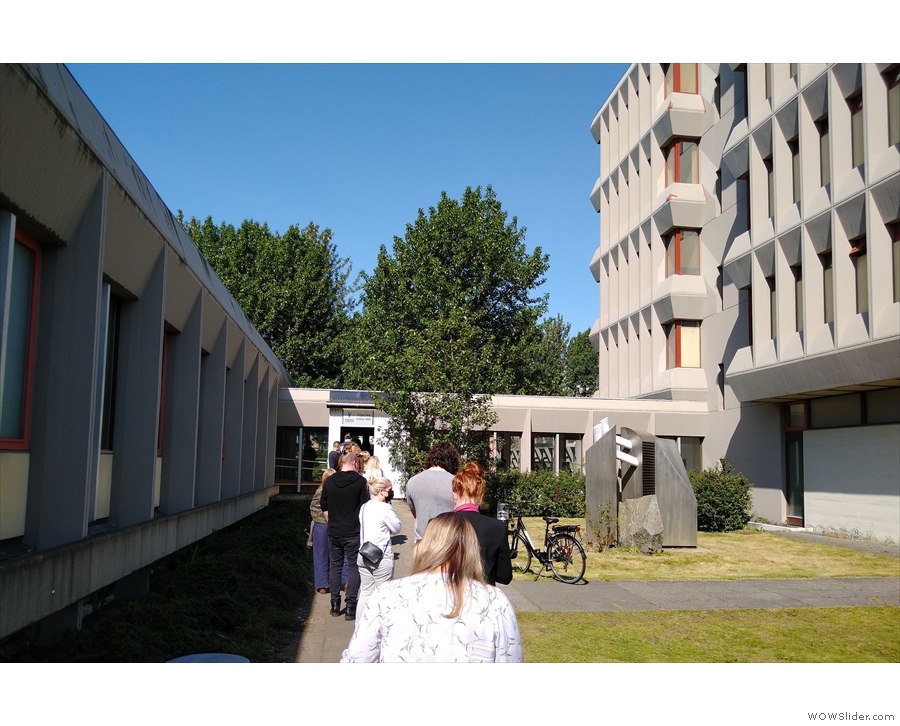
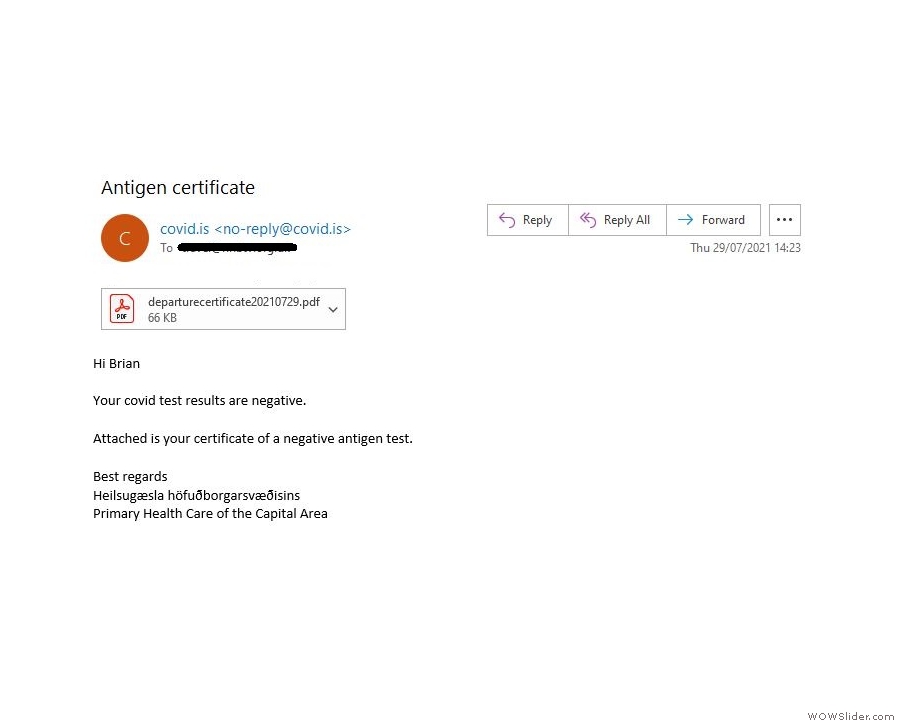
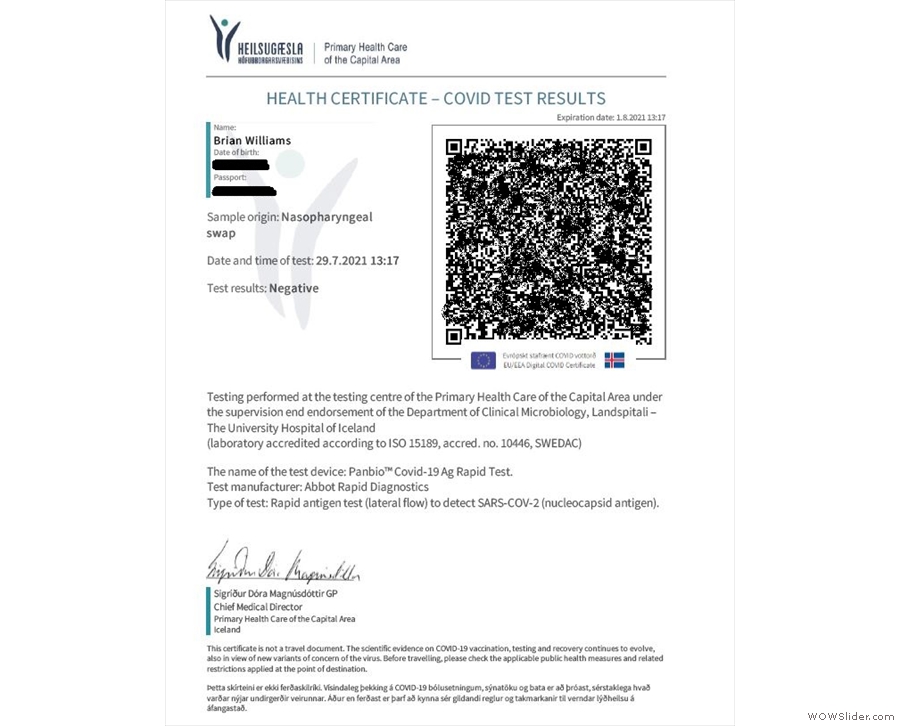
 1
1 2
2 3
3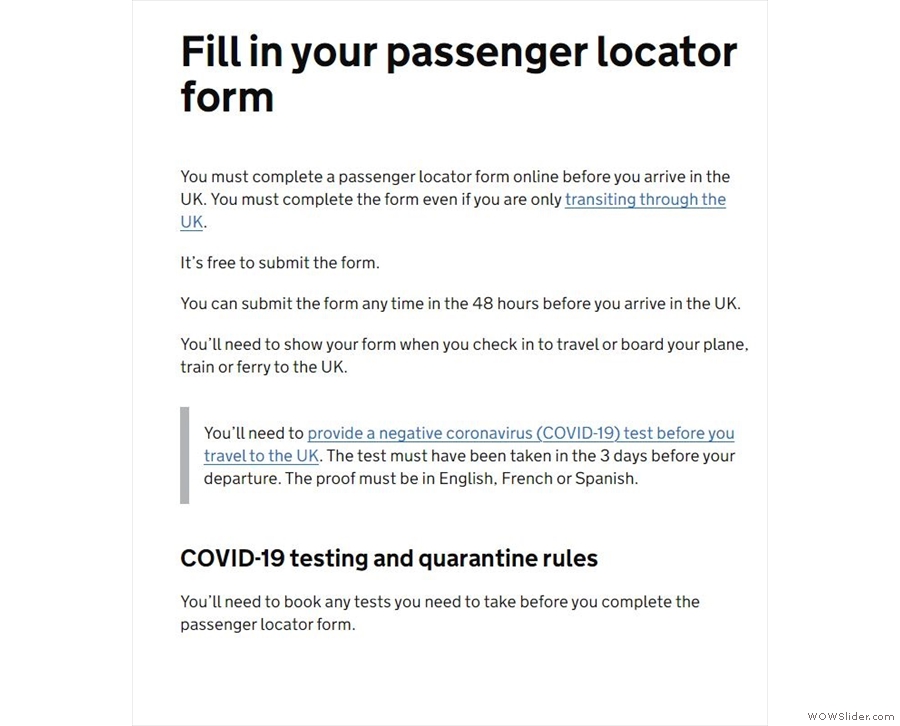
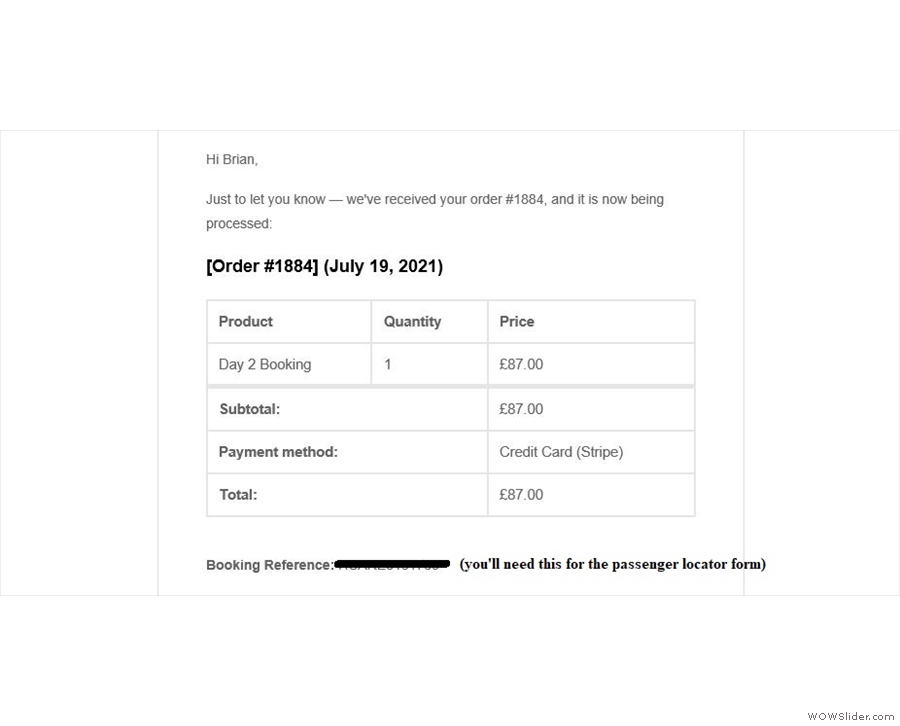
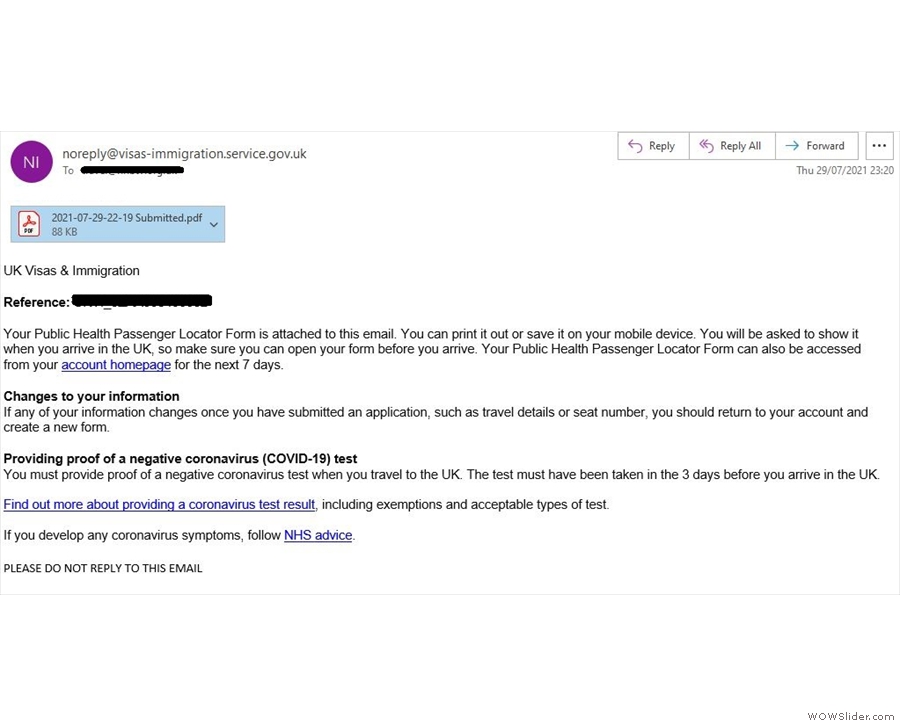
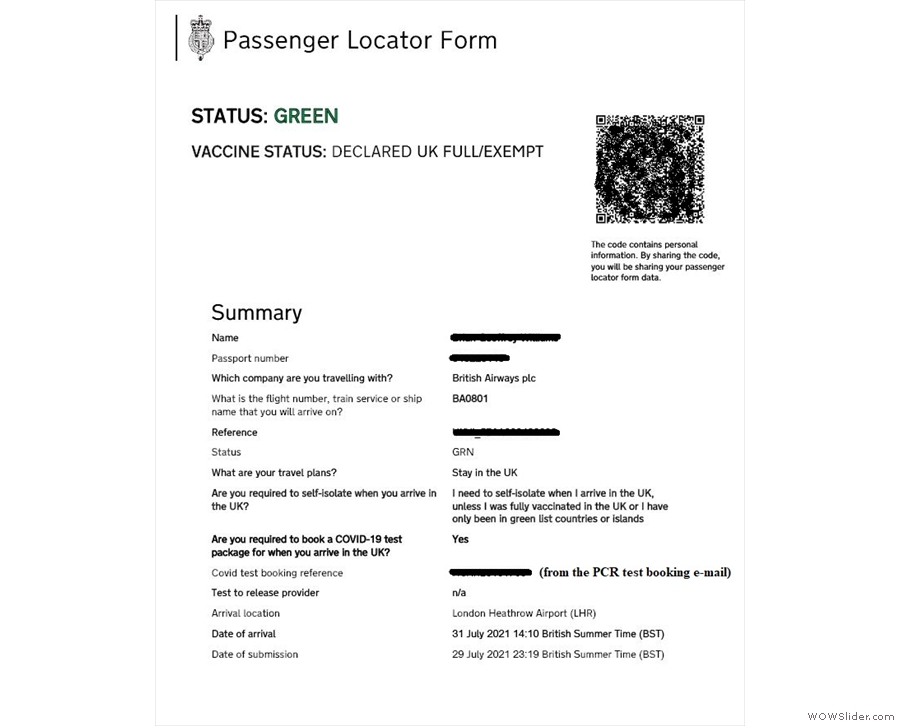
 1
1 2
2 3
3 4
4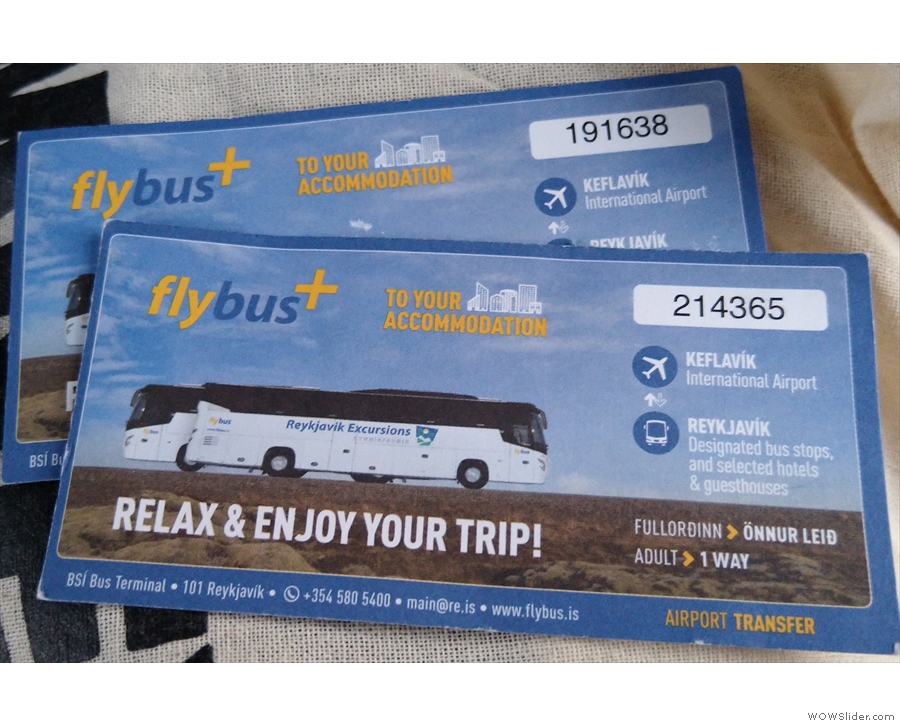
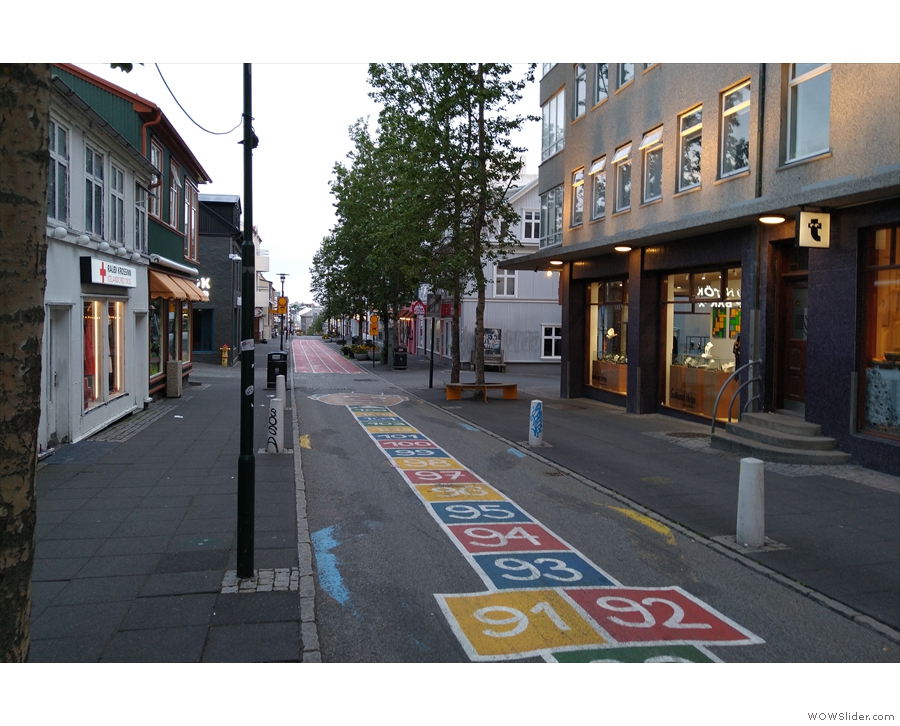
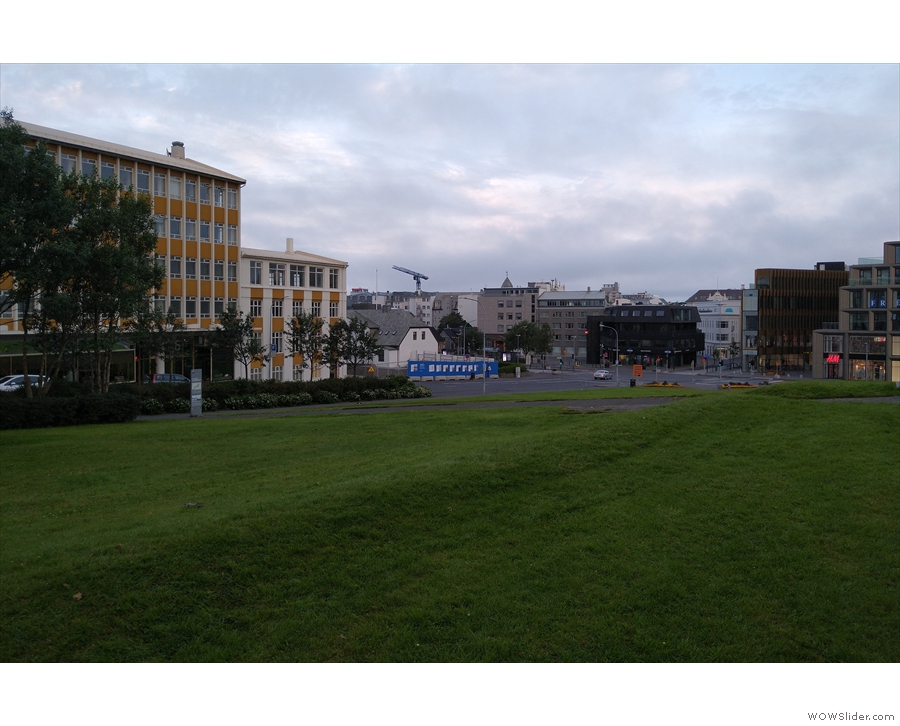
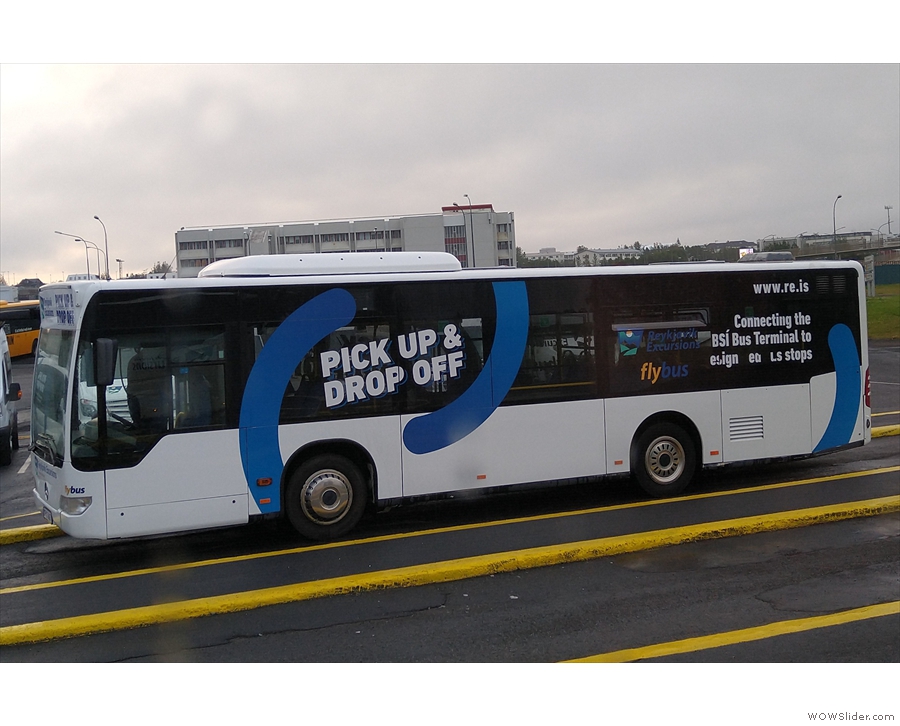
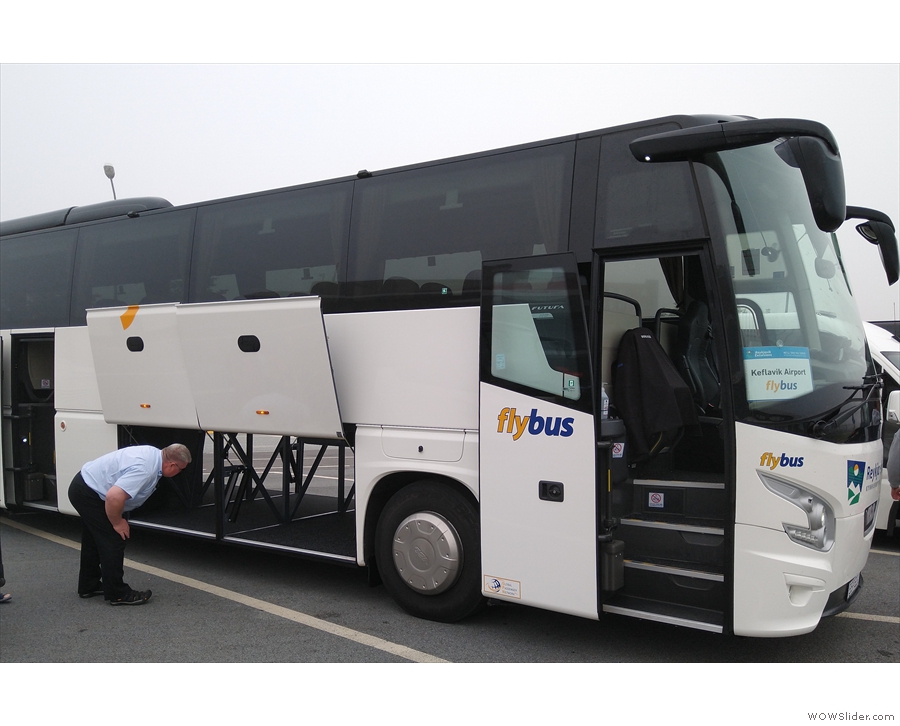
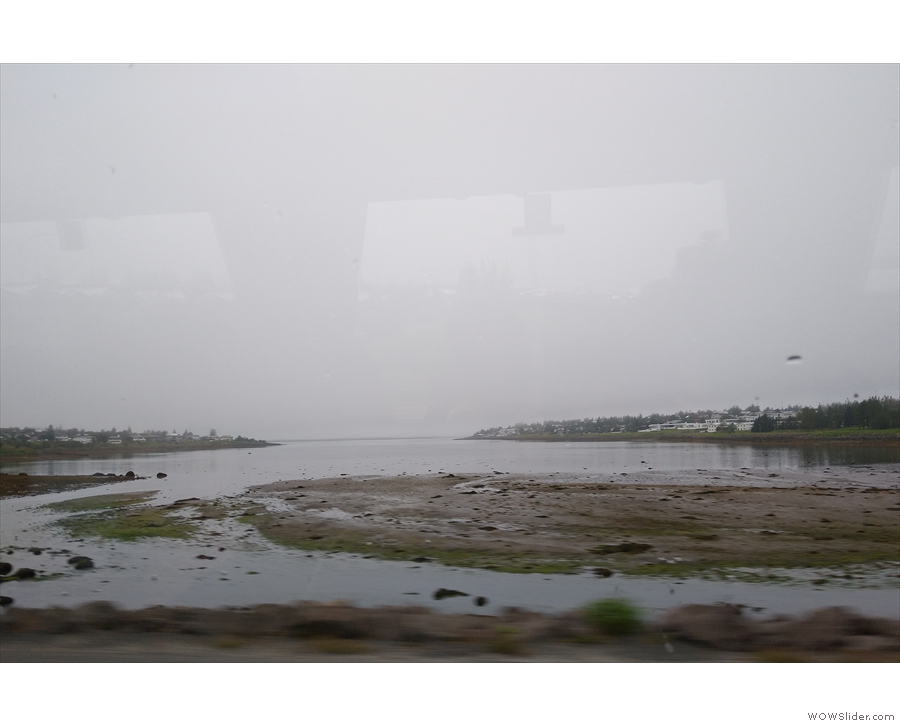
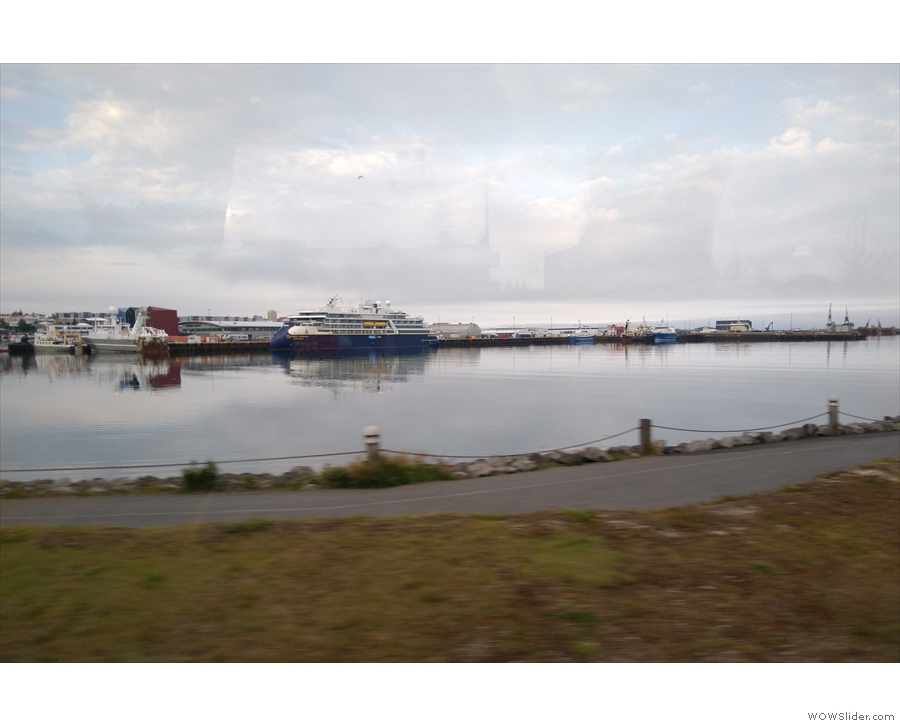
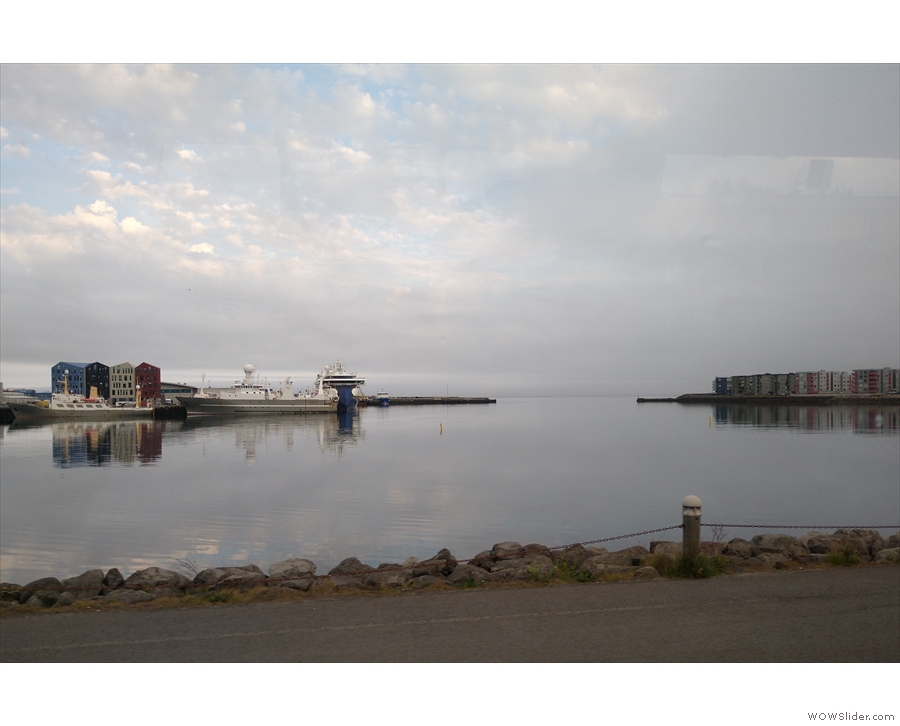
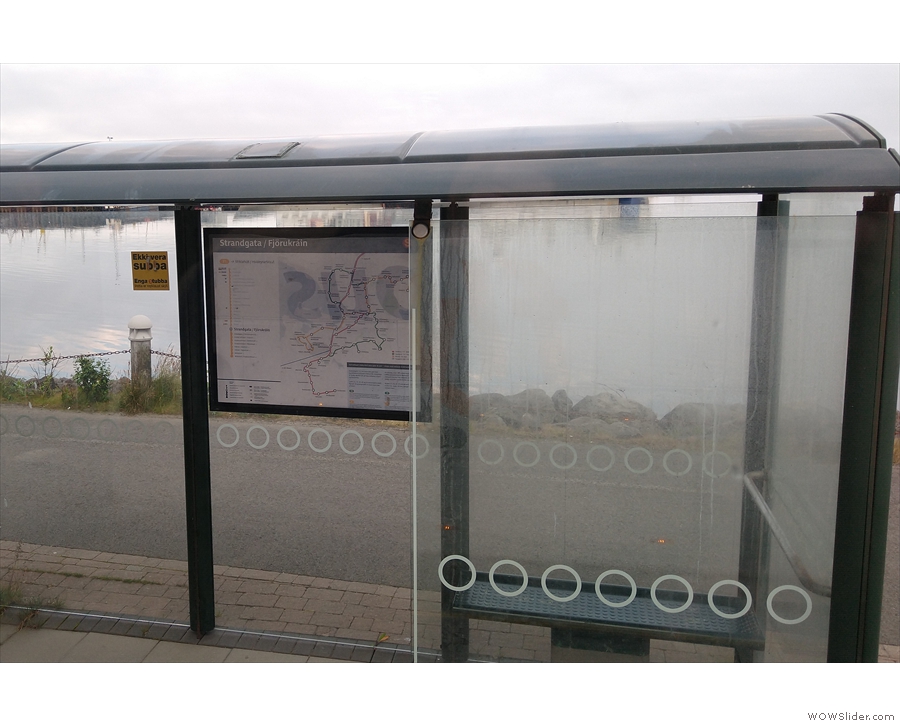
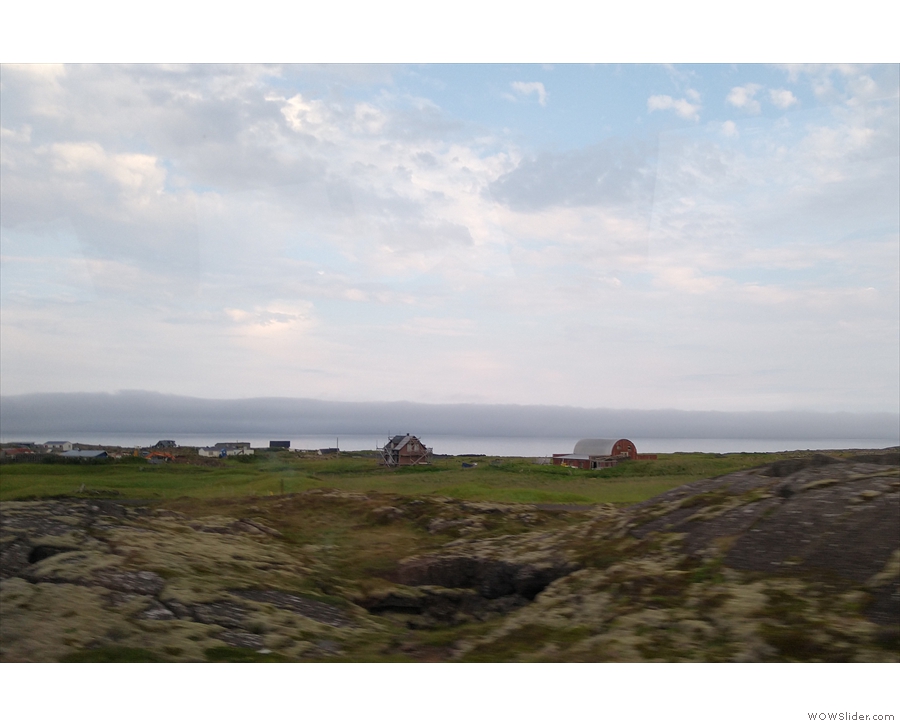
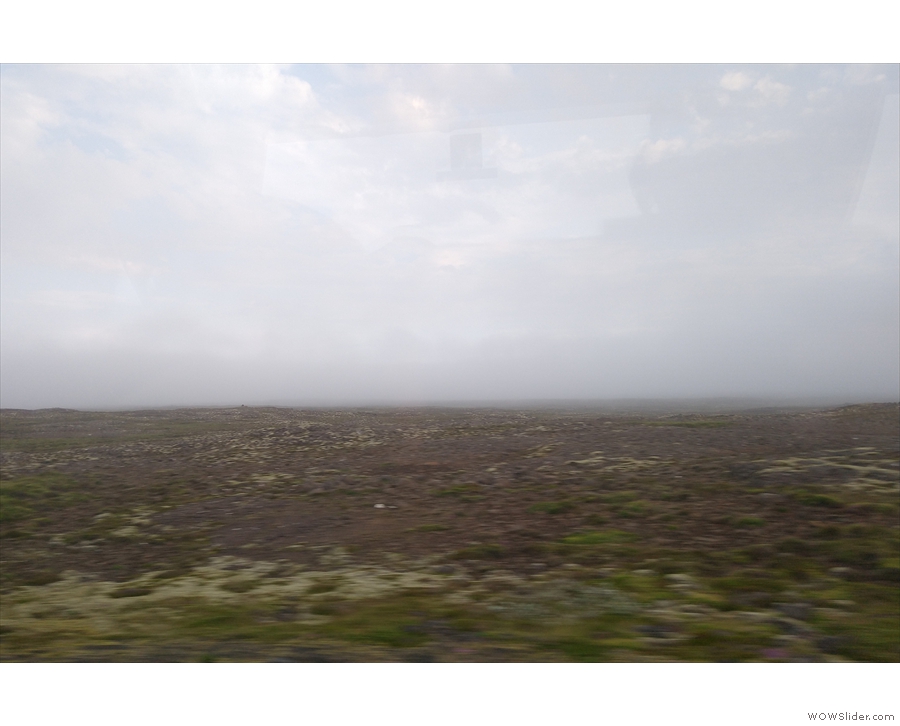
 1
1 2
2 3
3 4
4 5
5 6
6 7
7 8
8 9
9 10
10 11
11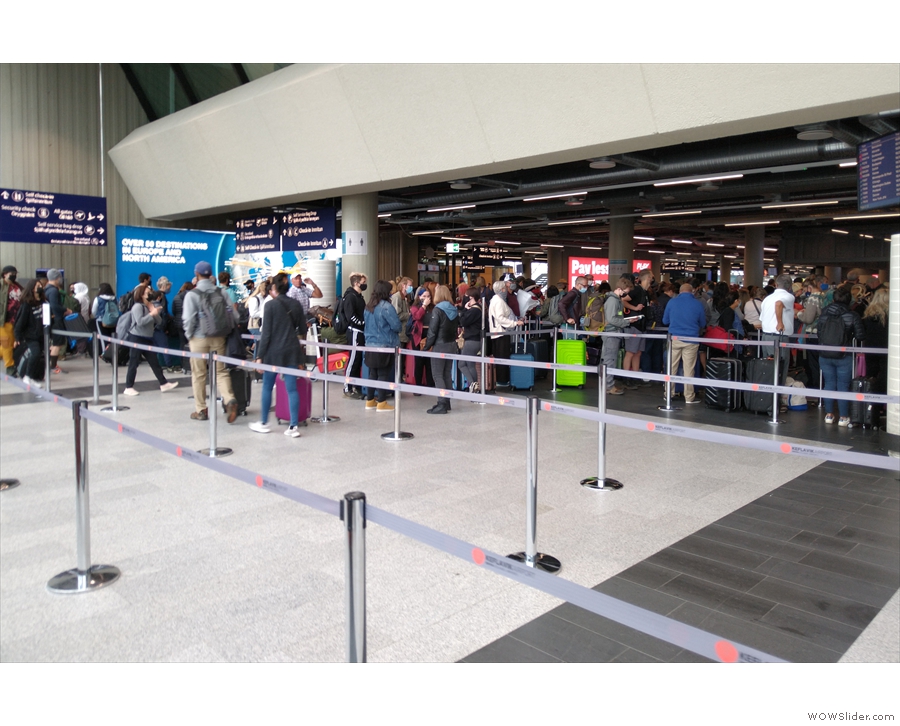
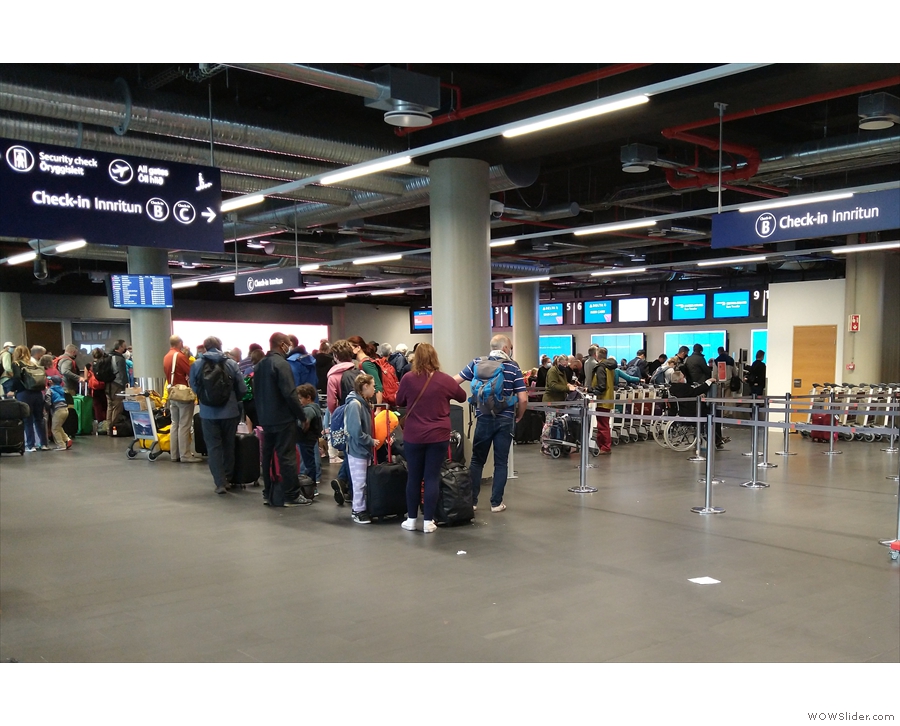
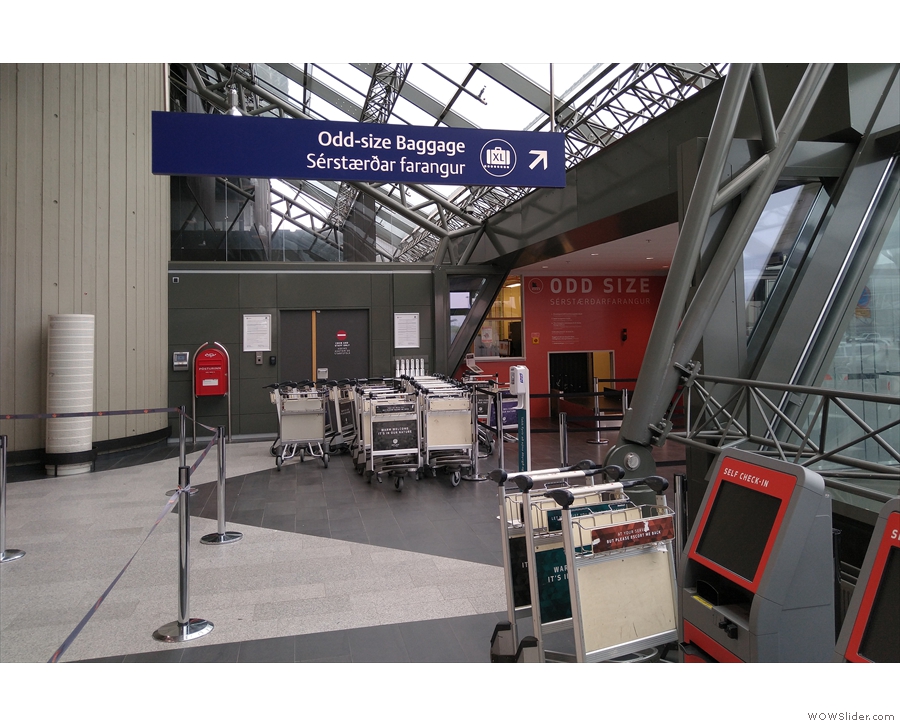
 1
1 2
2 3
3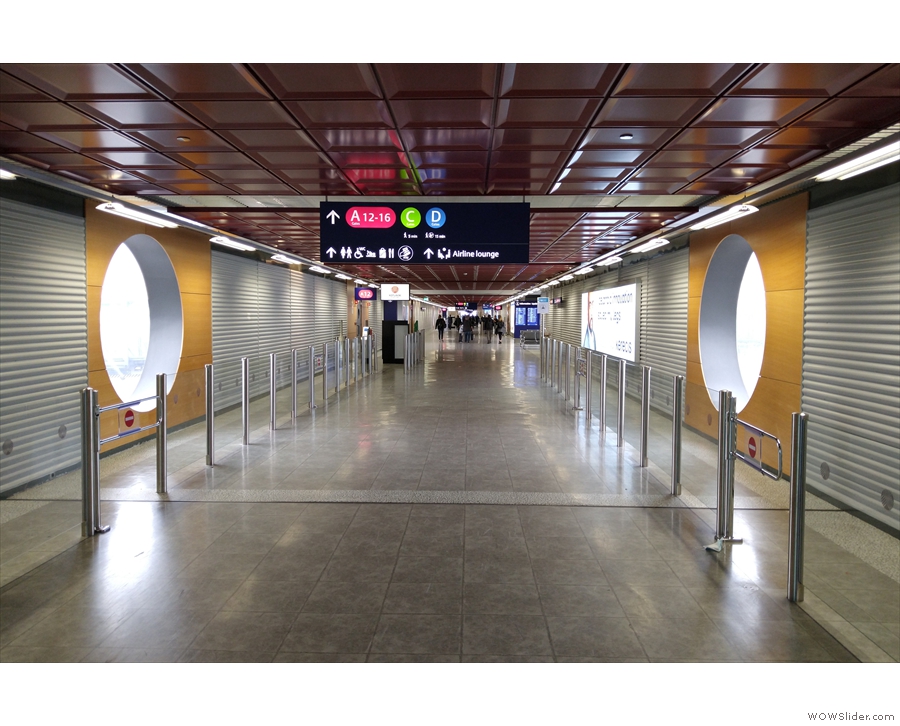
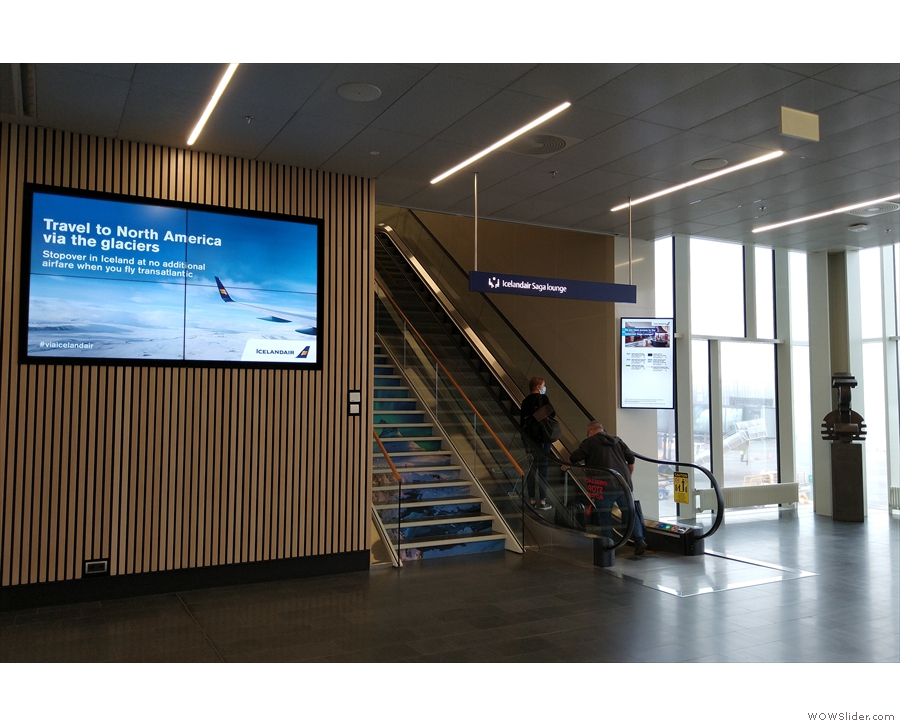
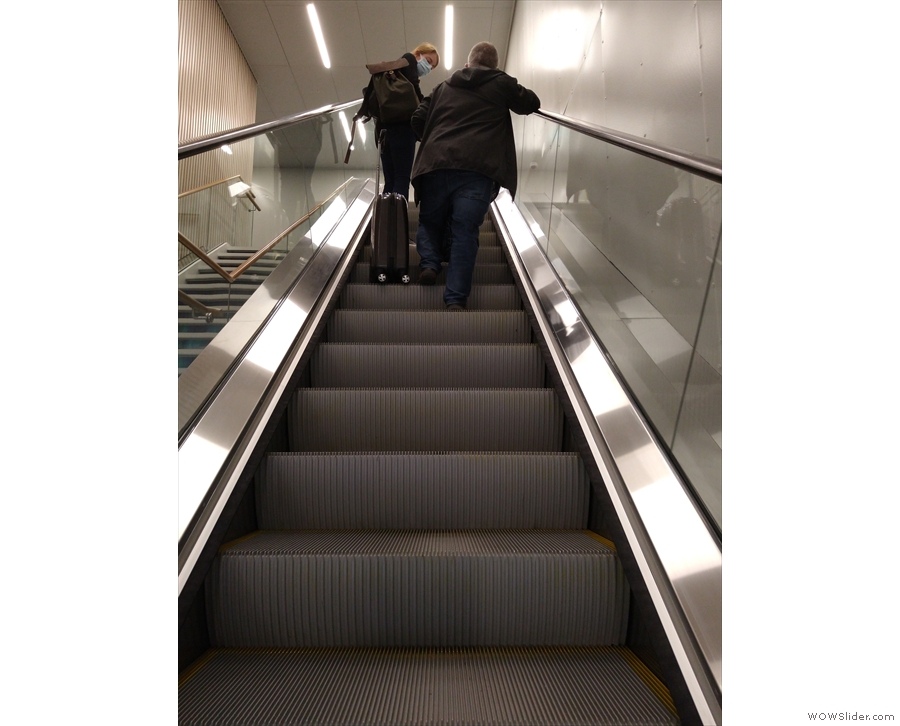
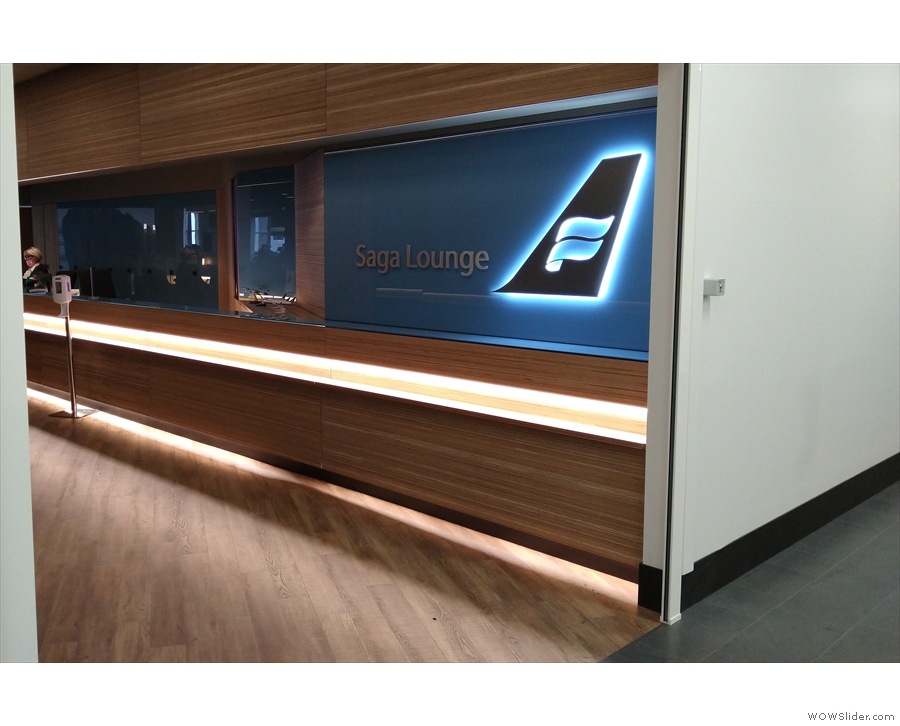
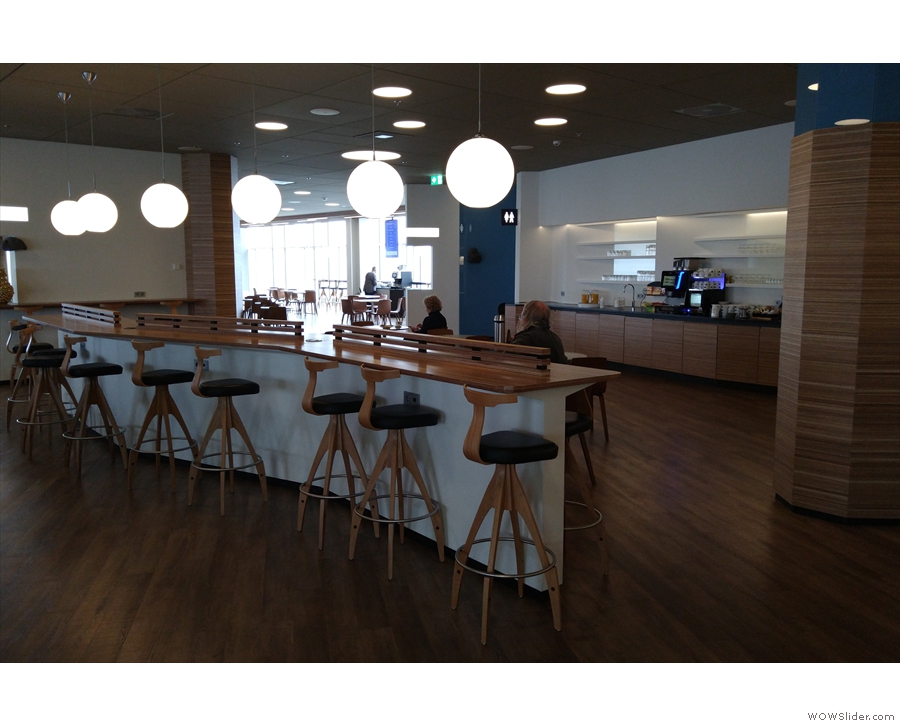
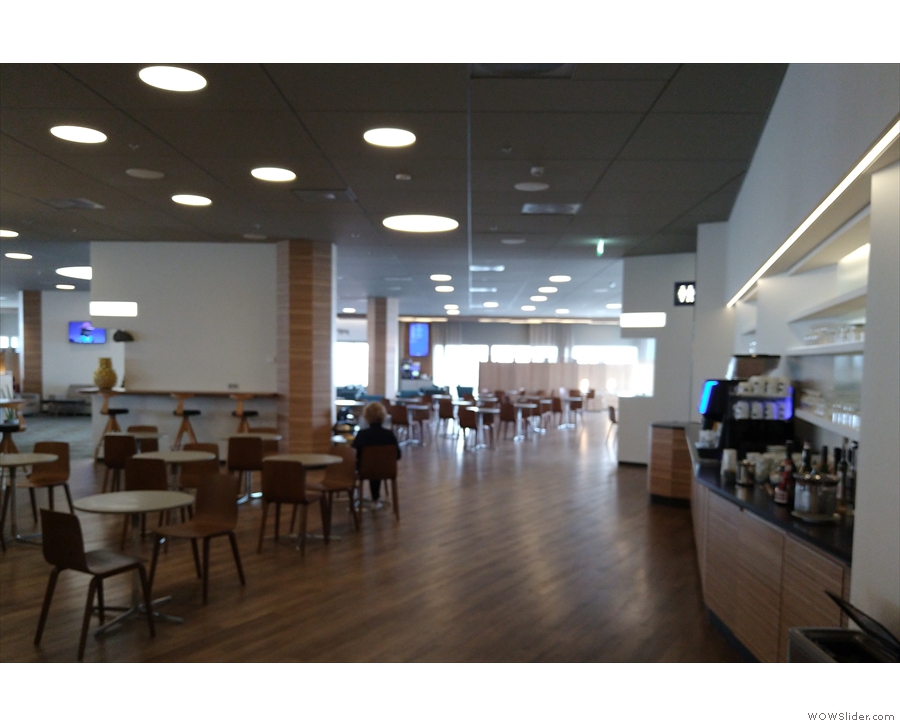
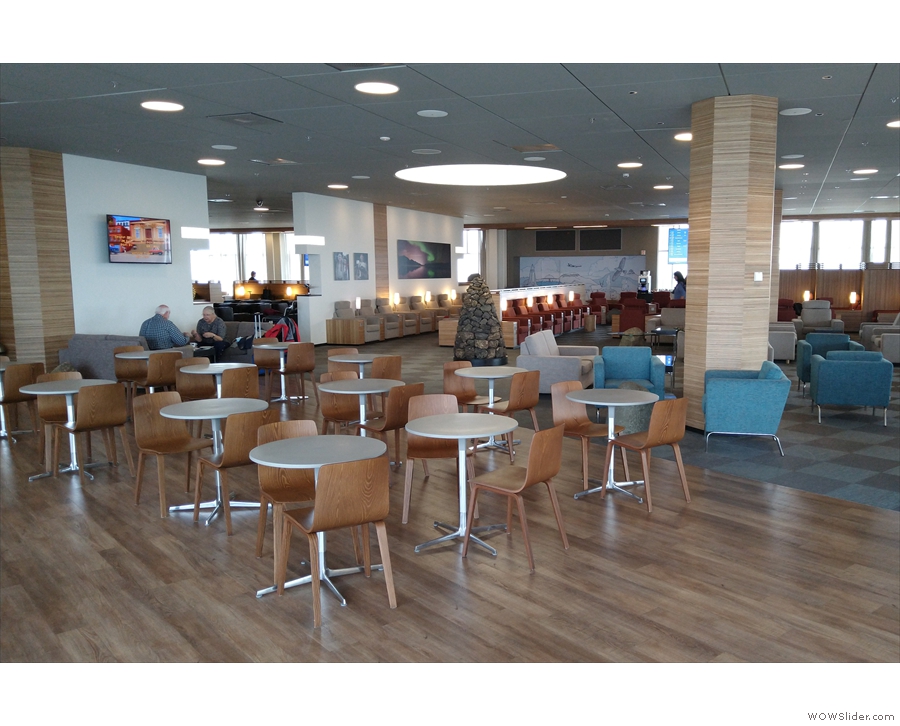
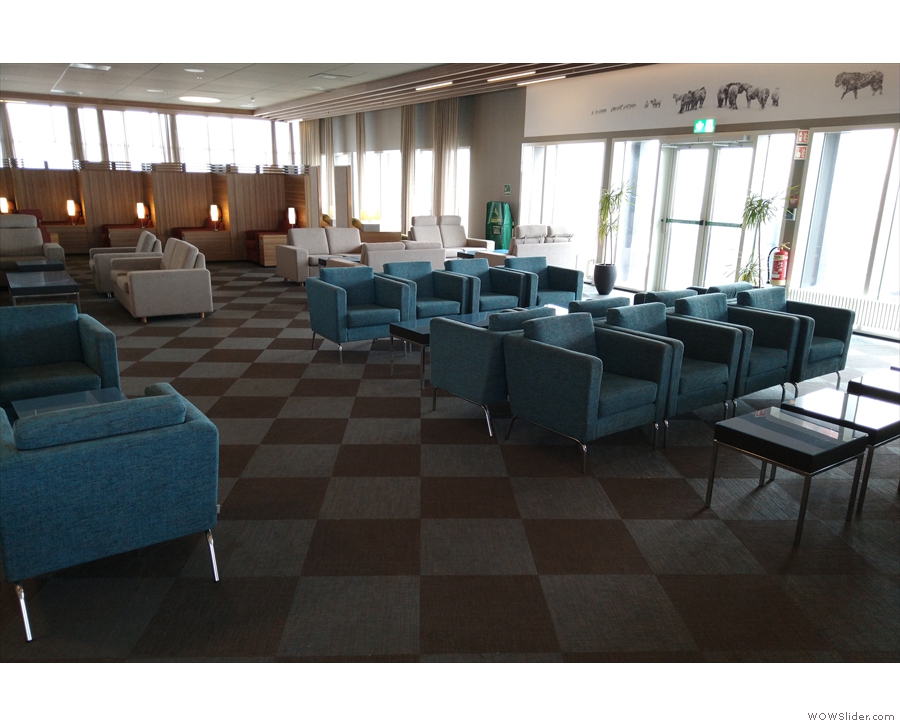
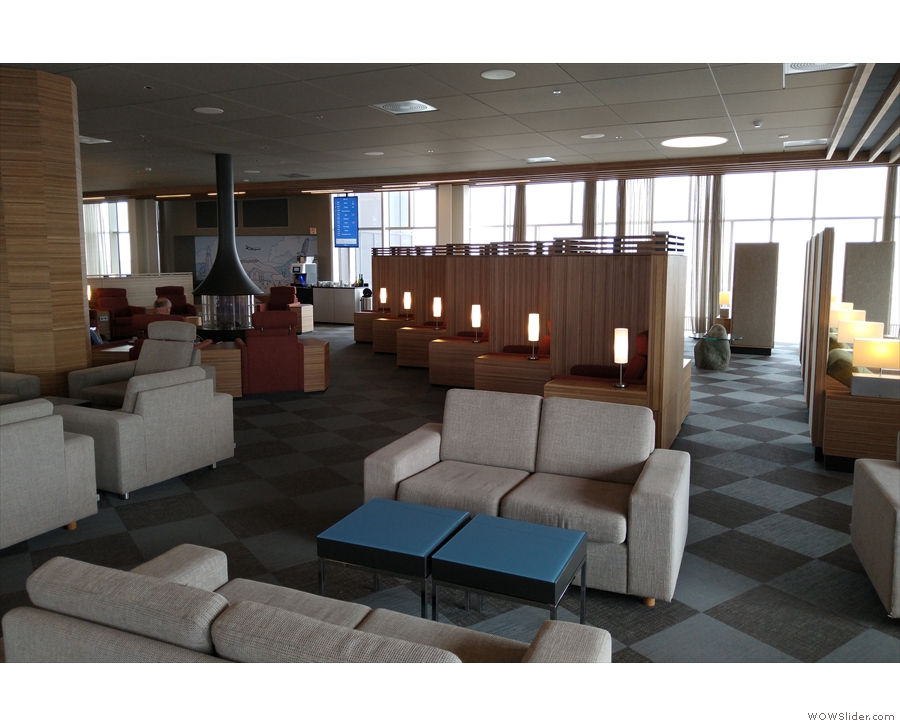
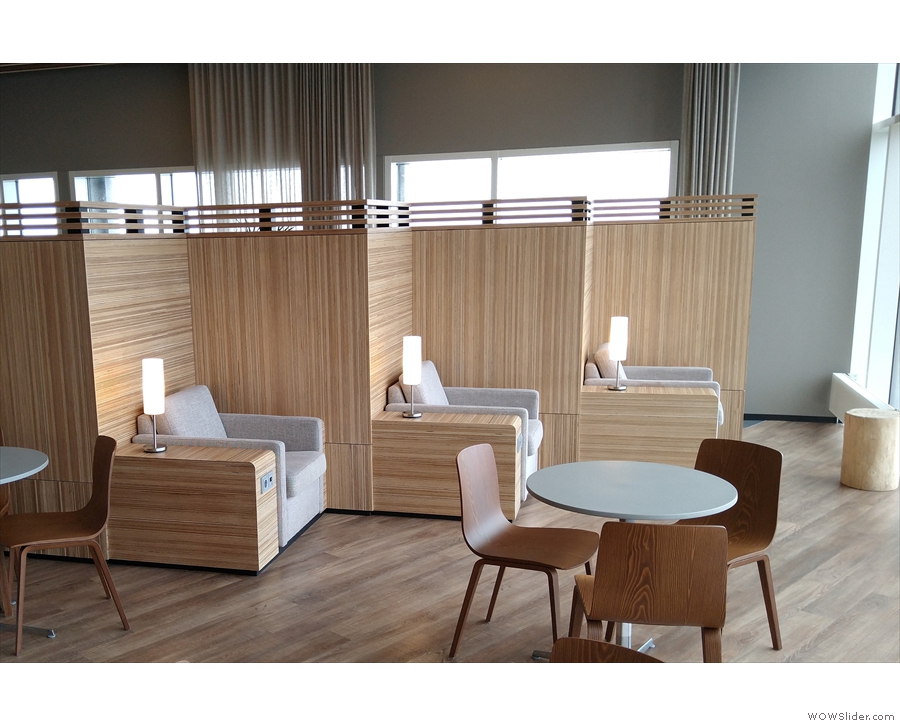
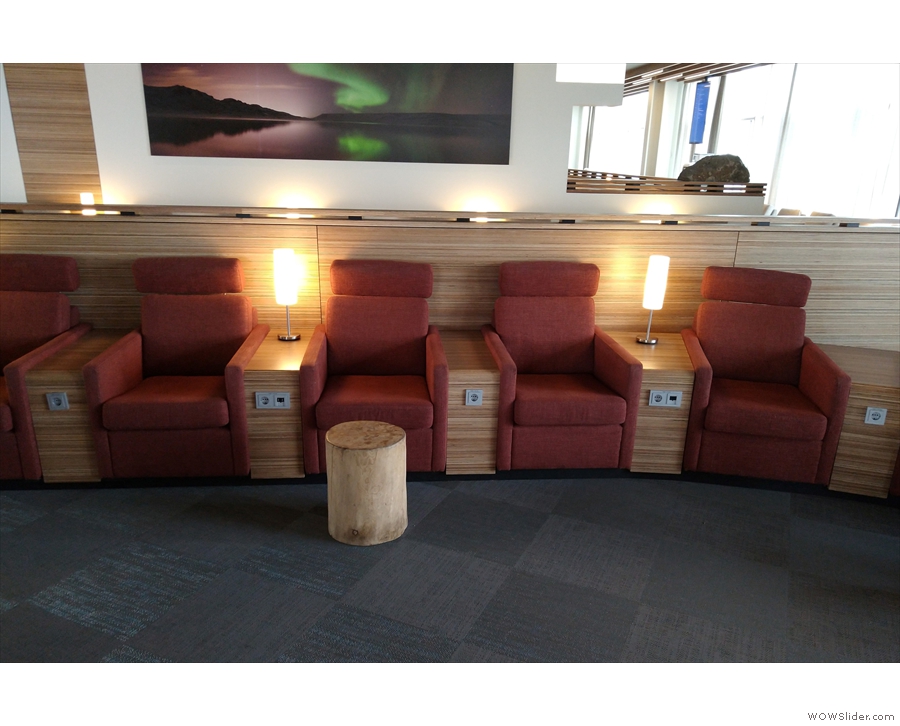
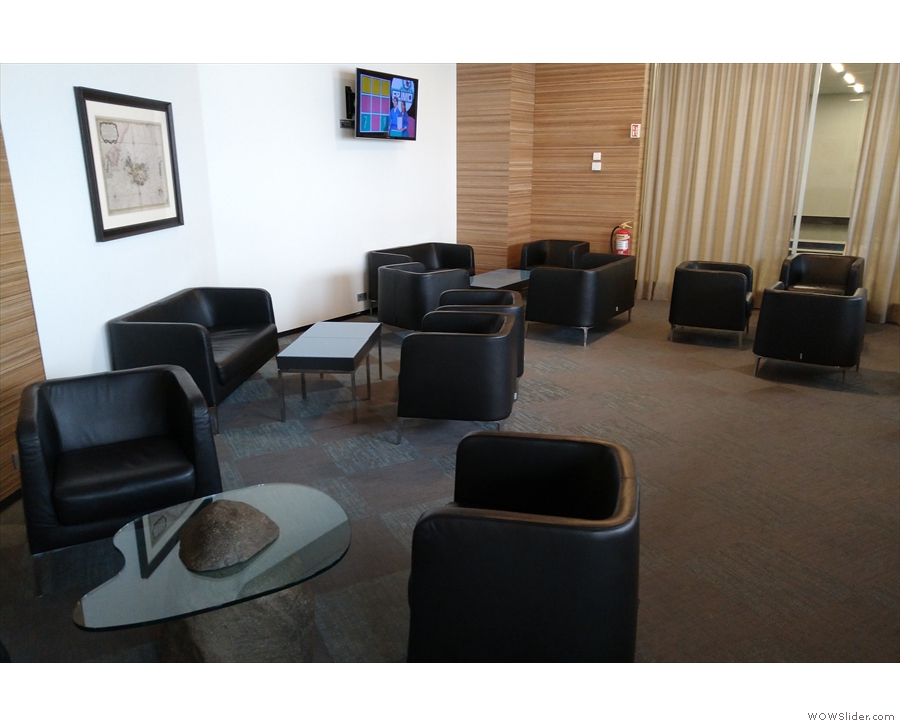
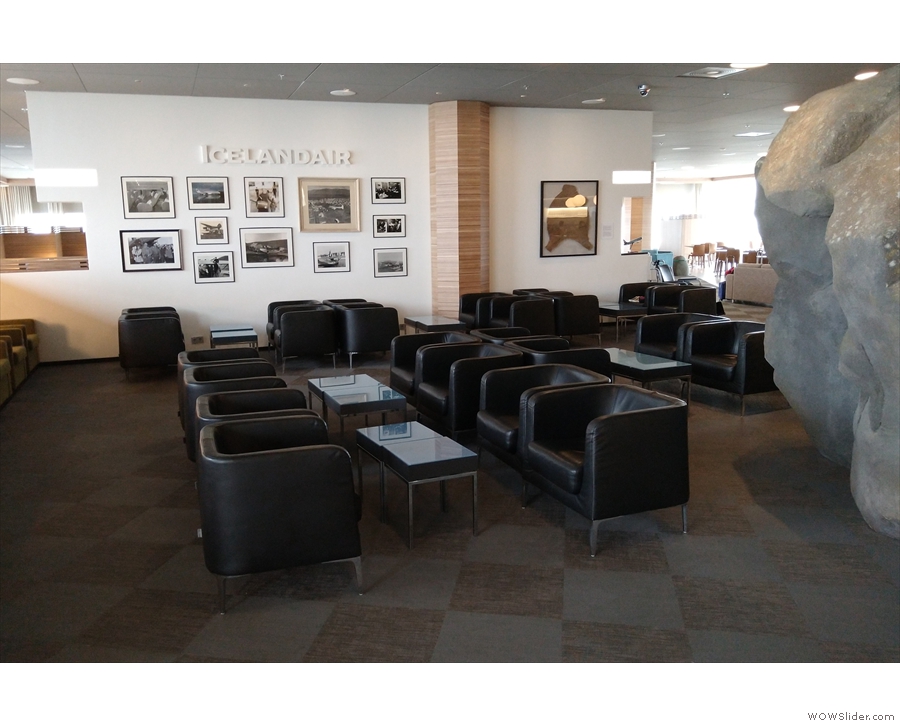
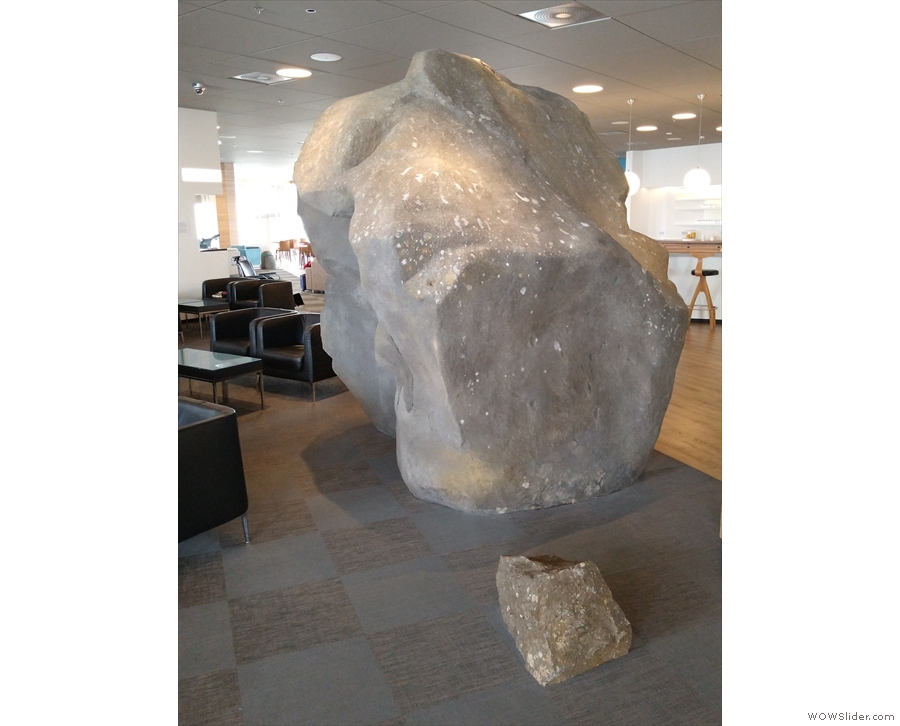
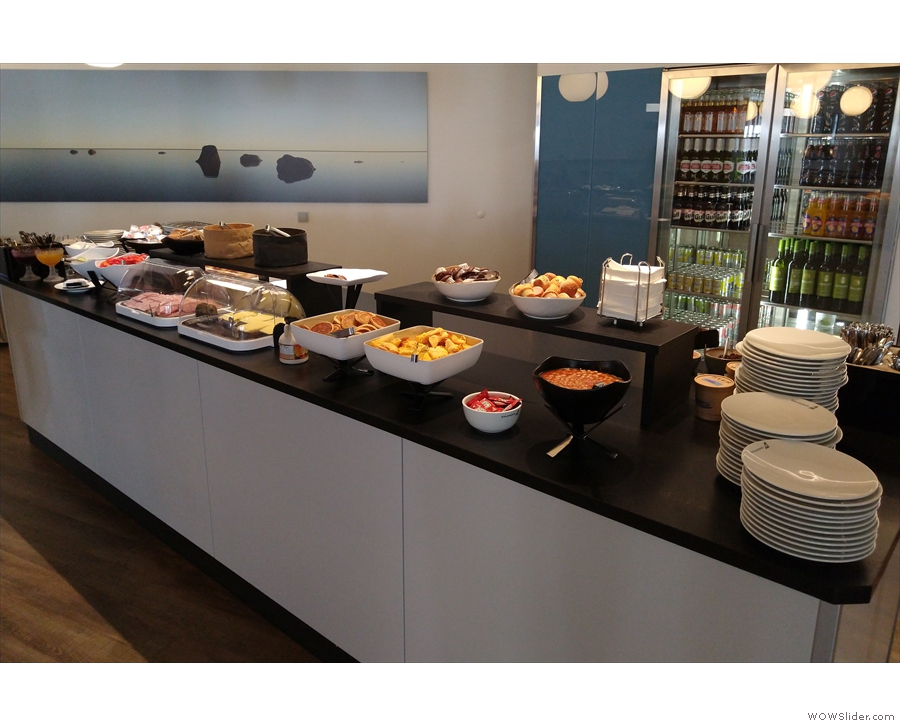
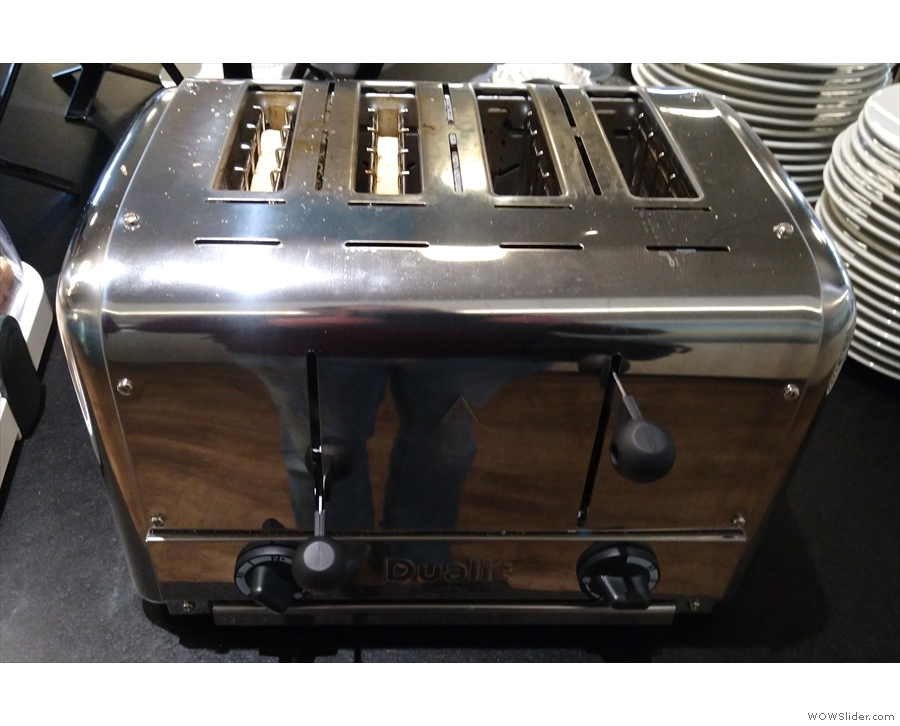
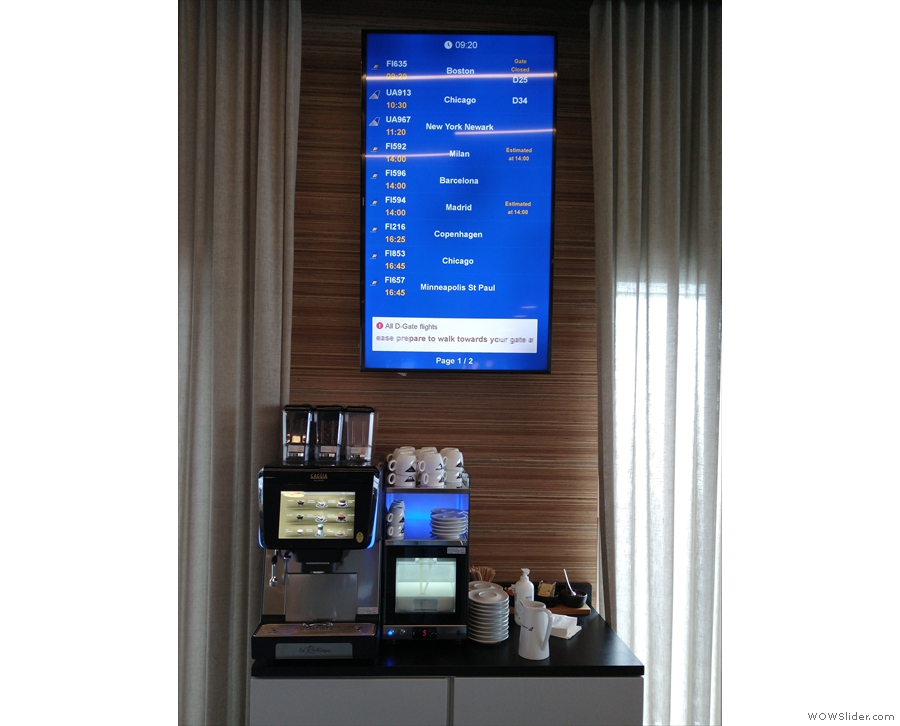
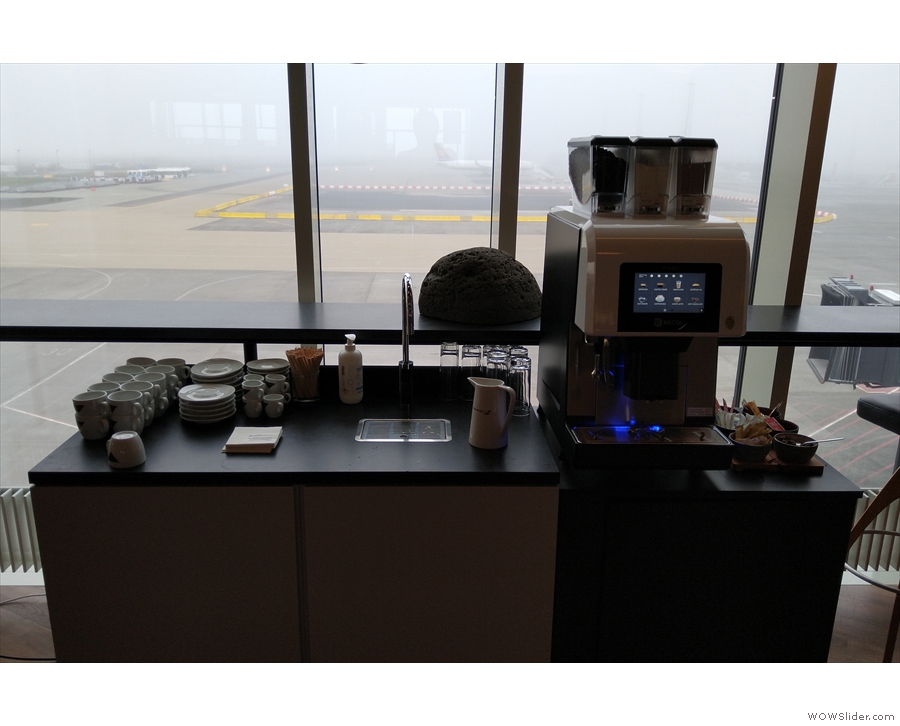
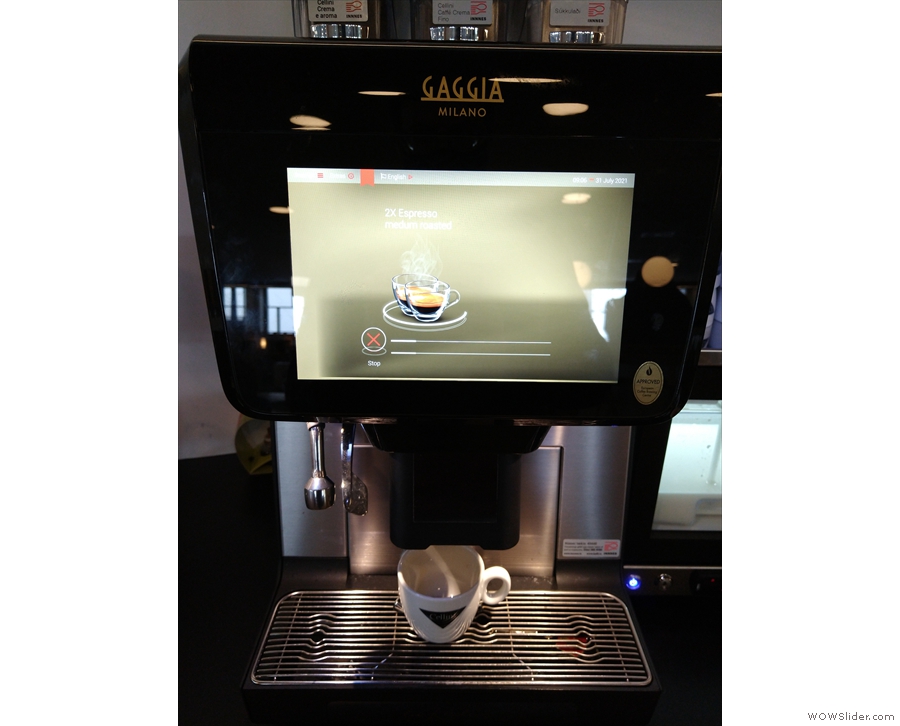
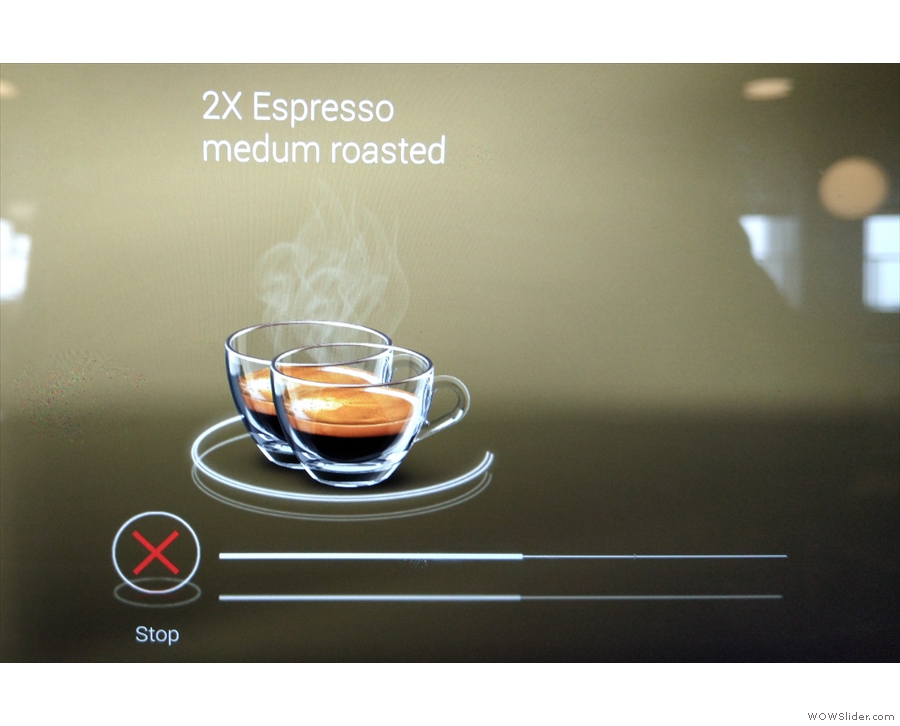
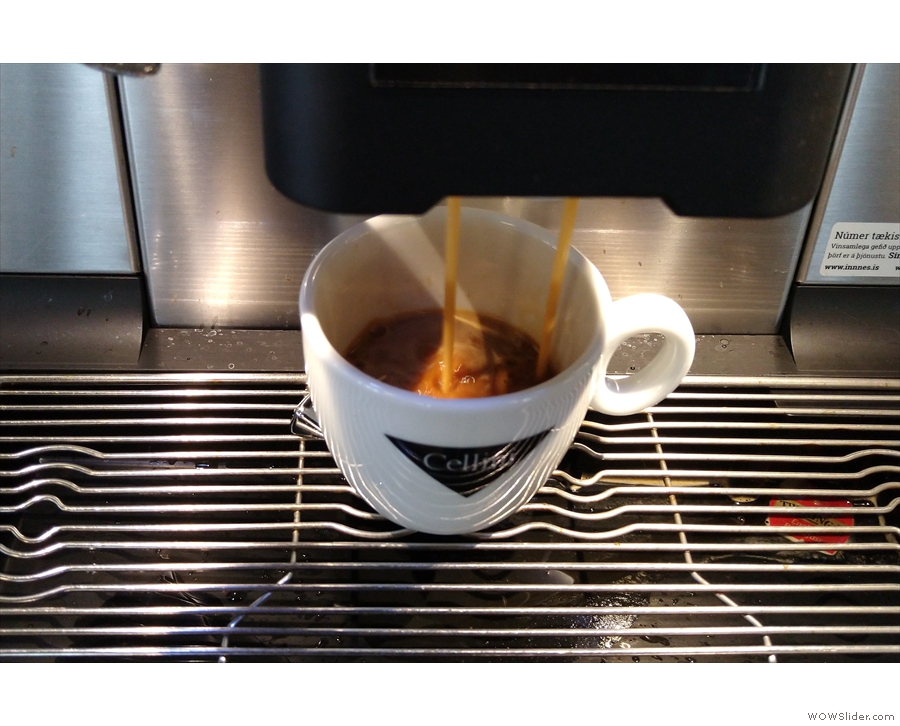
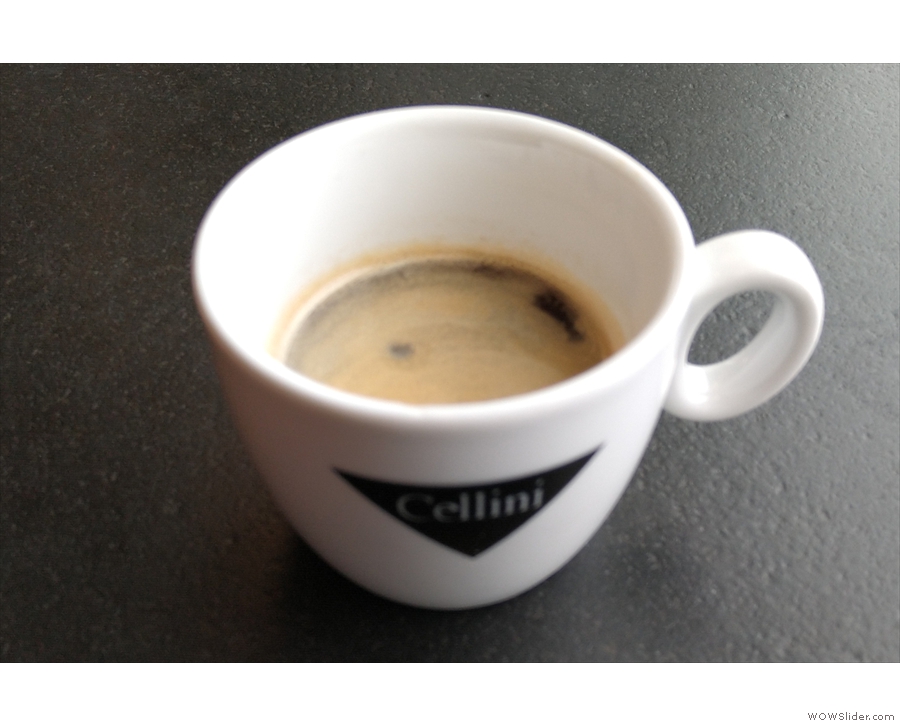
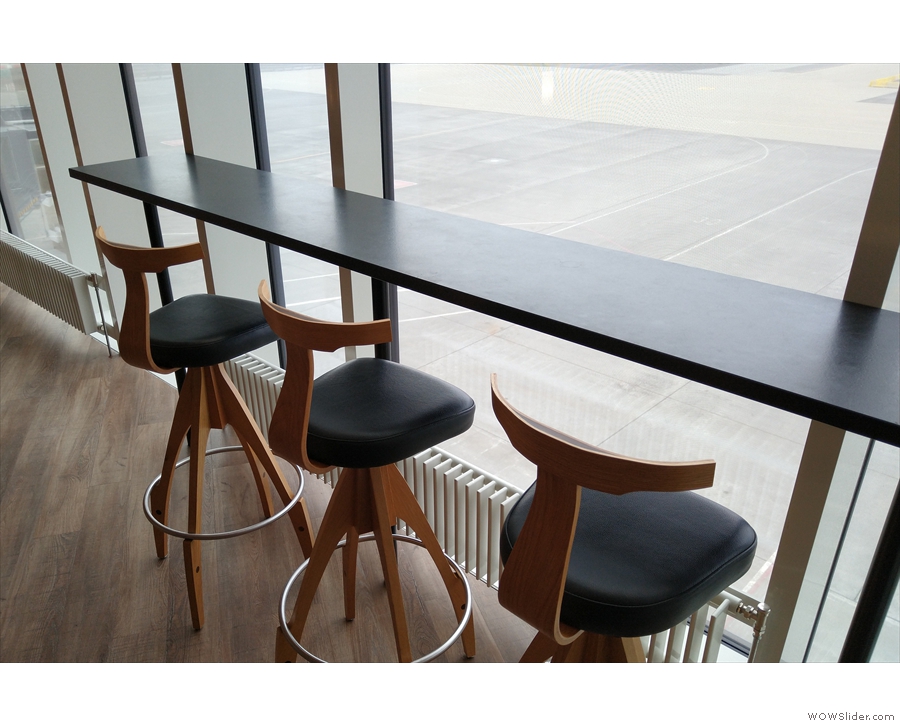
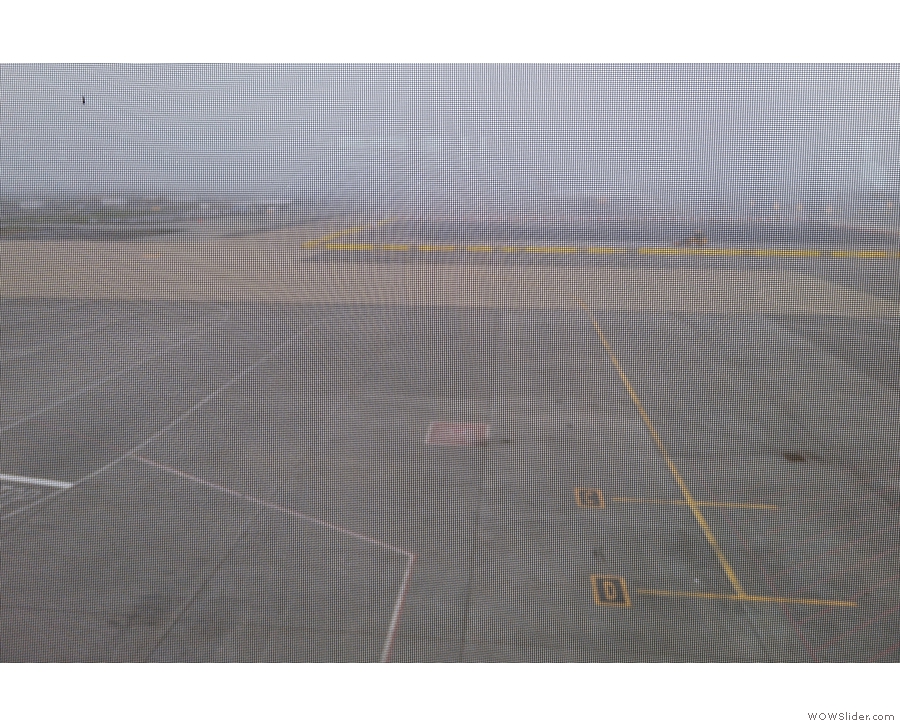
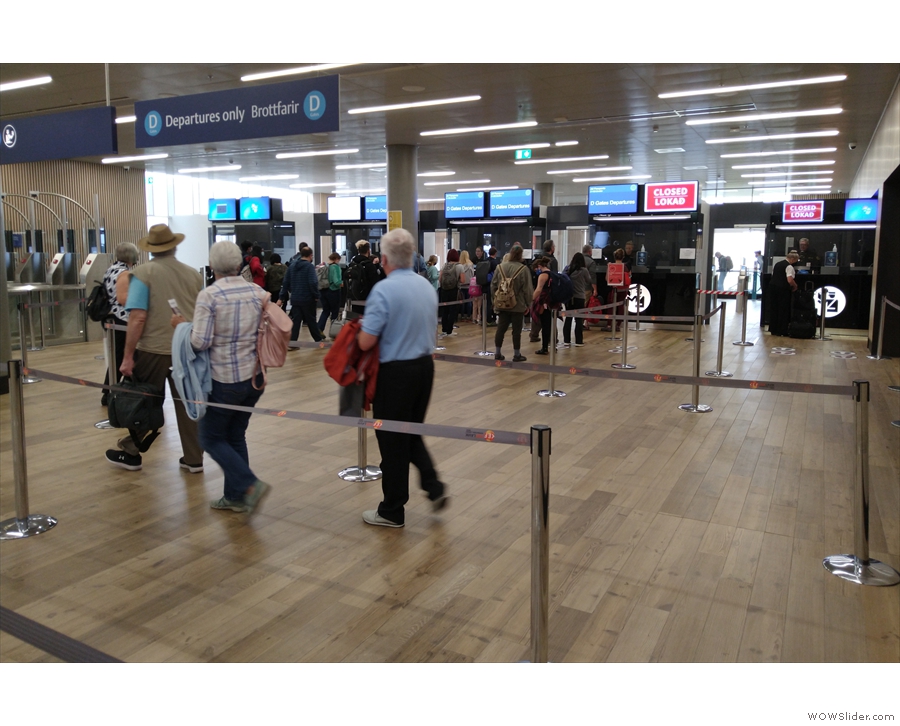
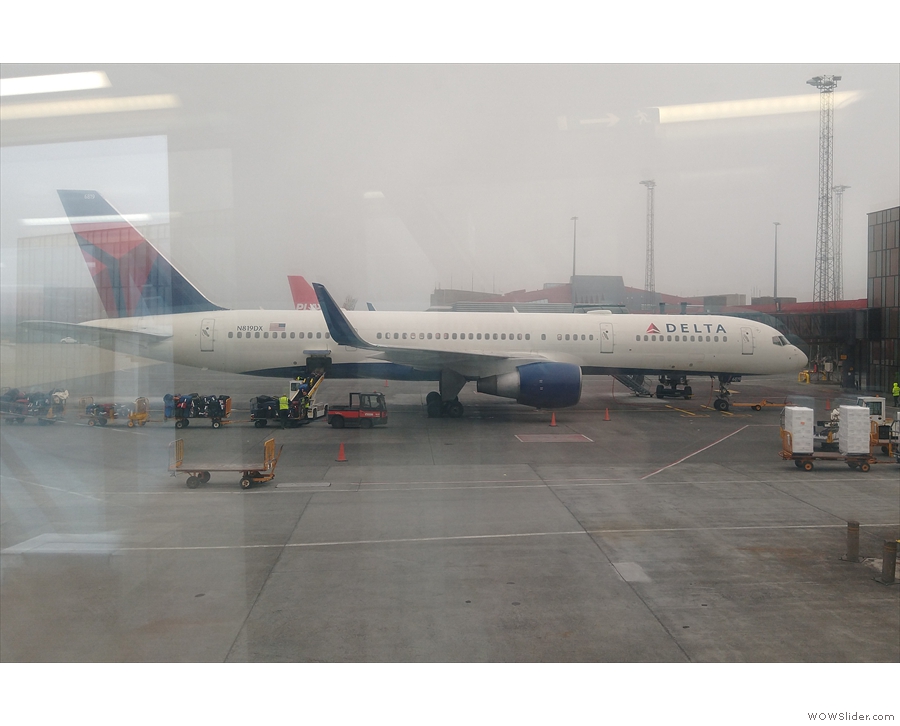
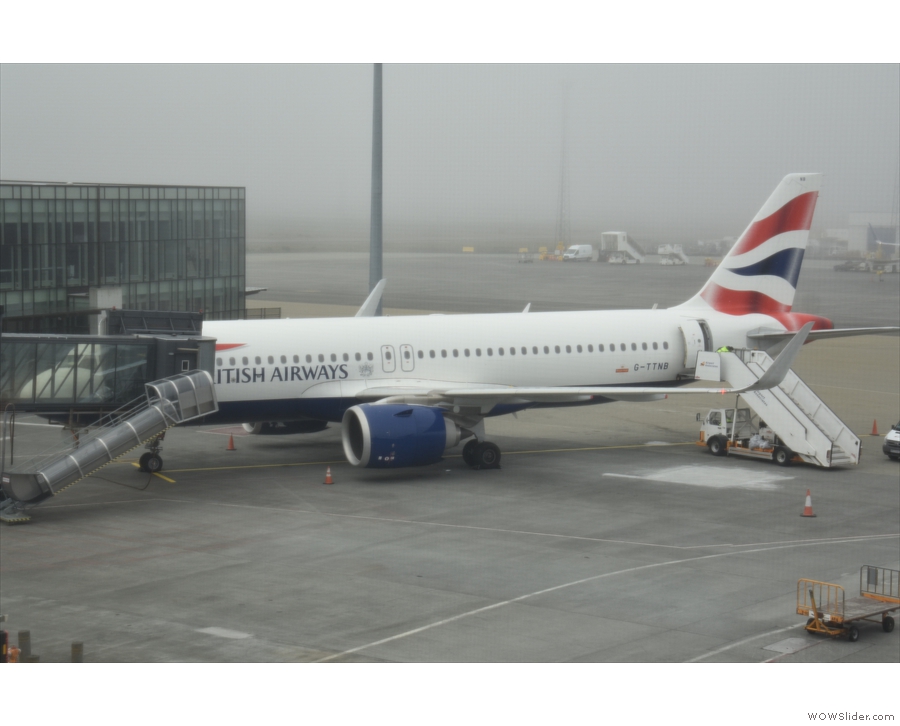
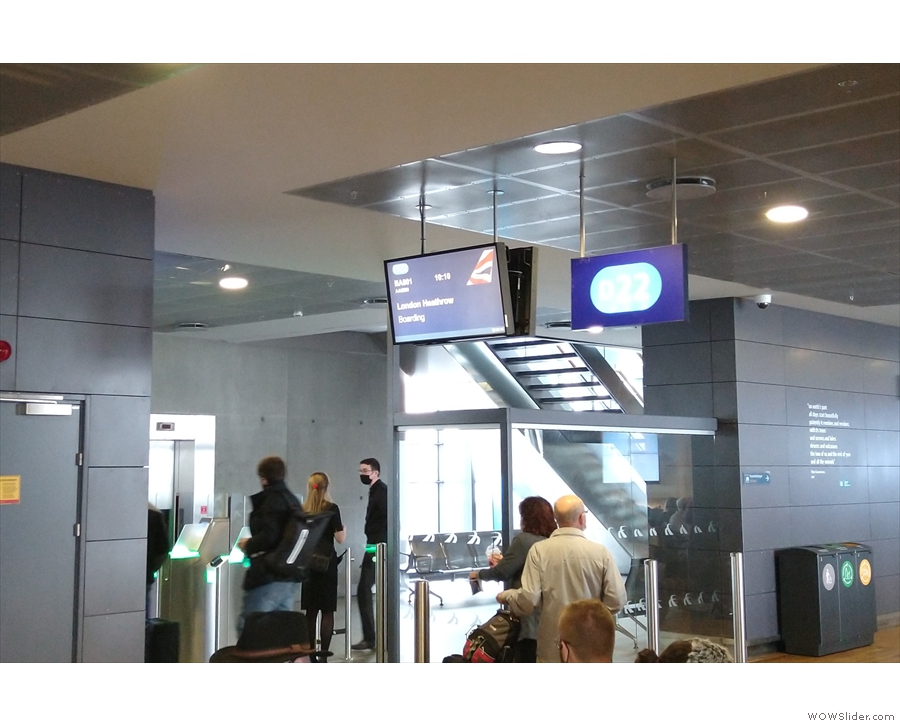
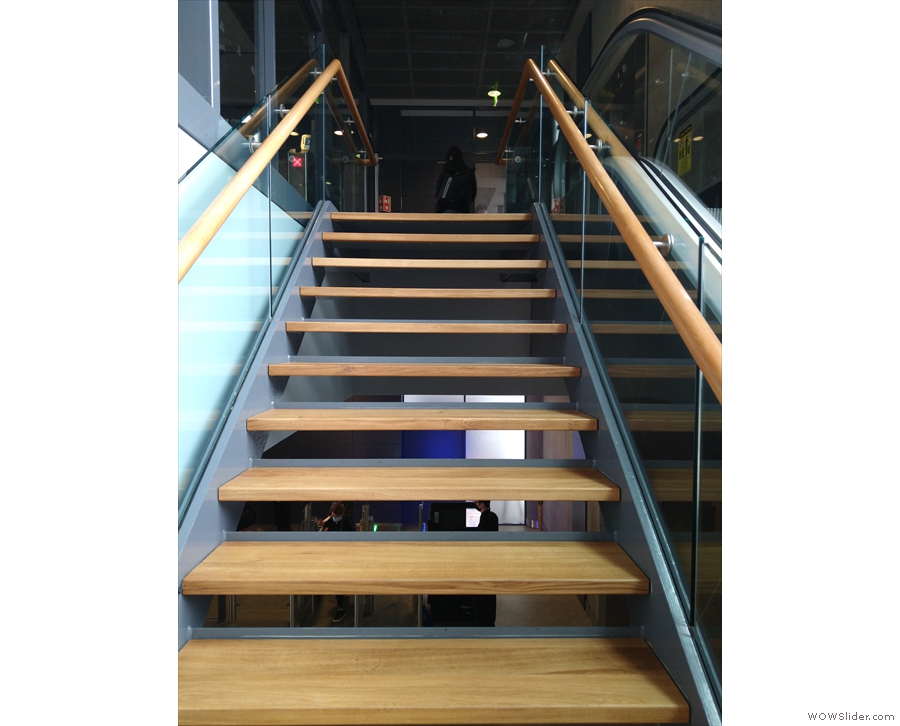
 1
1 2
2 3
3 4
4 5
5 6
6 7
7 8
8 9
9 10
10 11
11 12
12 13
13 14
14 15
15 16
16 17
17 18
18 19
19 20
20 21
21 22
22 23
23 24
24 25
25 26
26 27
27 28
28 29
29
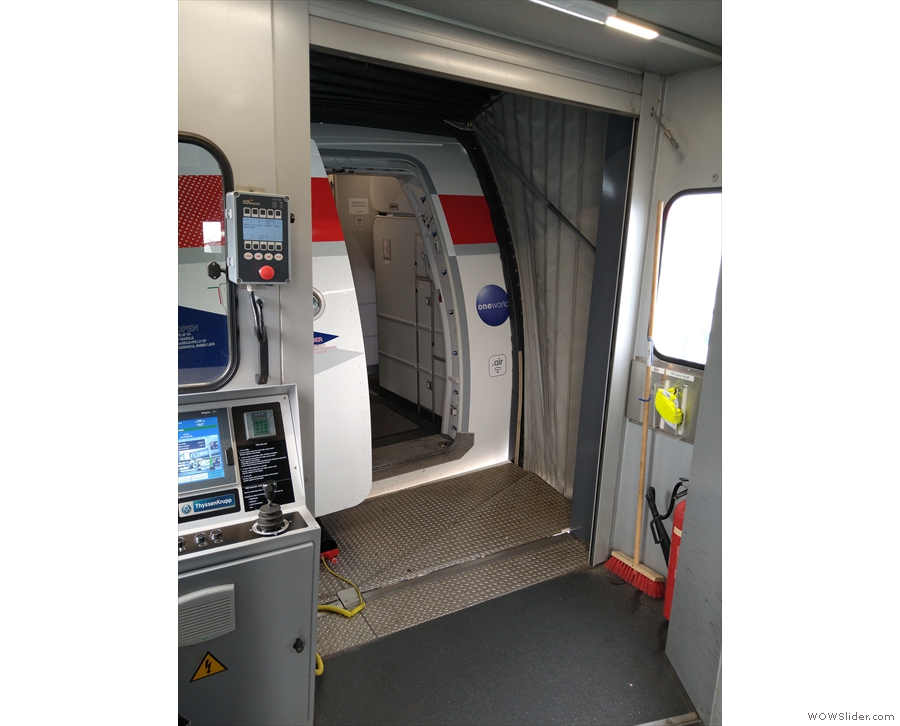
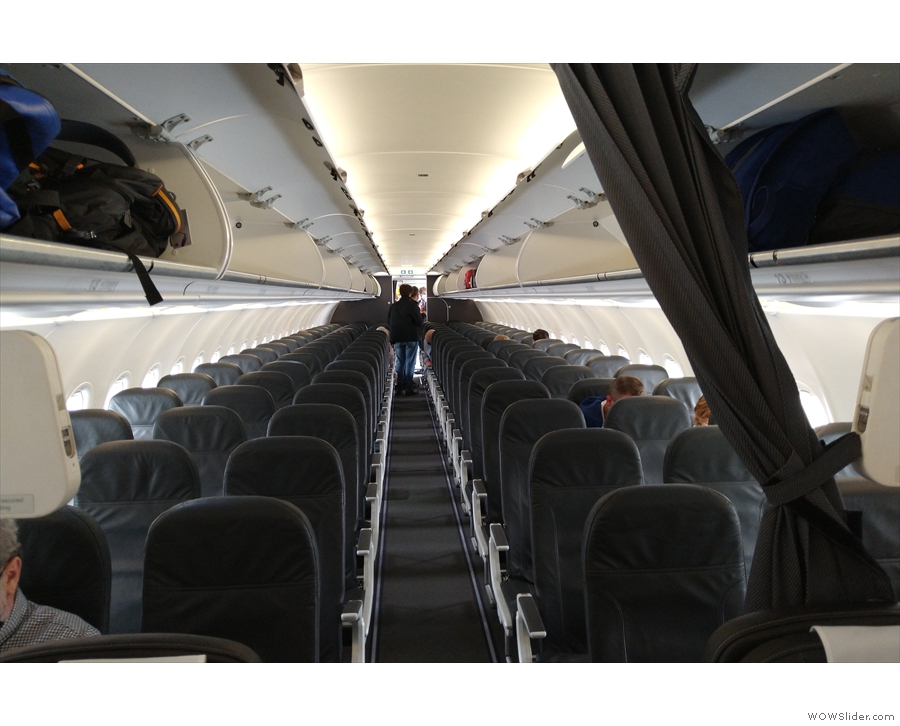
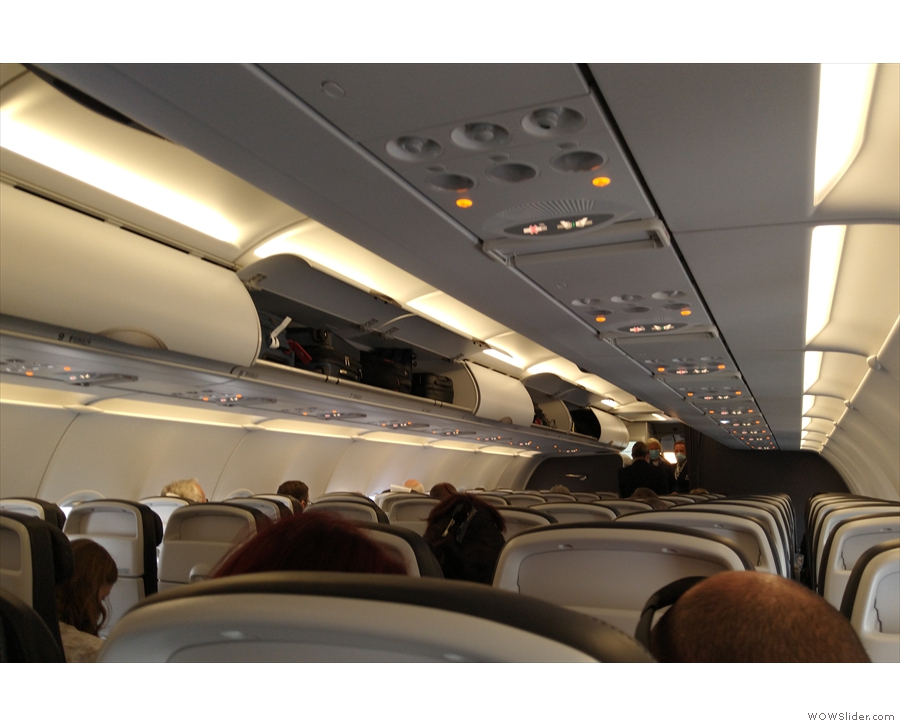
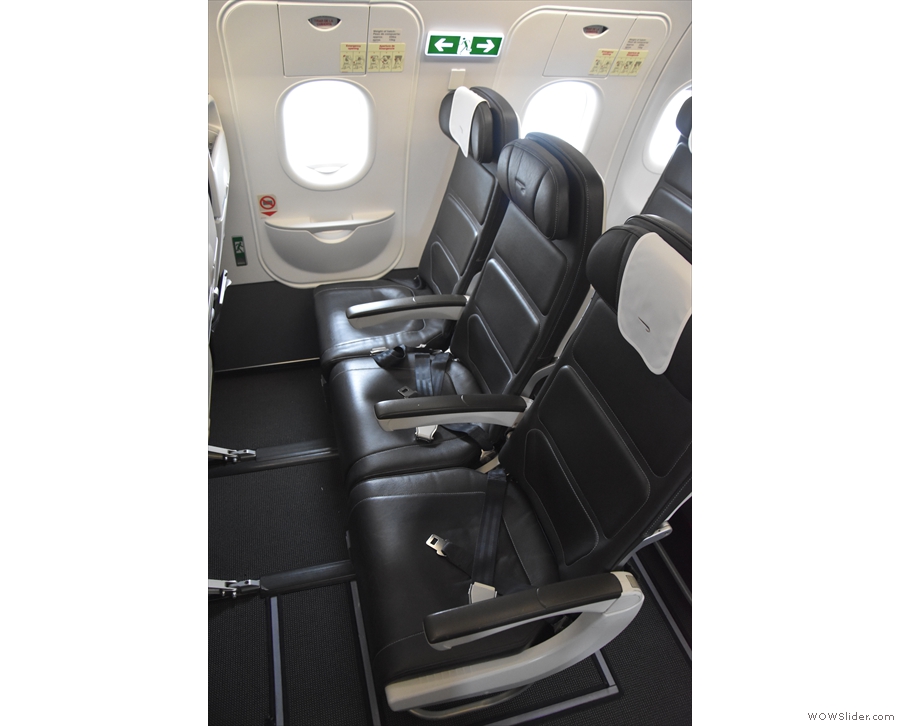
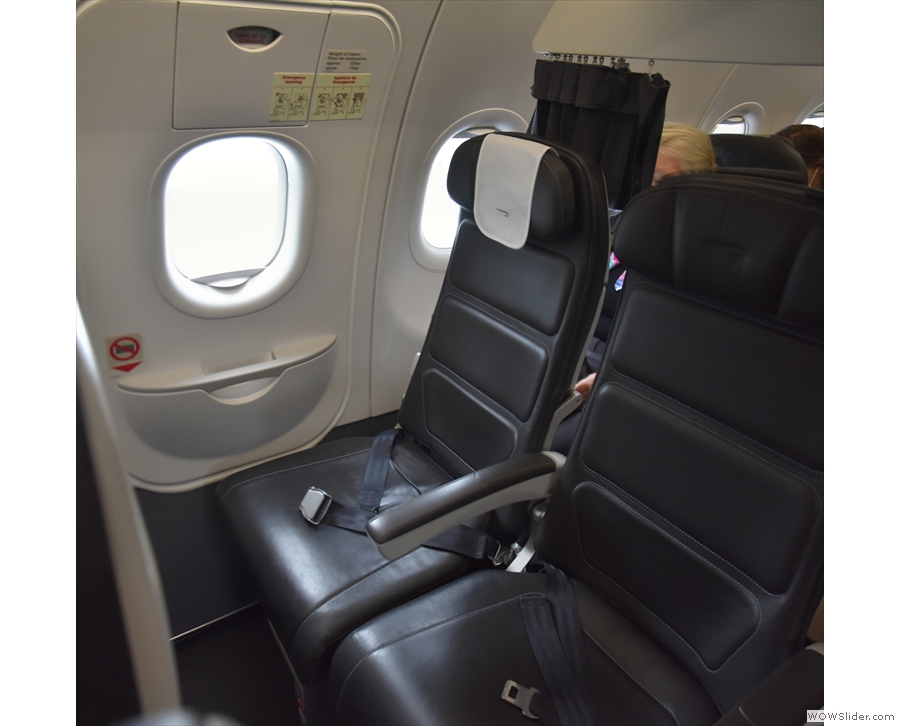
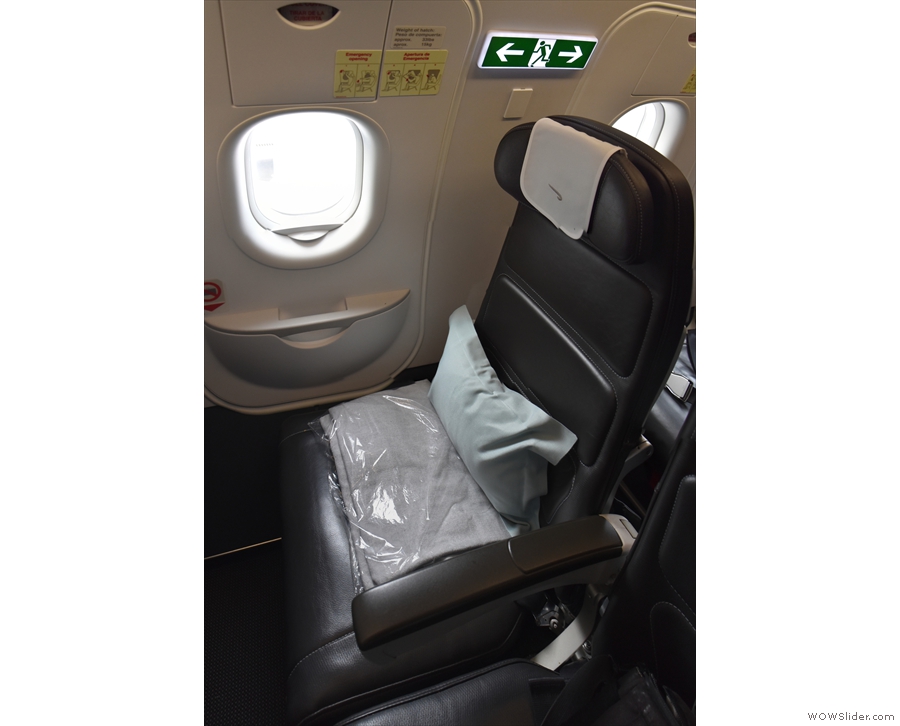
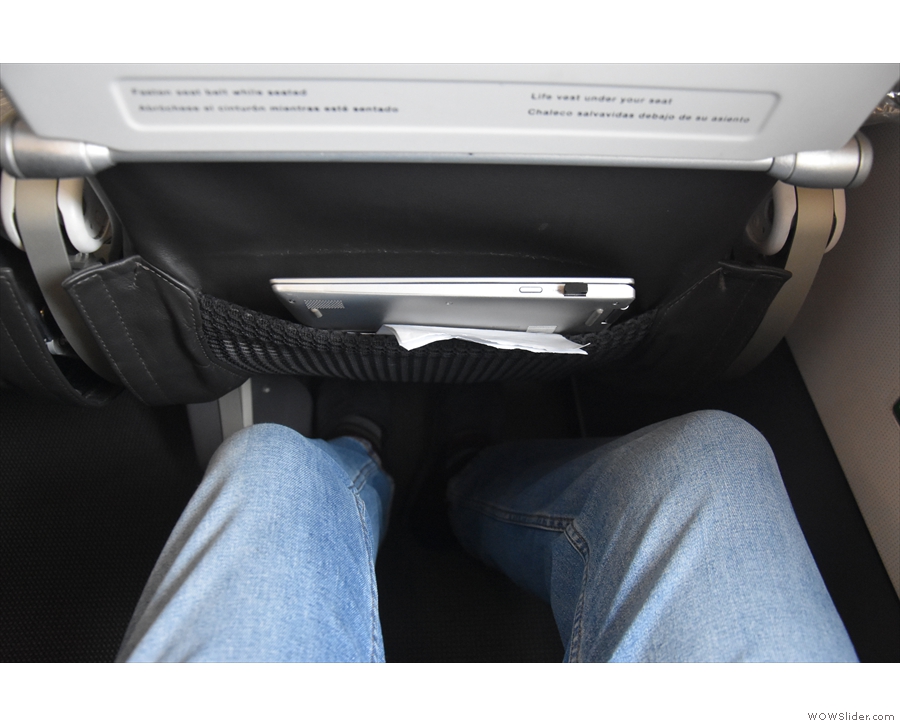
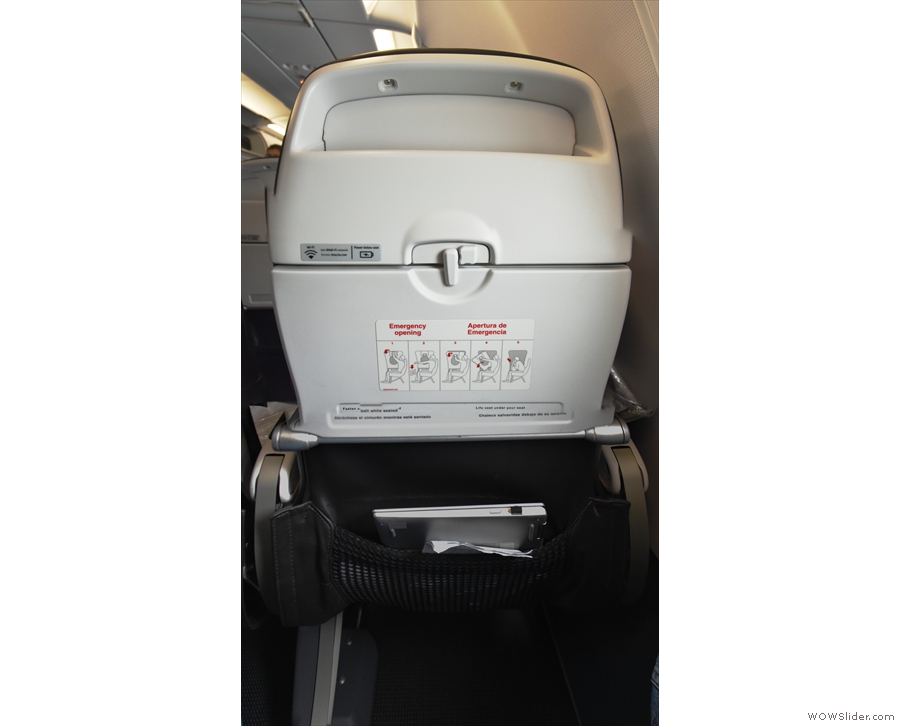
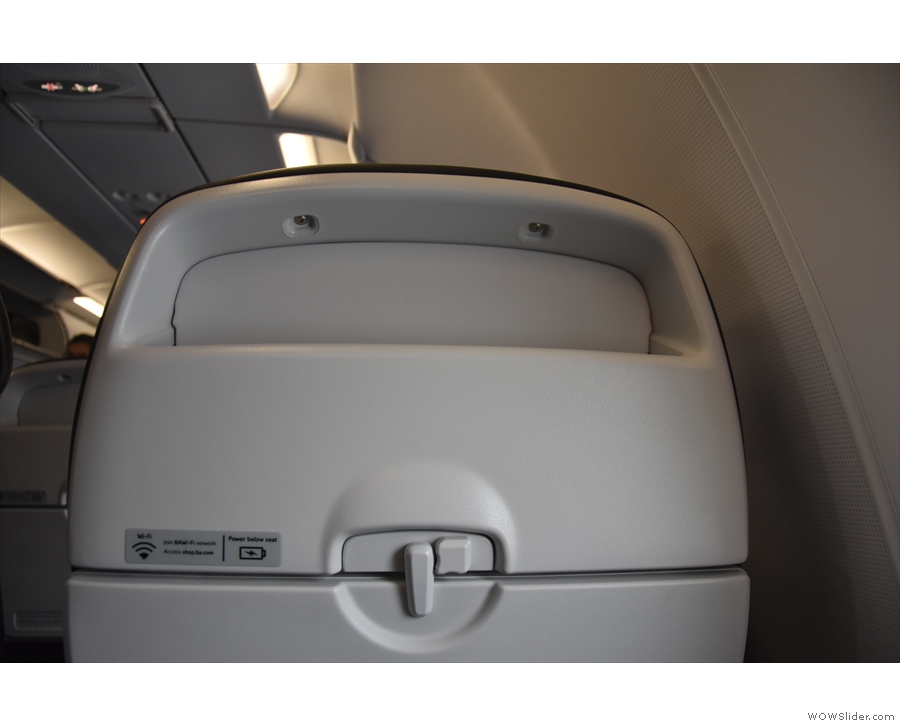
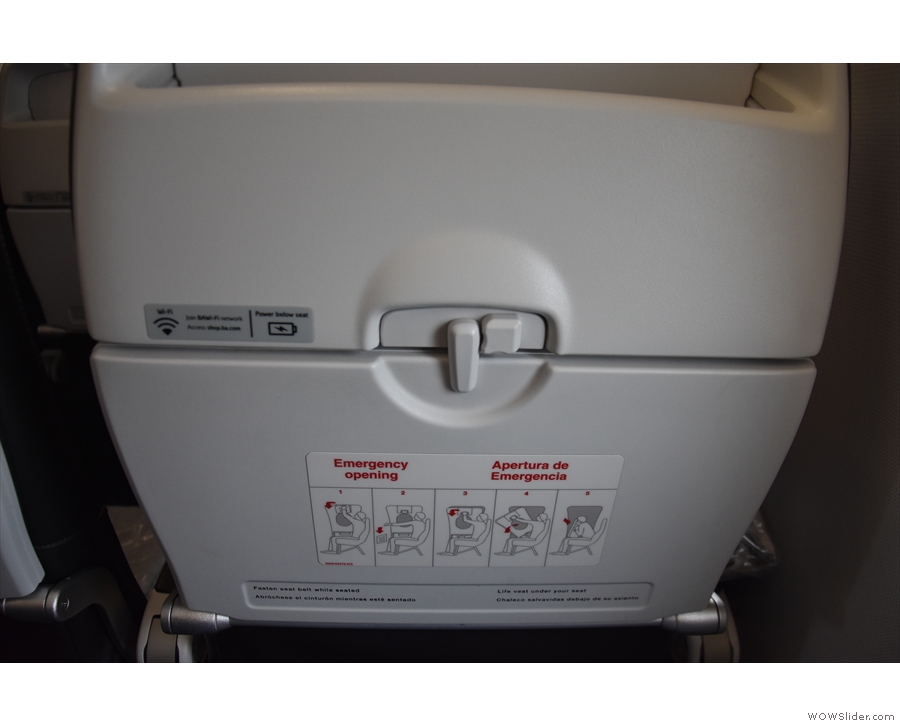
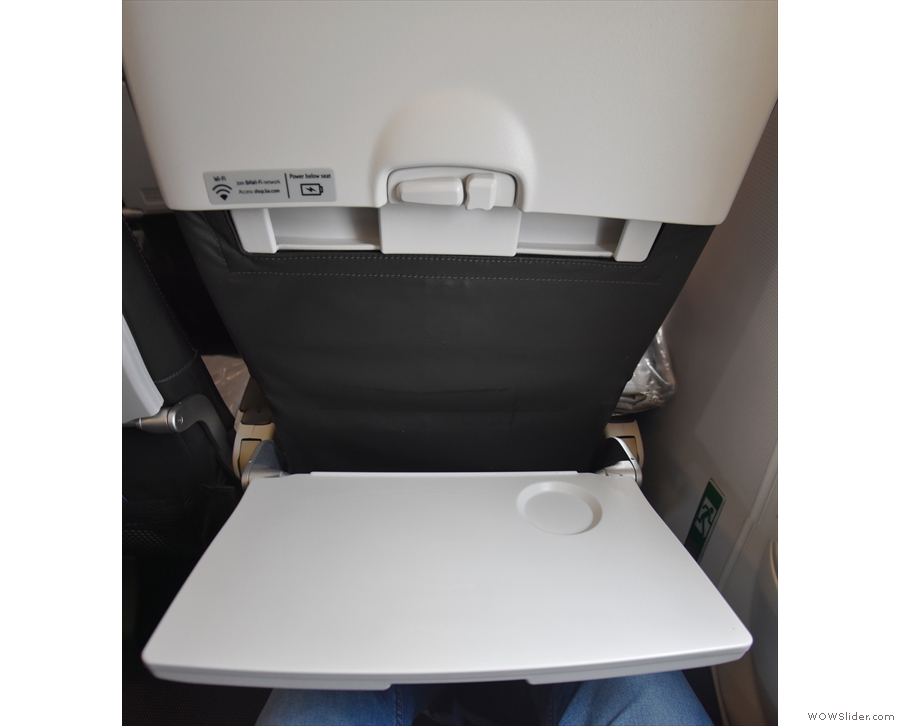
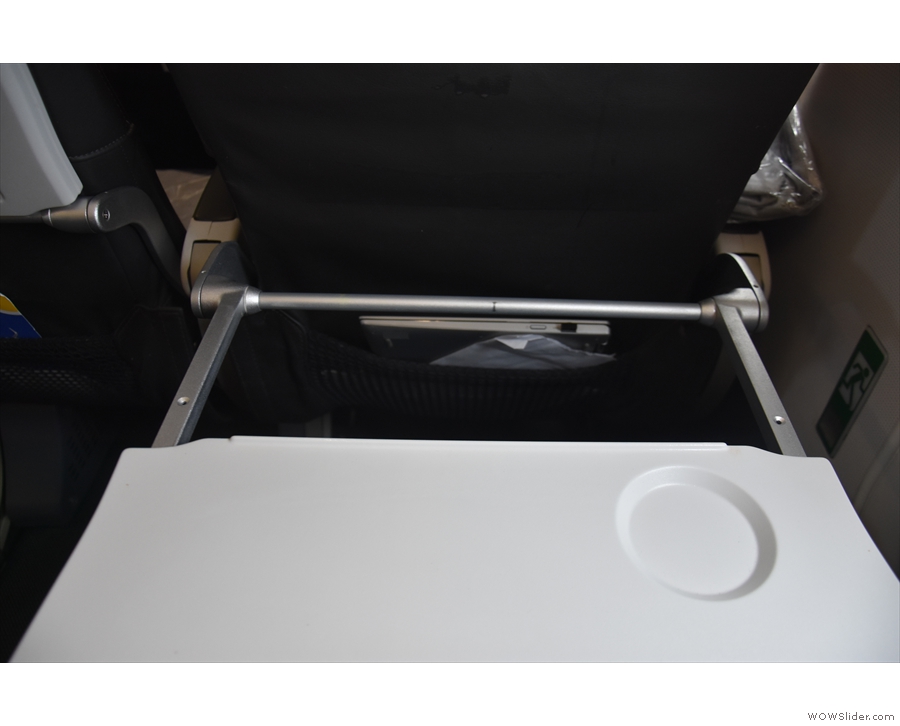
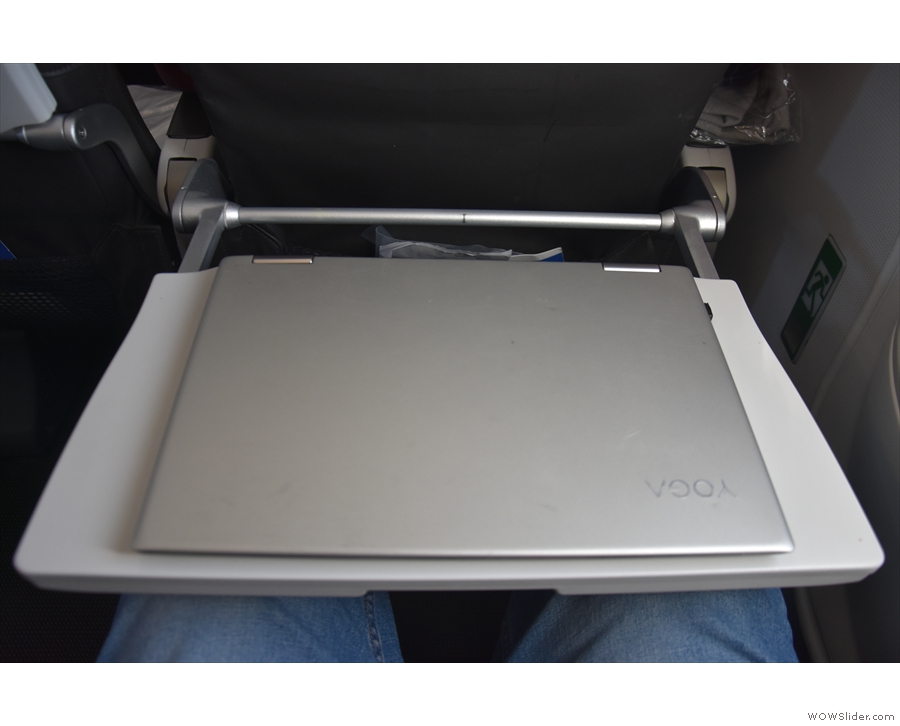
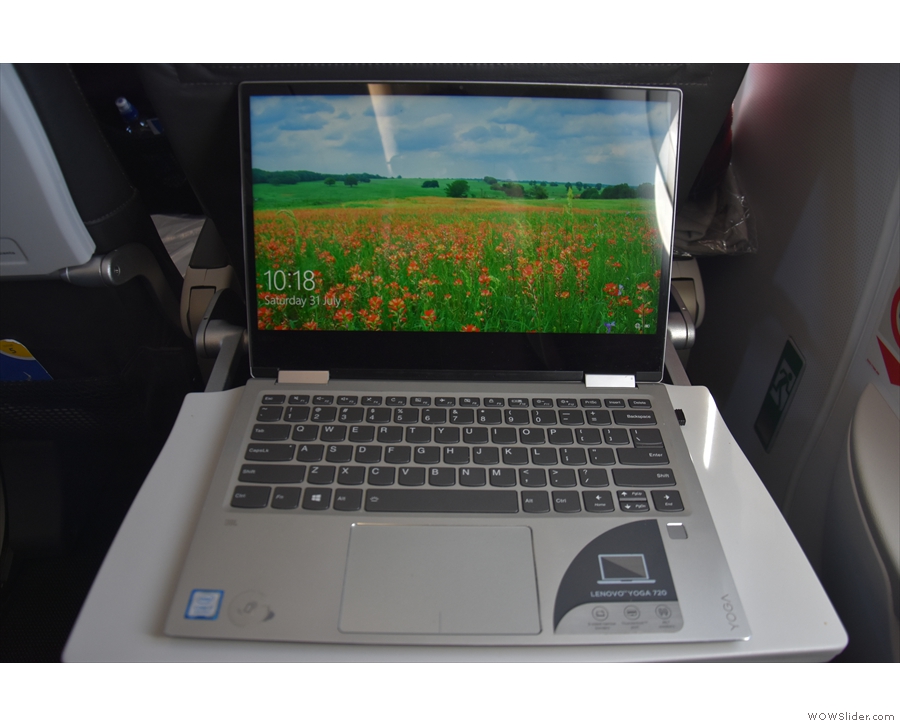
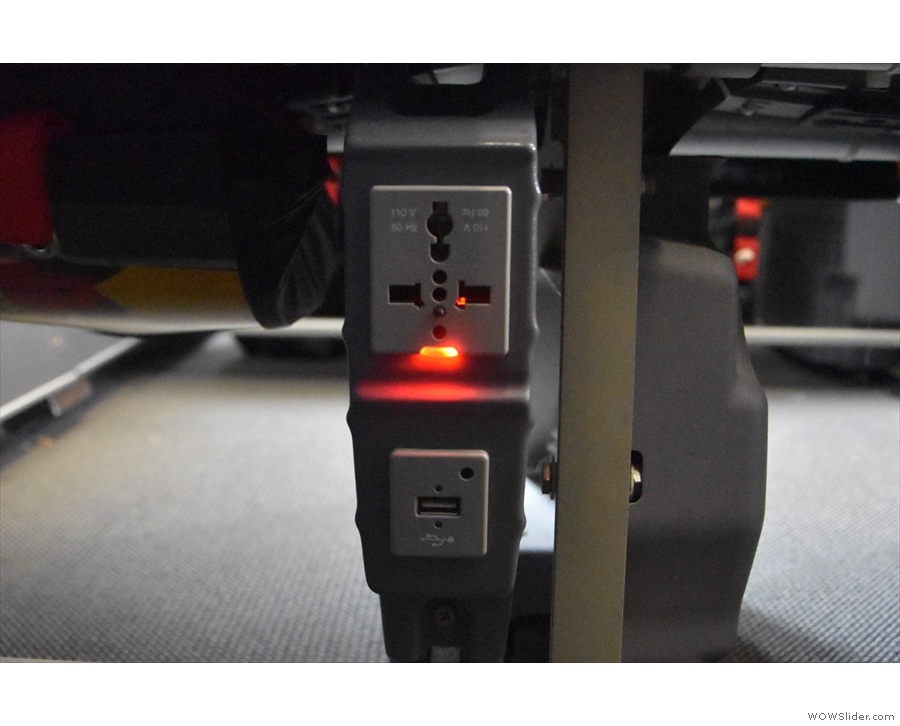
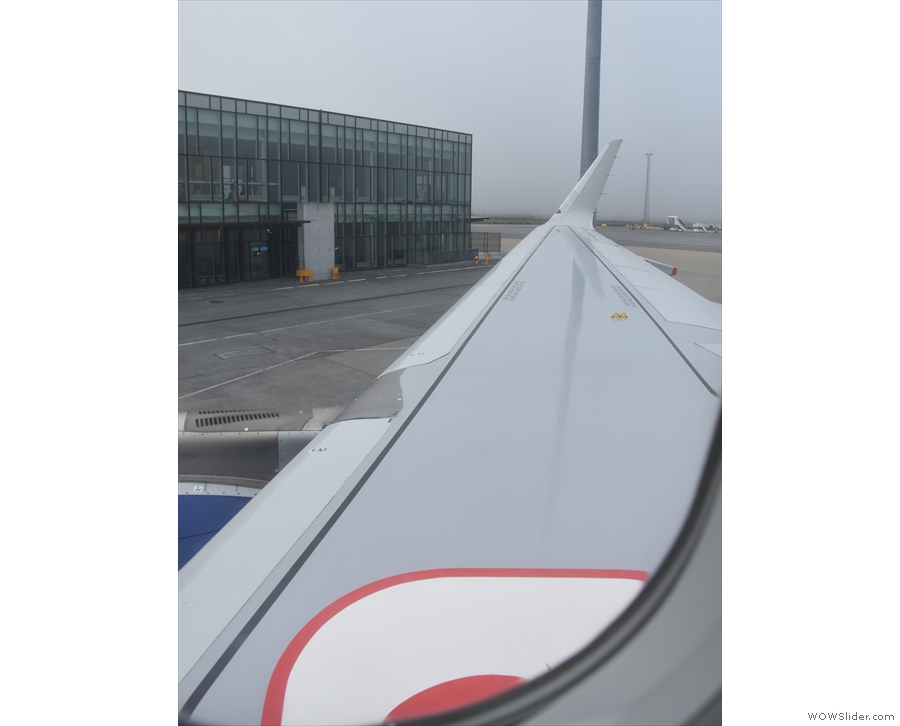
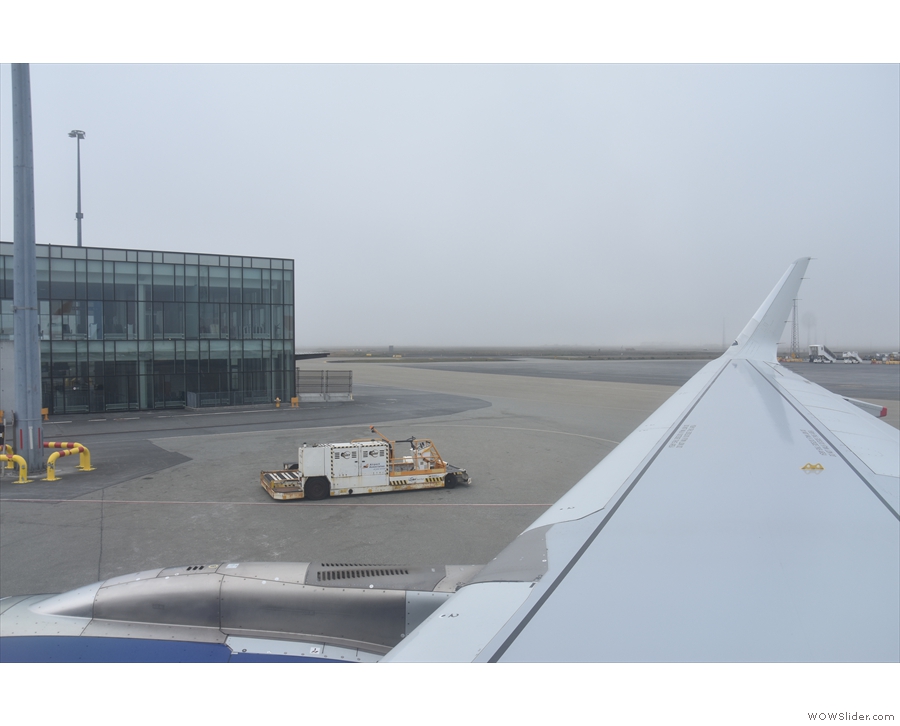
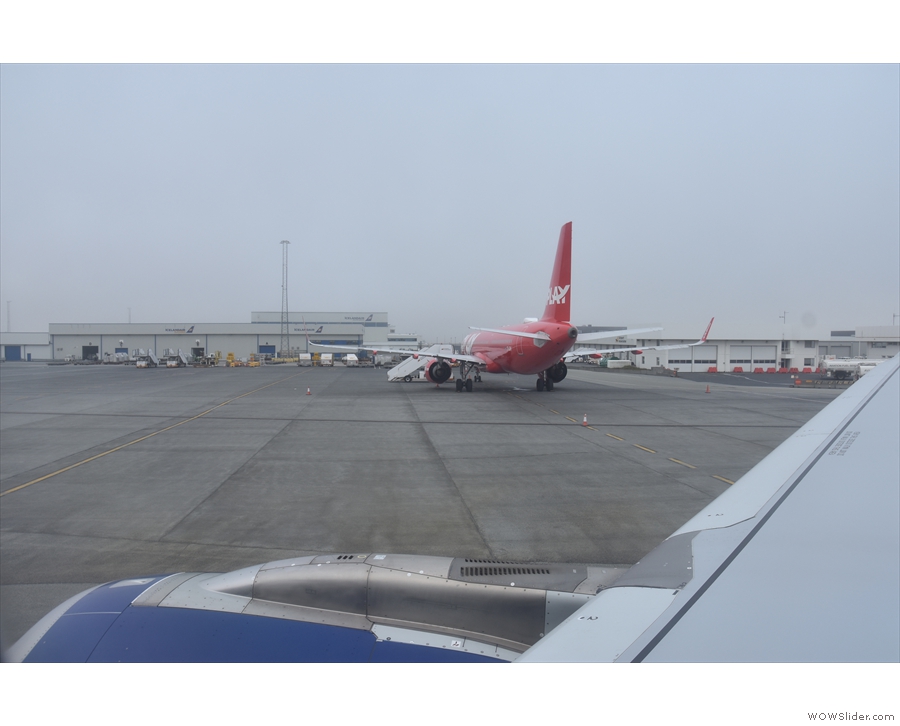
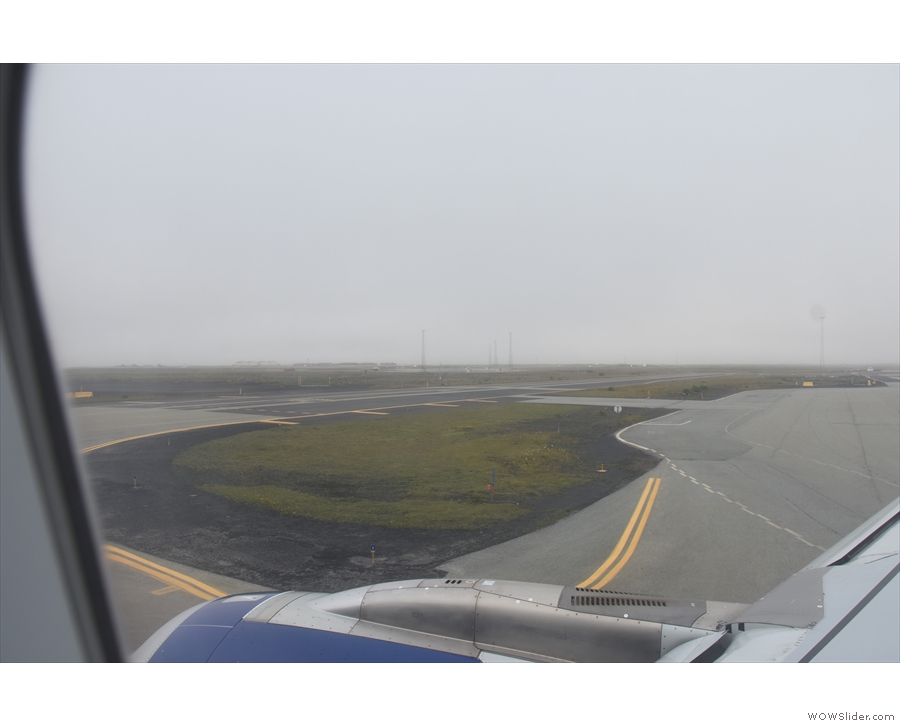
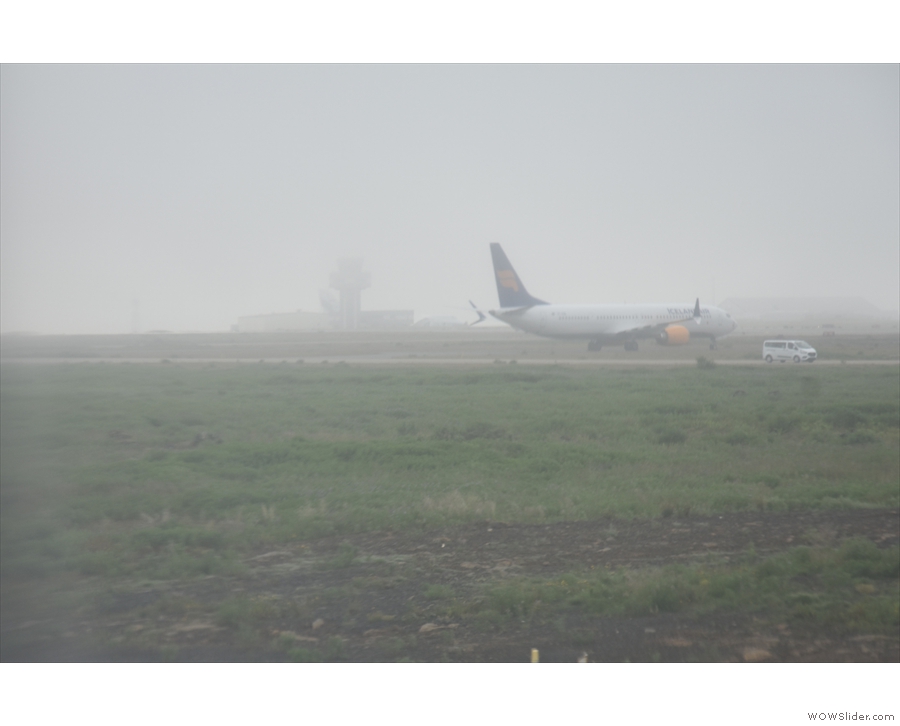
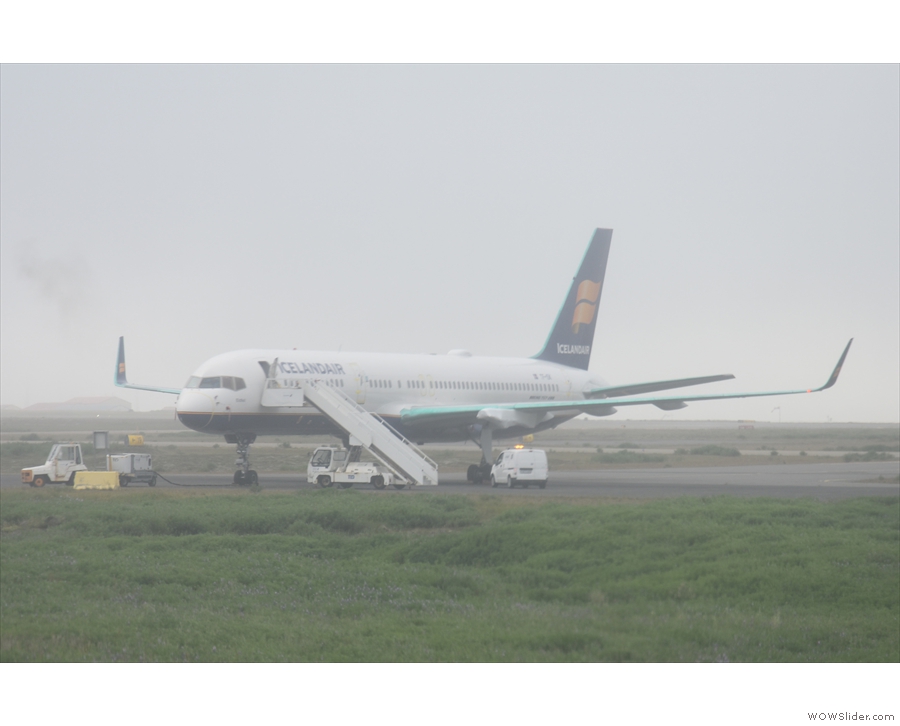
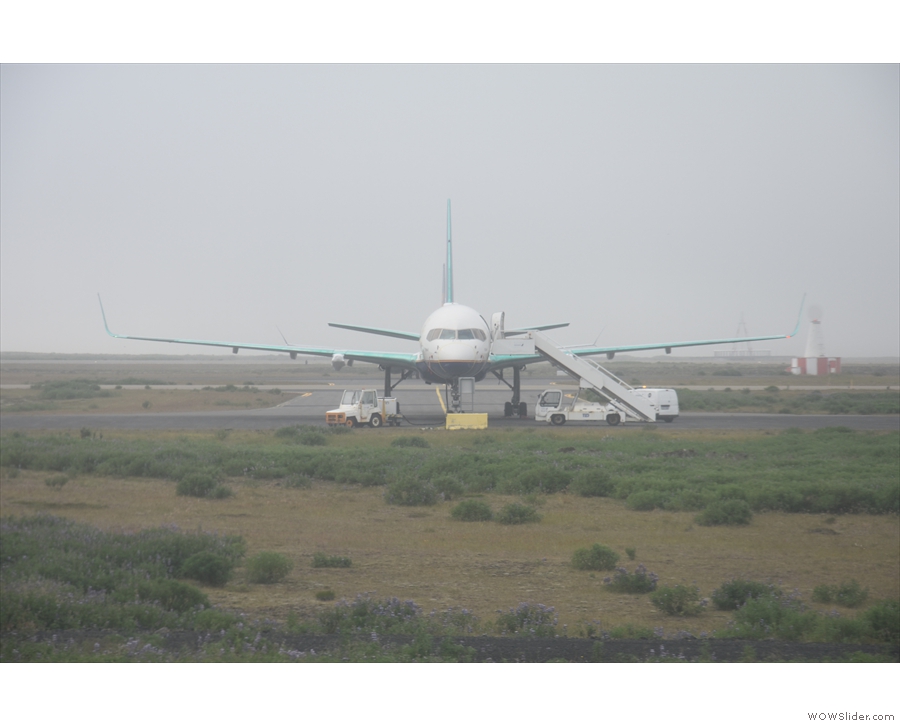
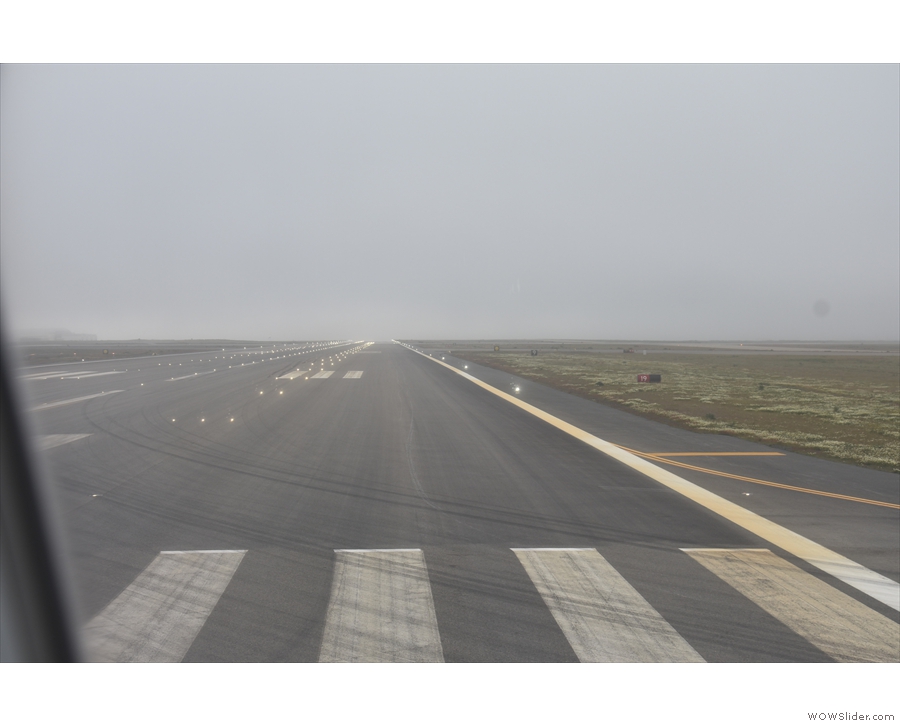
 1
1 2
2 3
3 4
4 5
5 6
6 7
7 8
8 9
9 10
10 11
11 12
12 13
13 14
14 15
15 16
16 17
17 18
18 19
19 20
20 21
21 22
22 23
23 24
24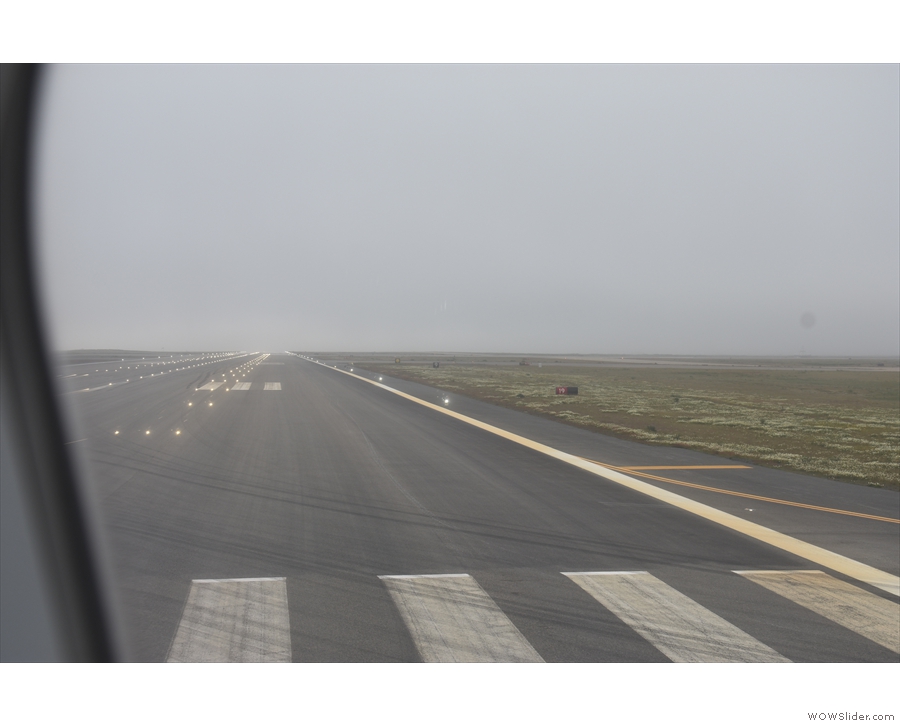
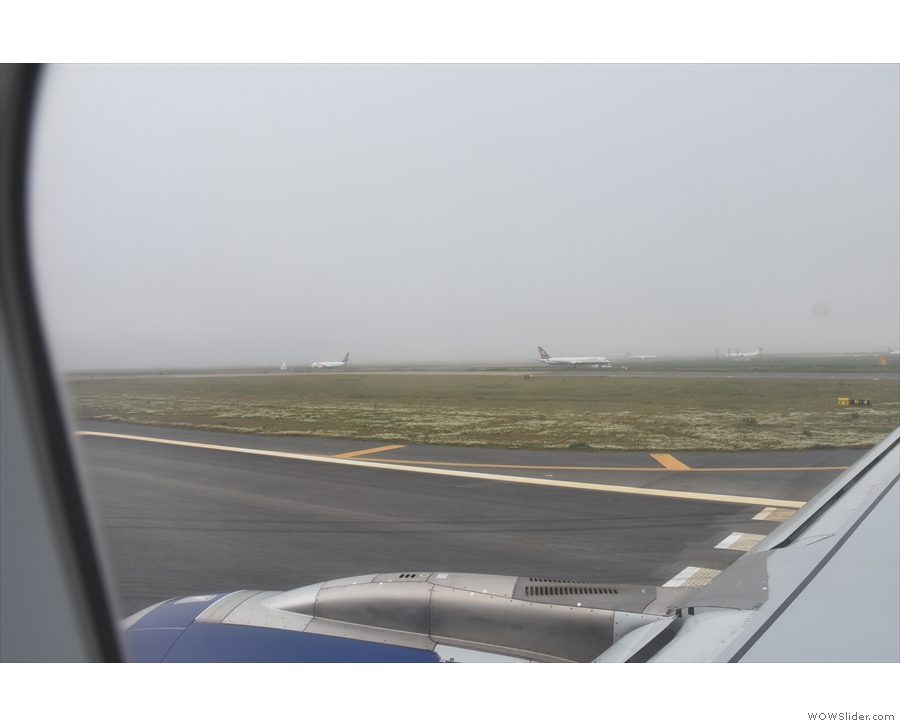
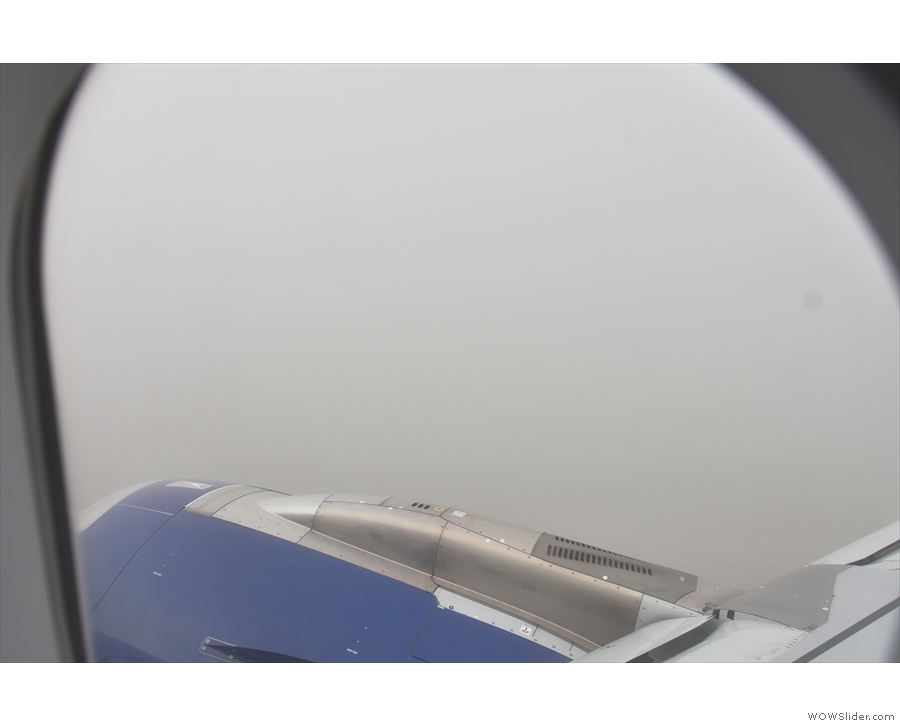
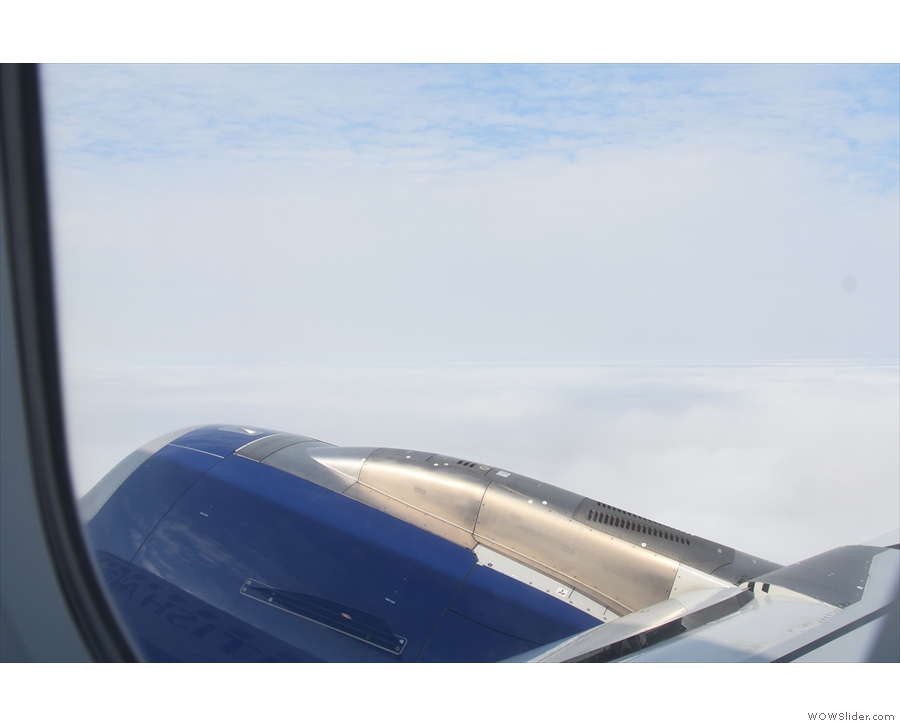
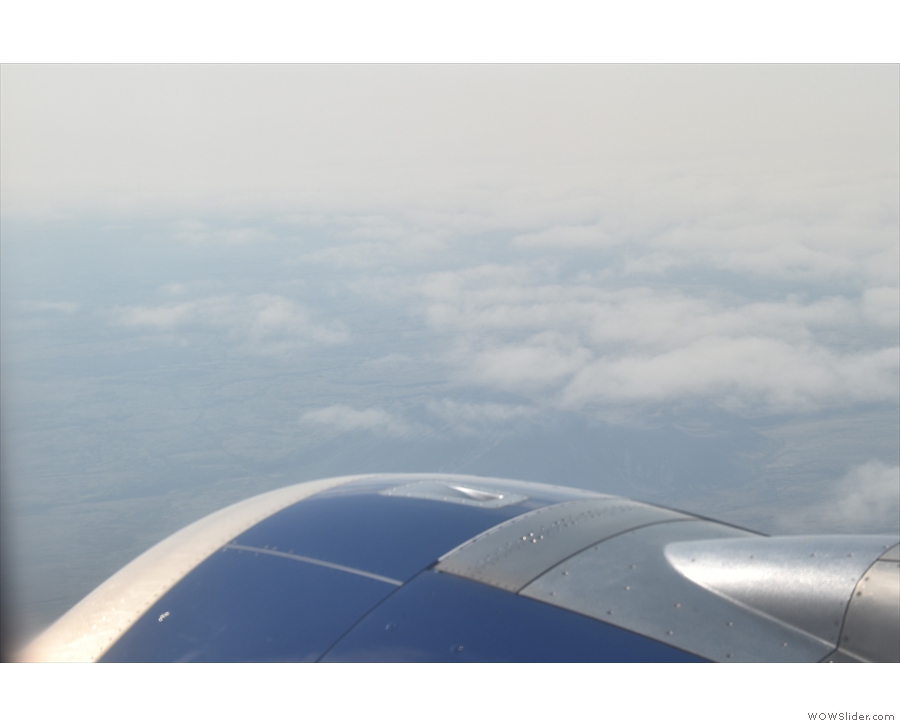
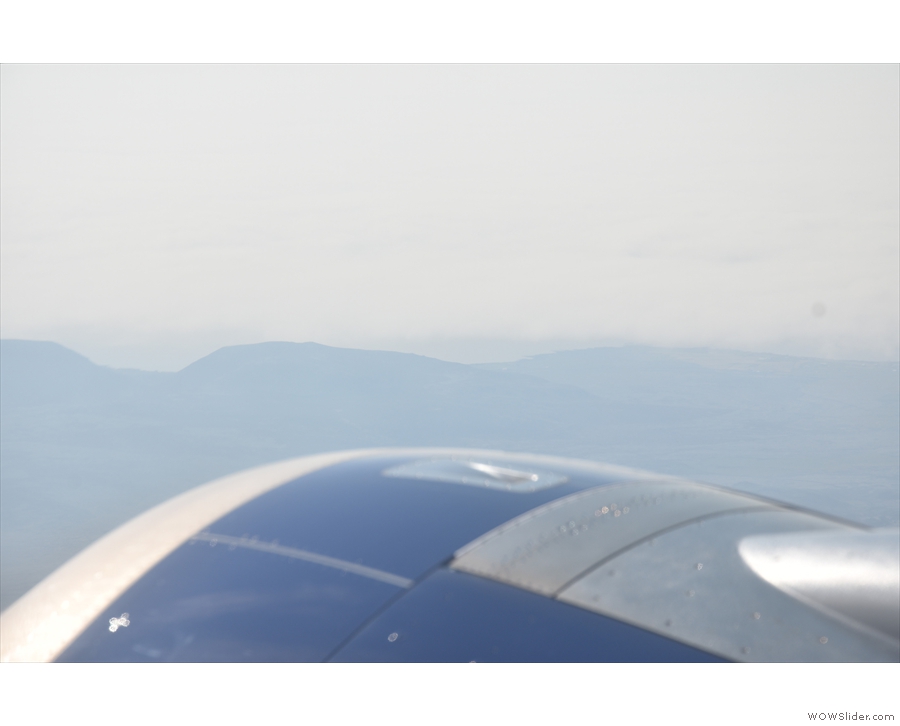
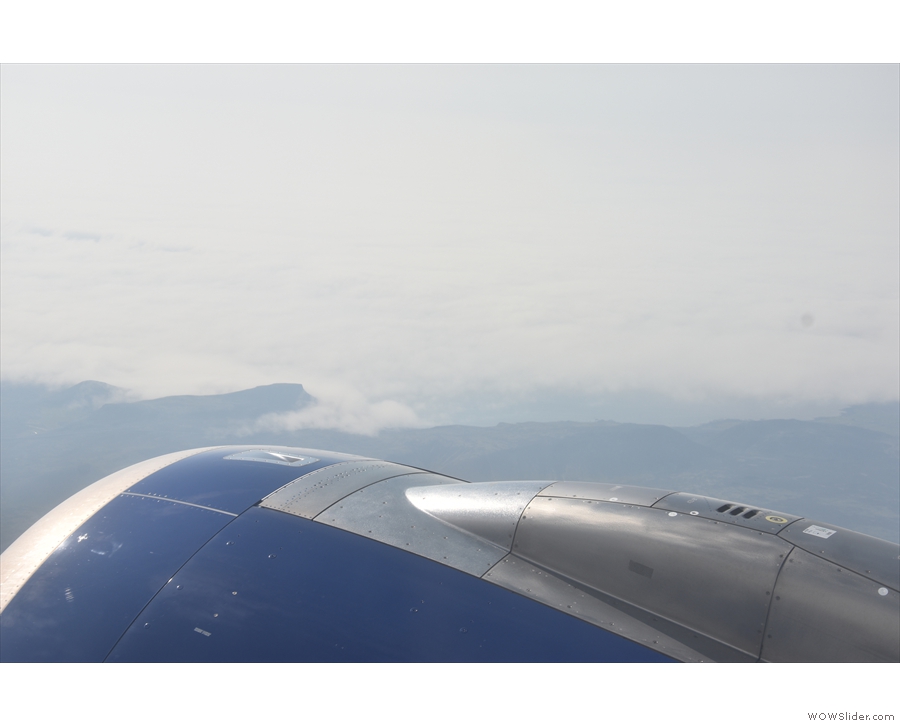
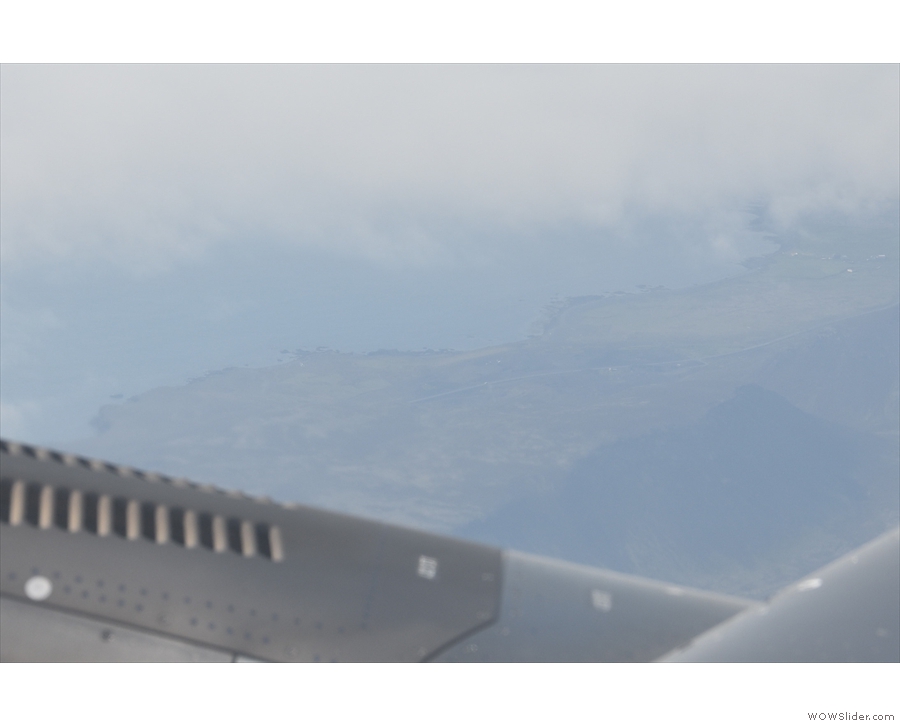
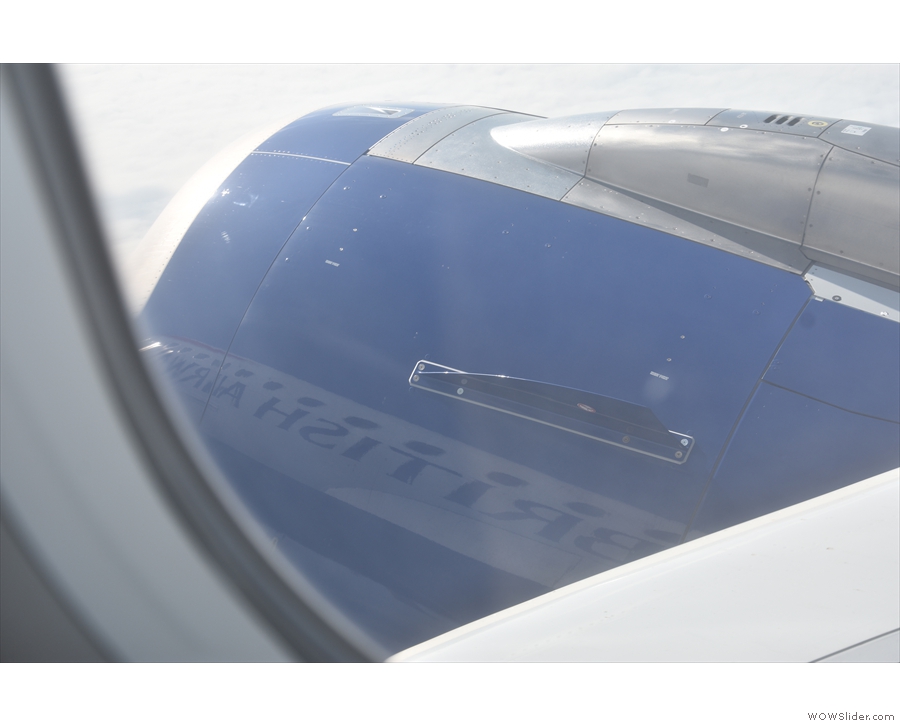
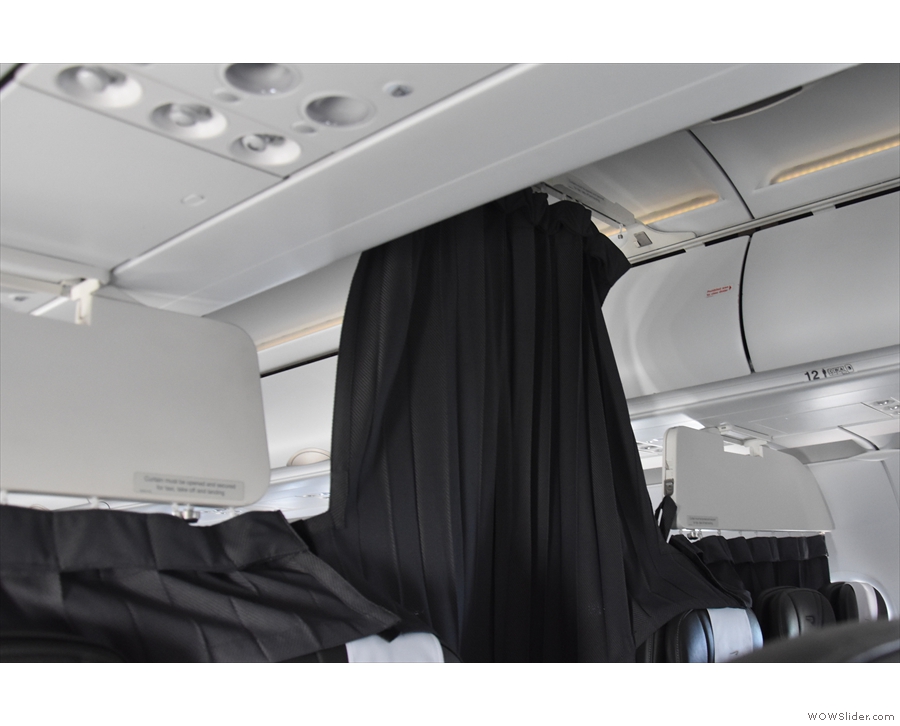
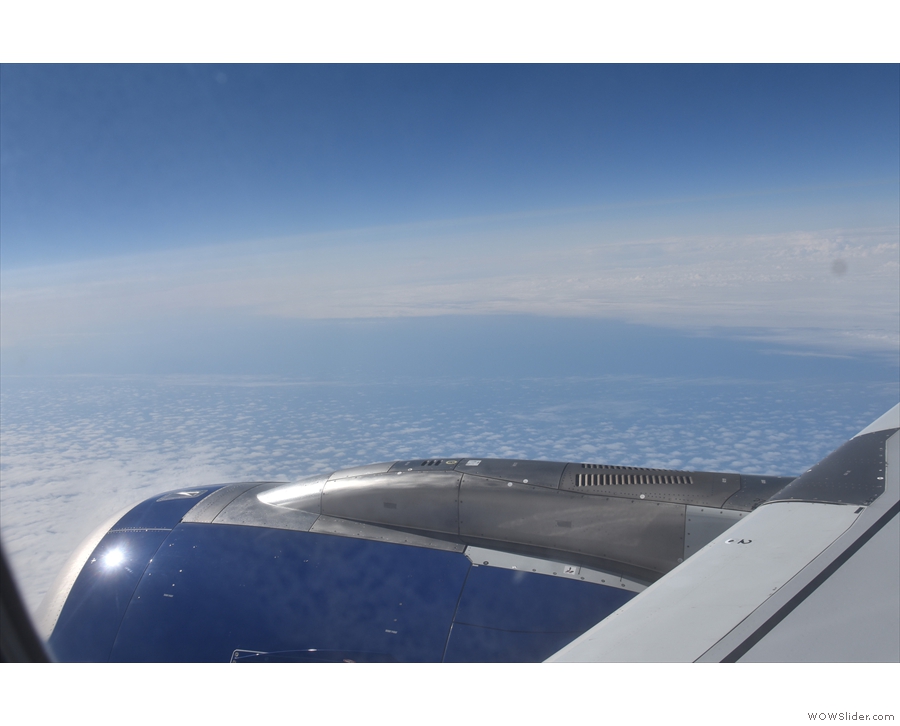
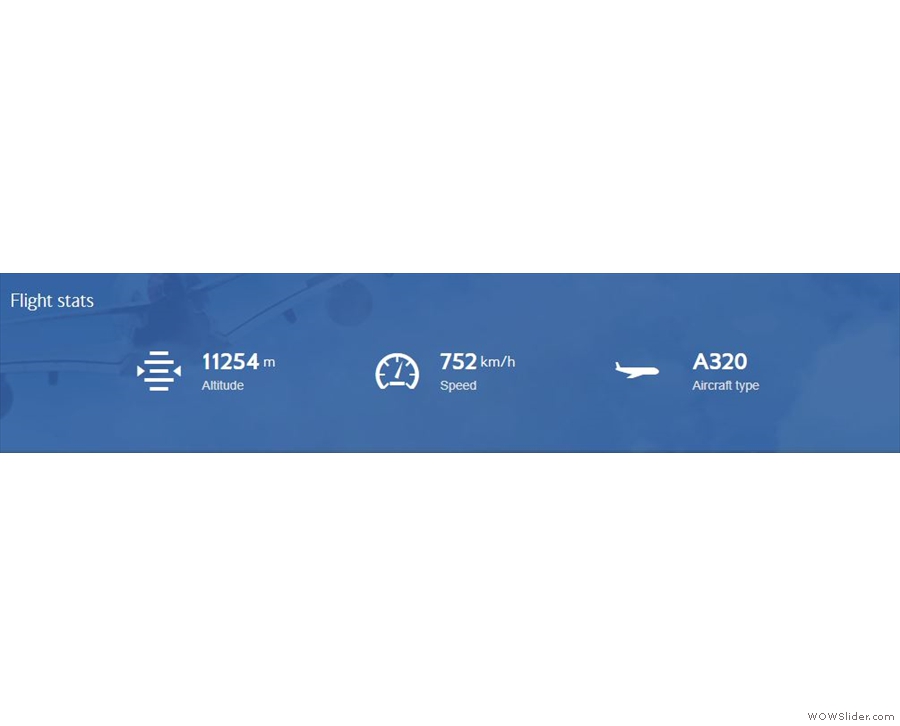
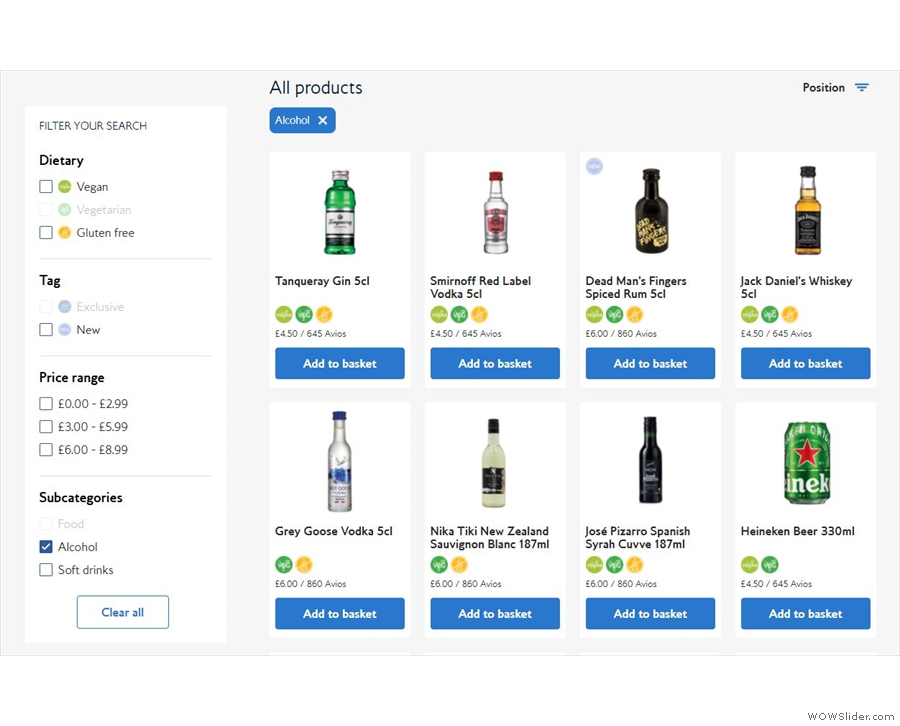
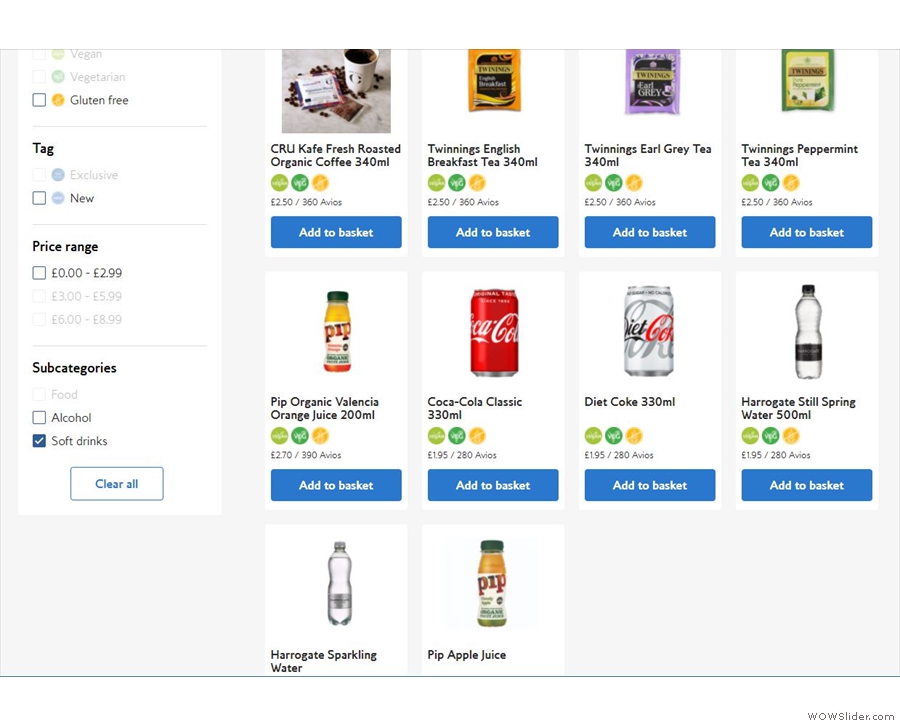
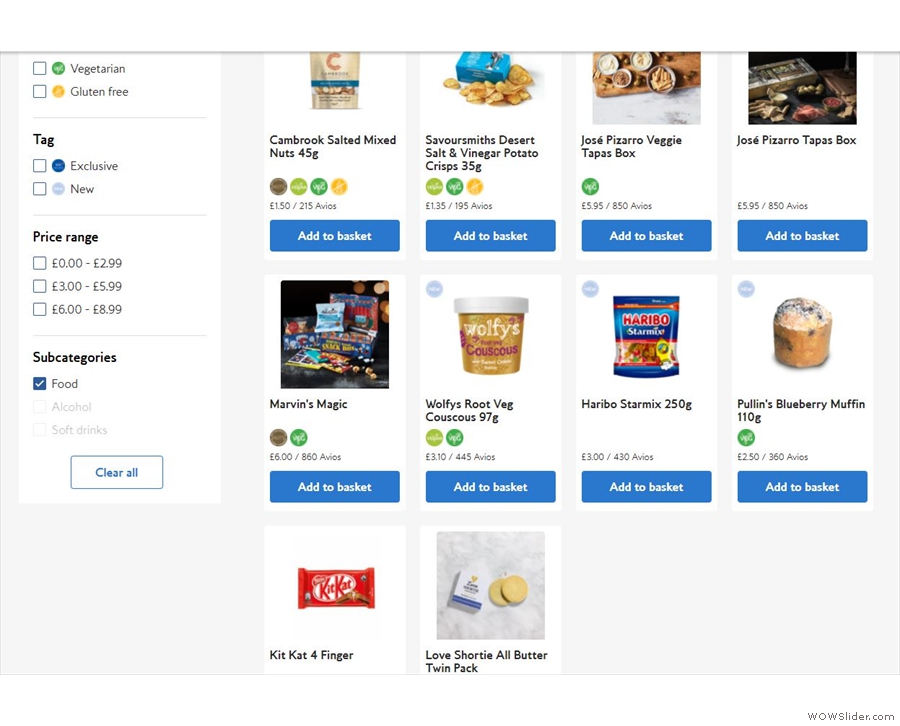
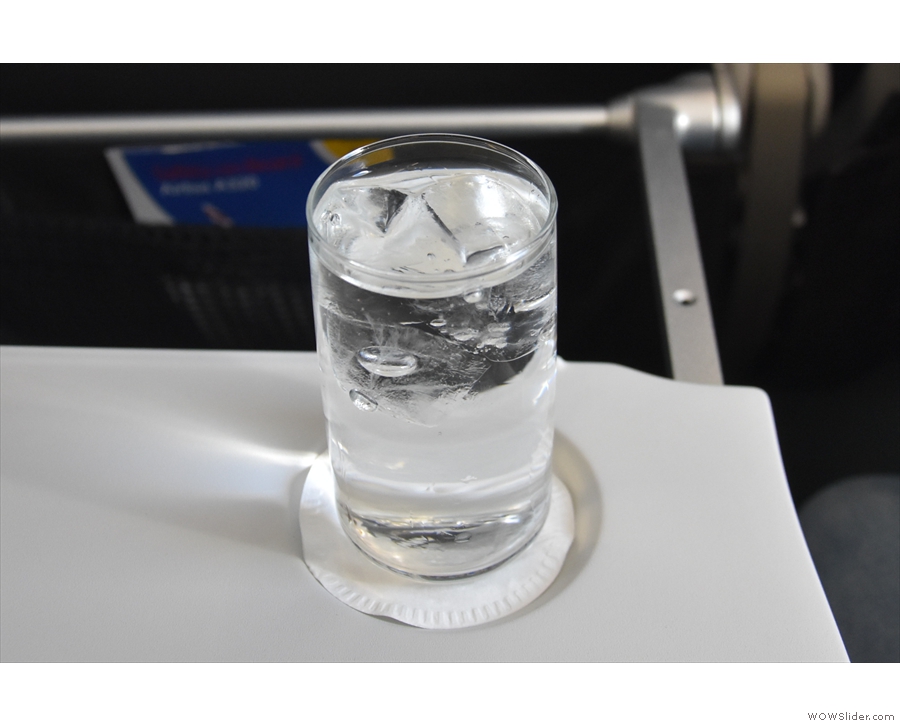
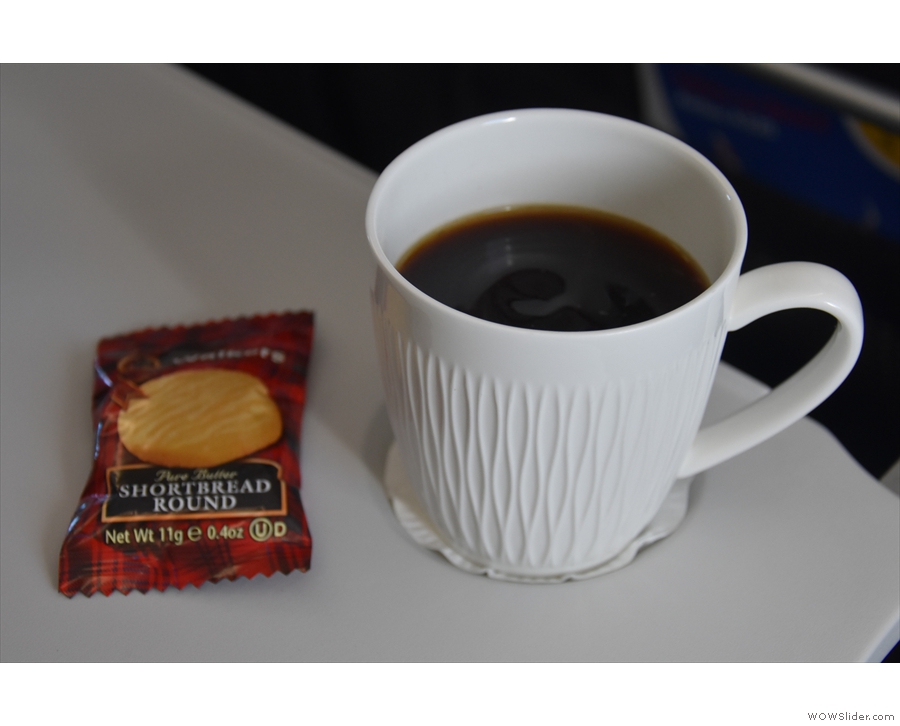
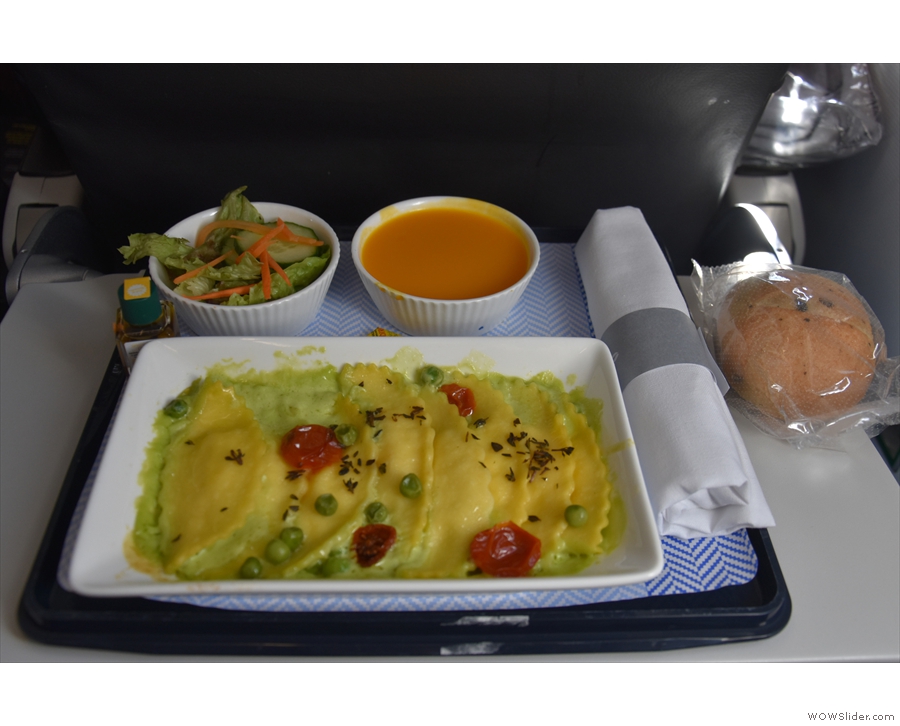
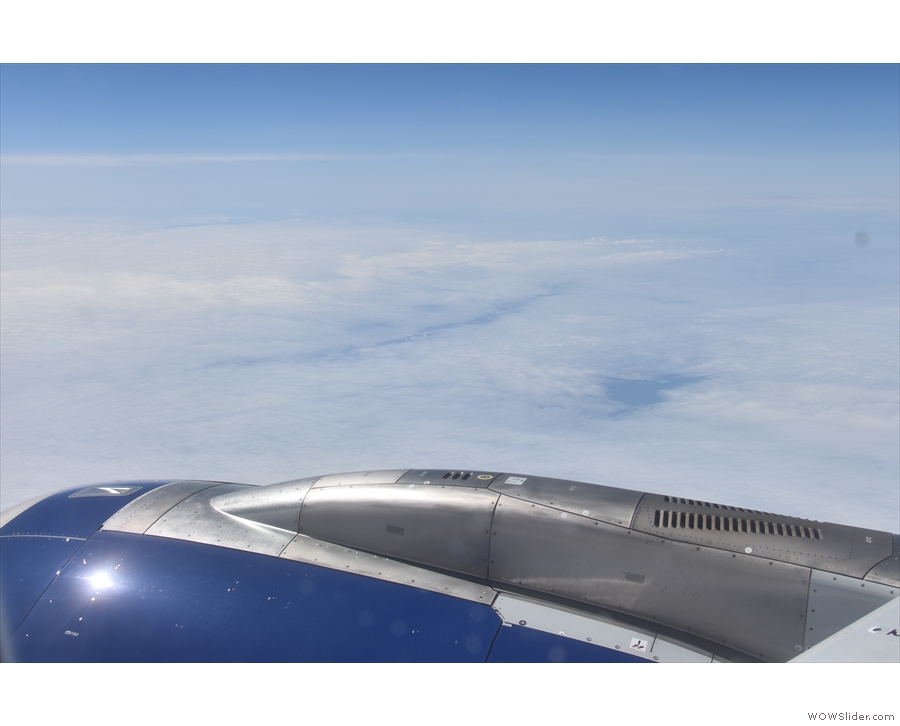
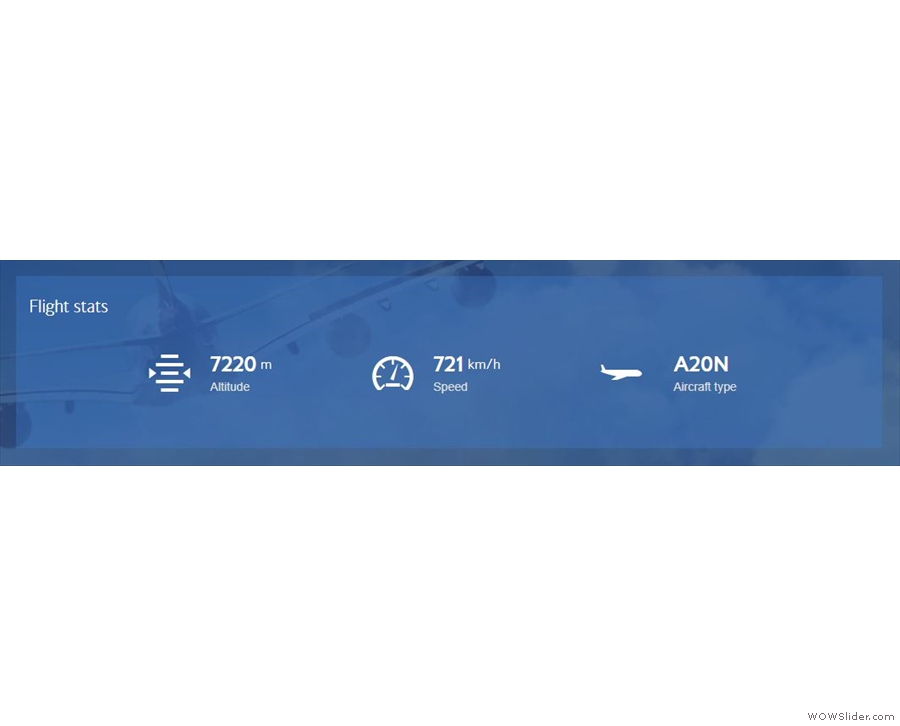
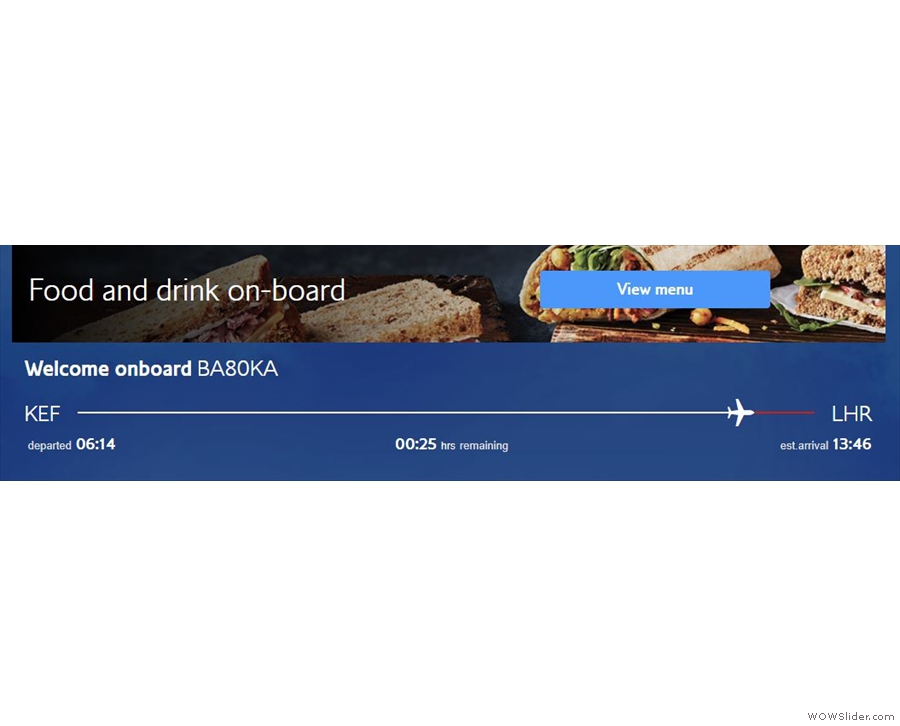
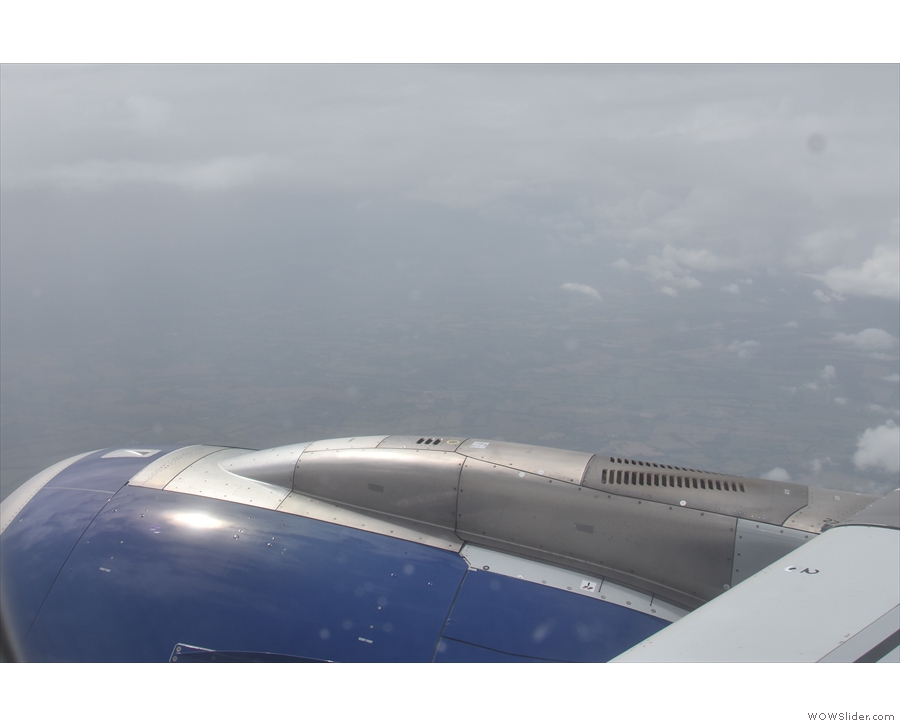
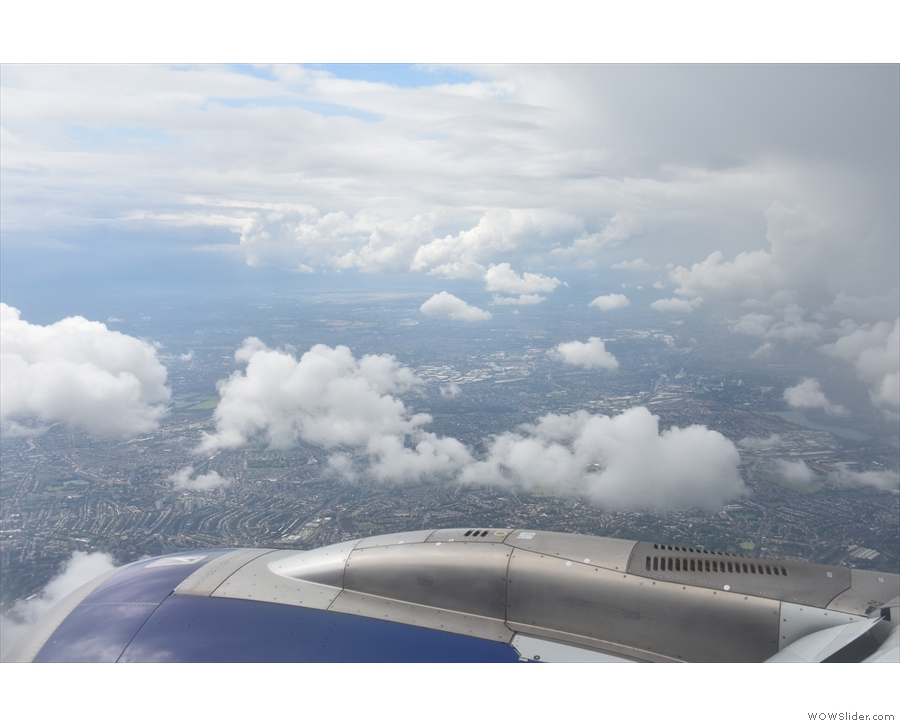
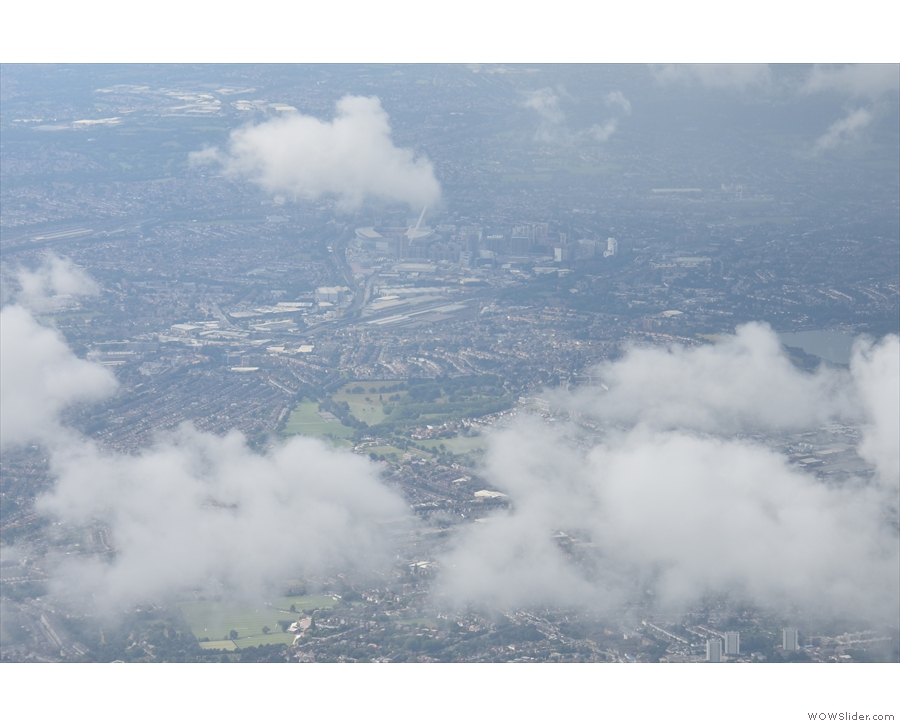
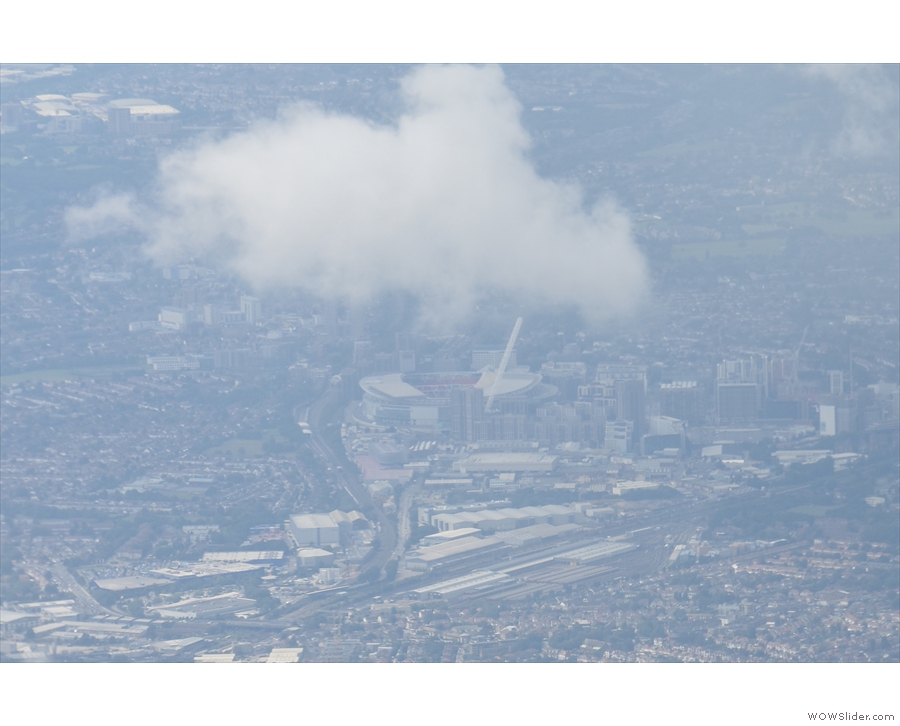
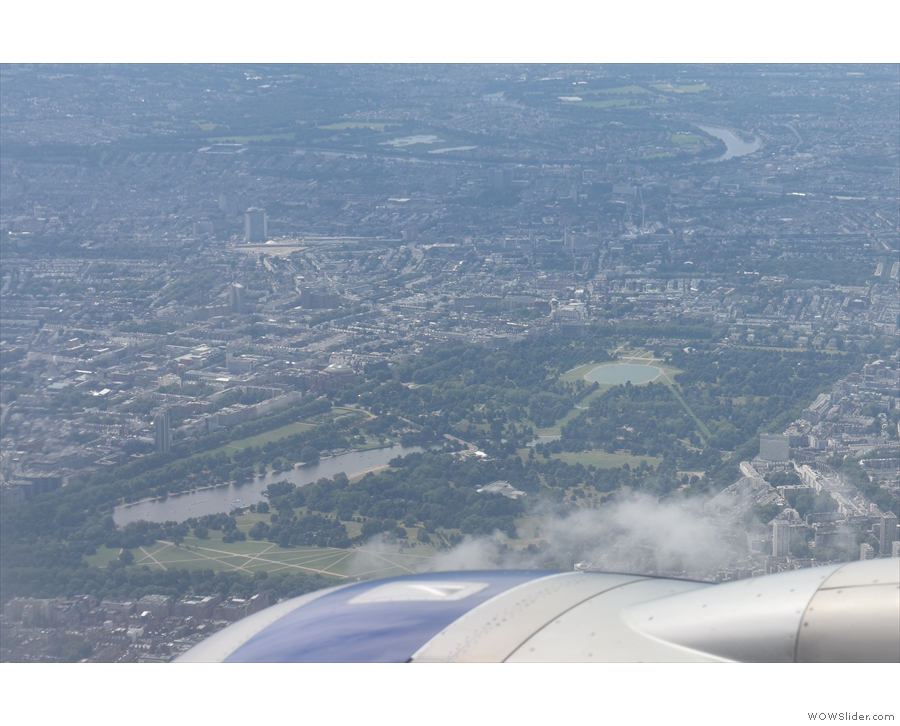
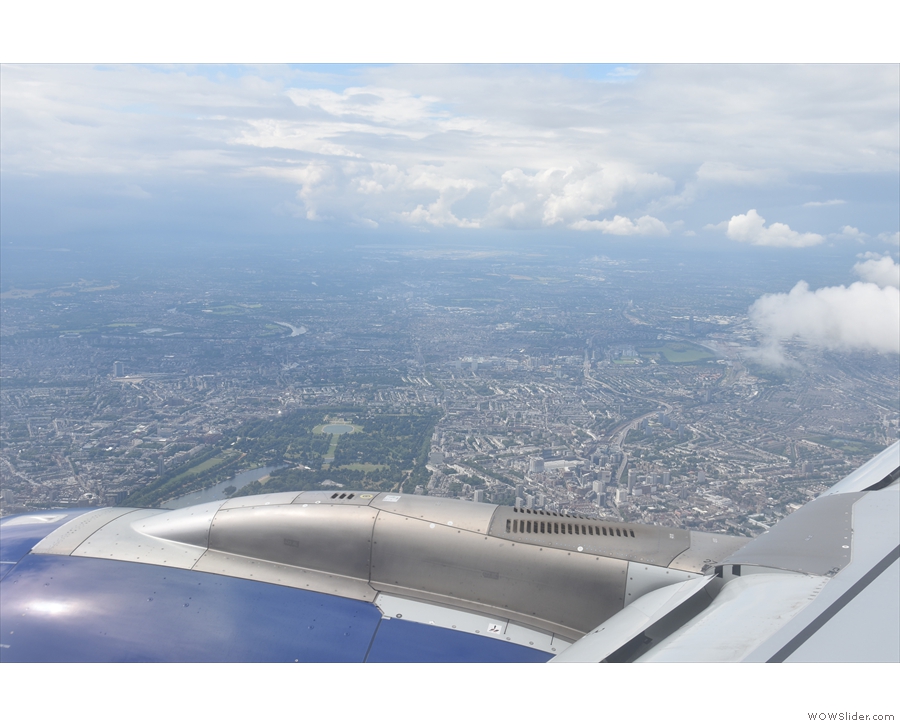
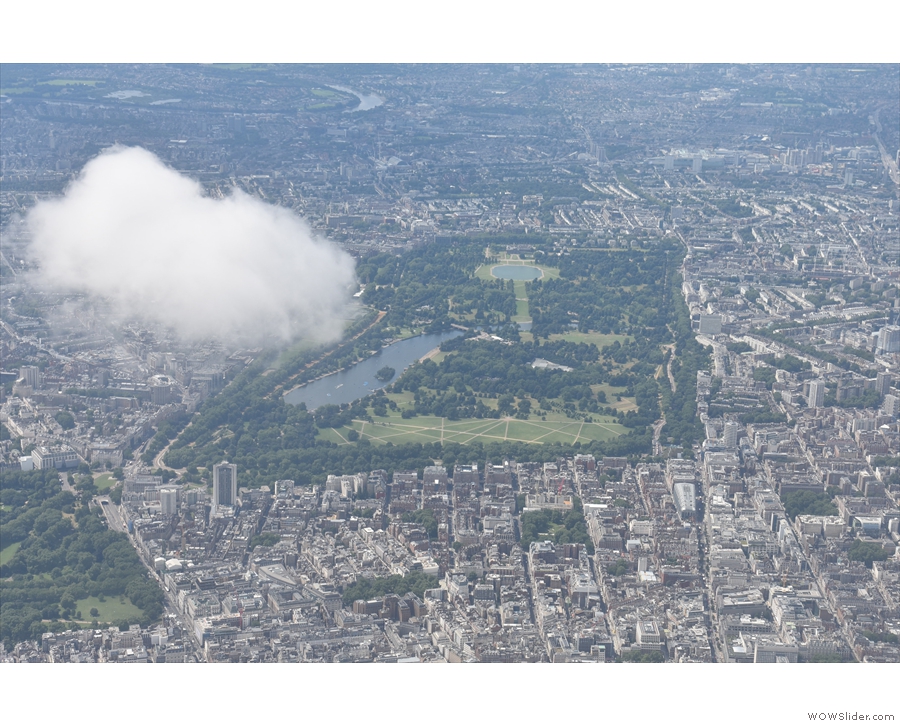
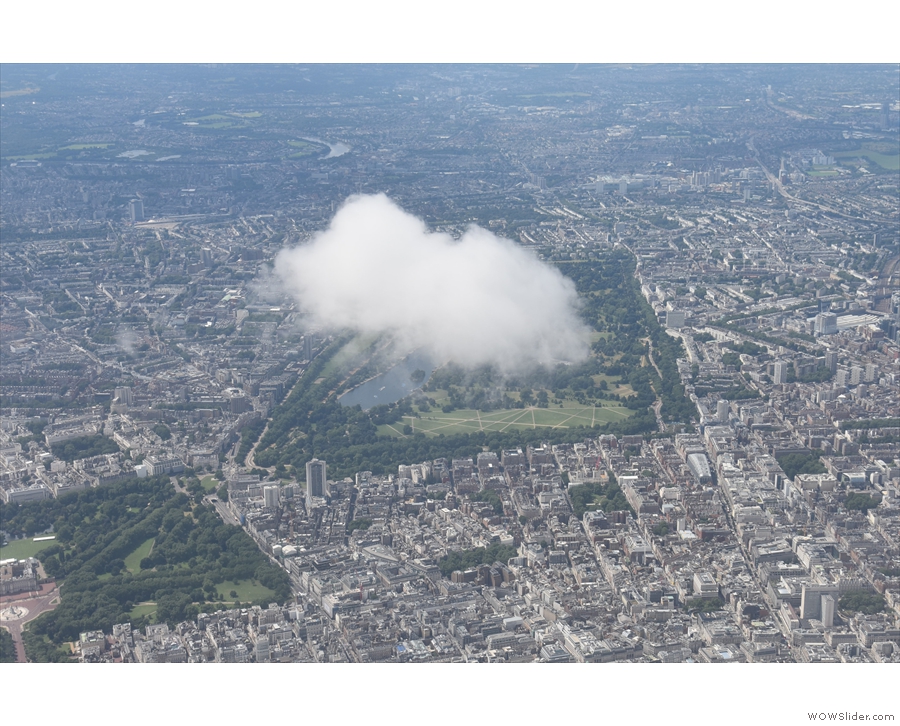
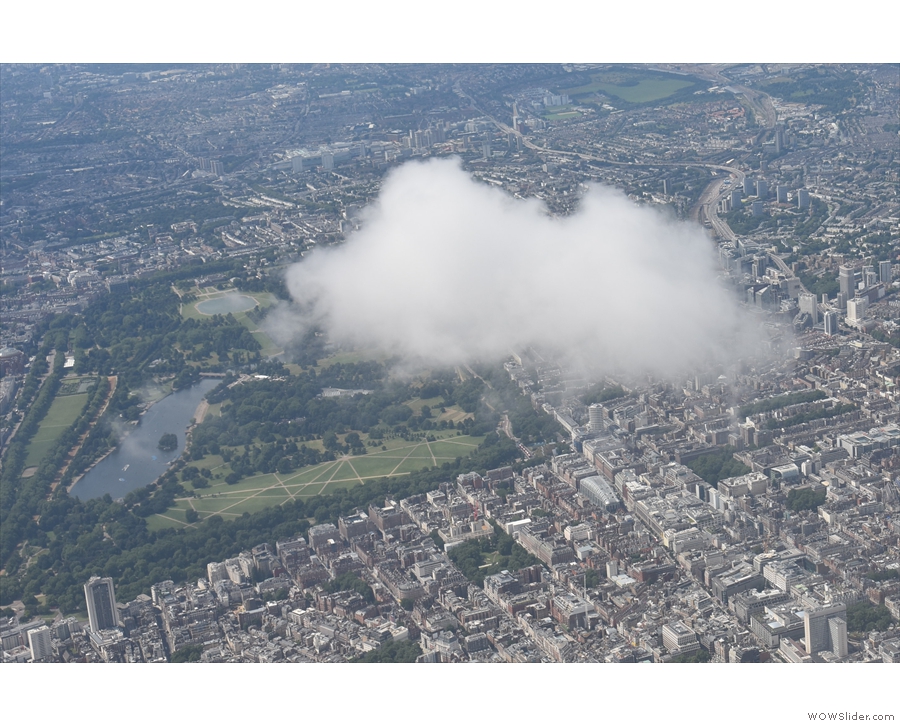
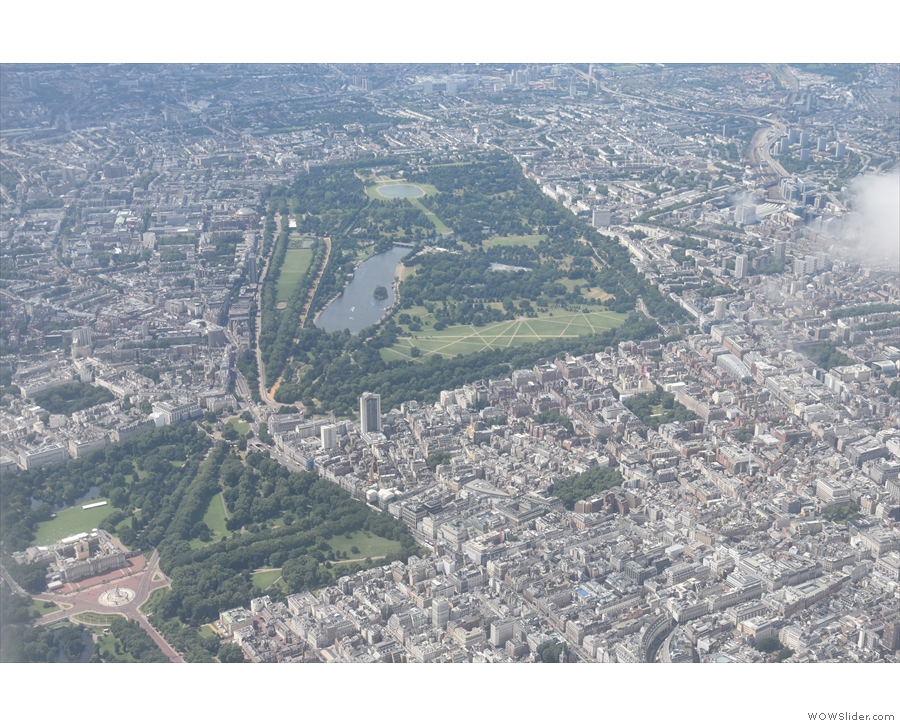
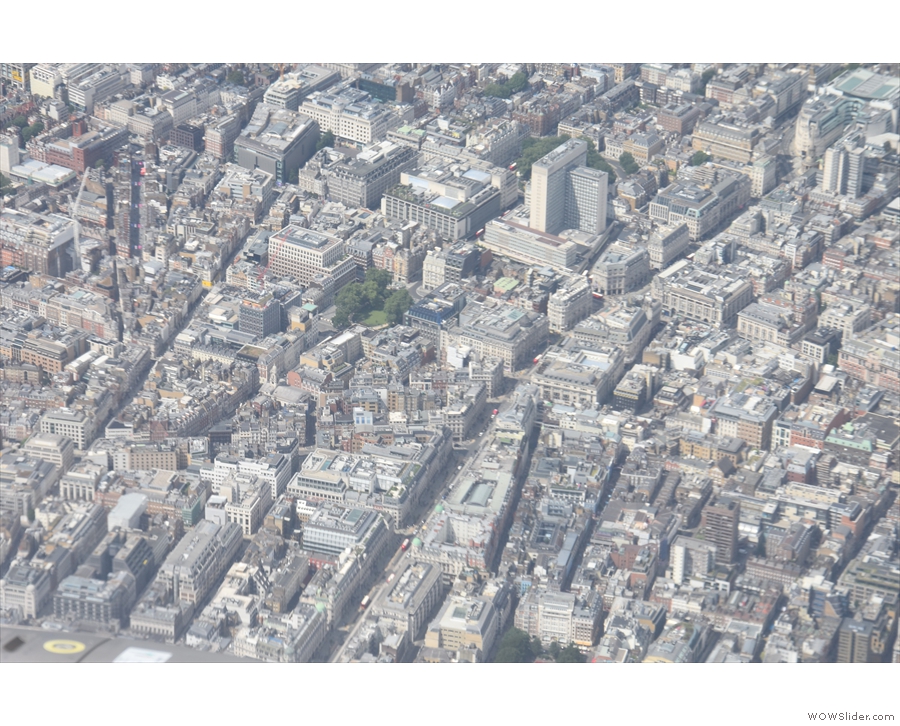
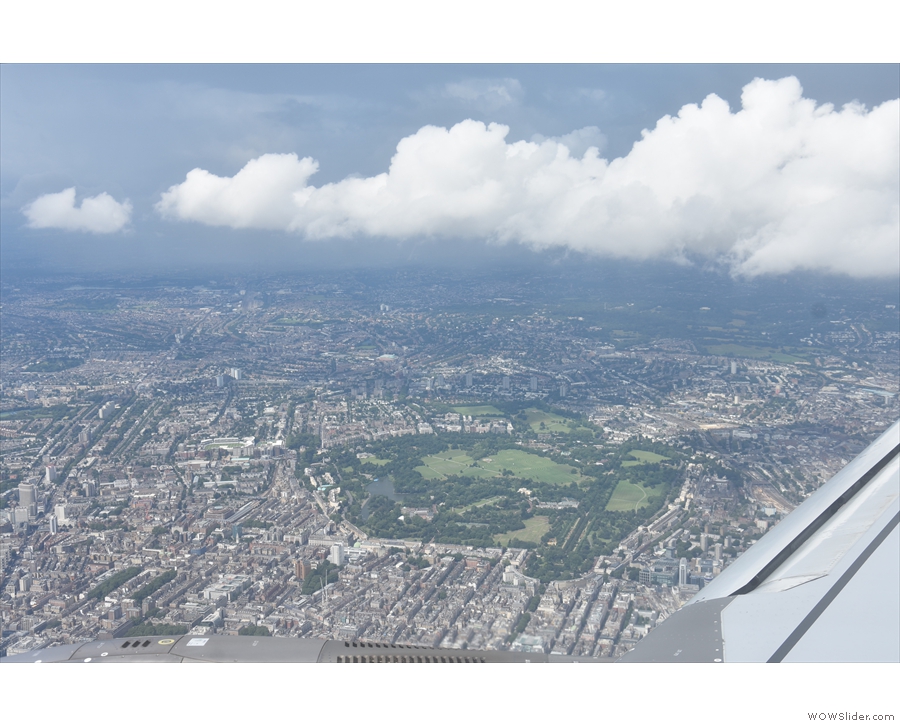
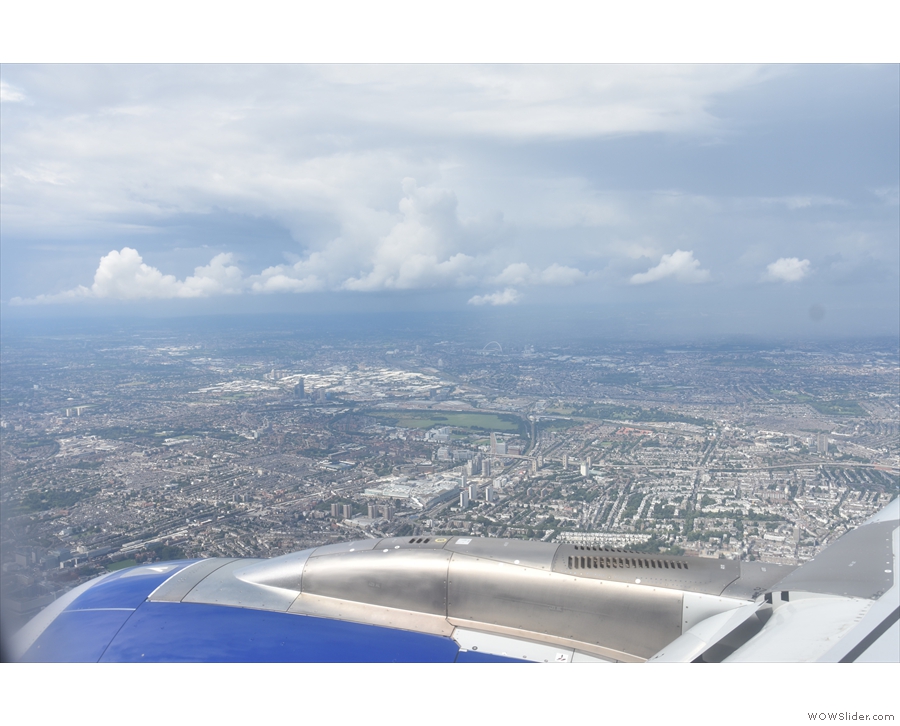
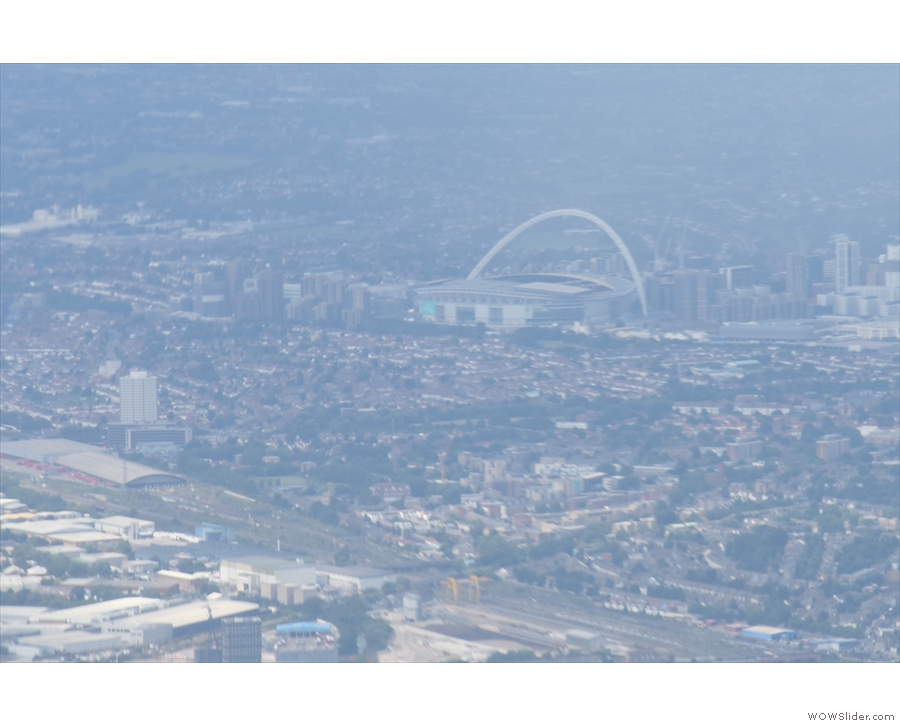
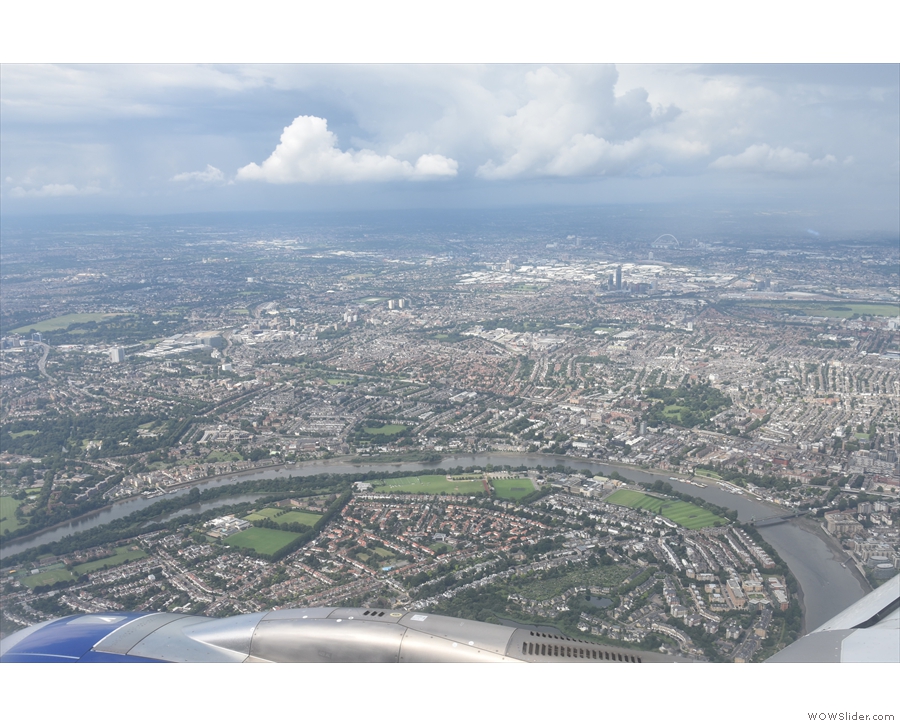
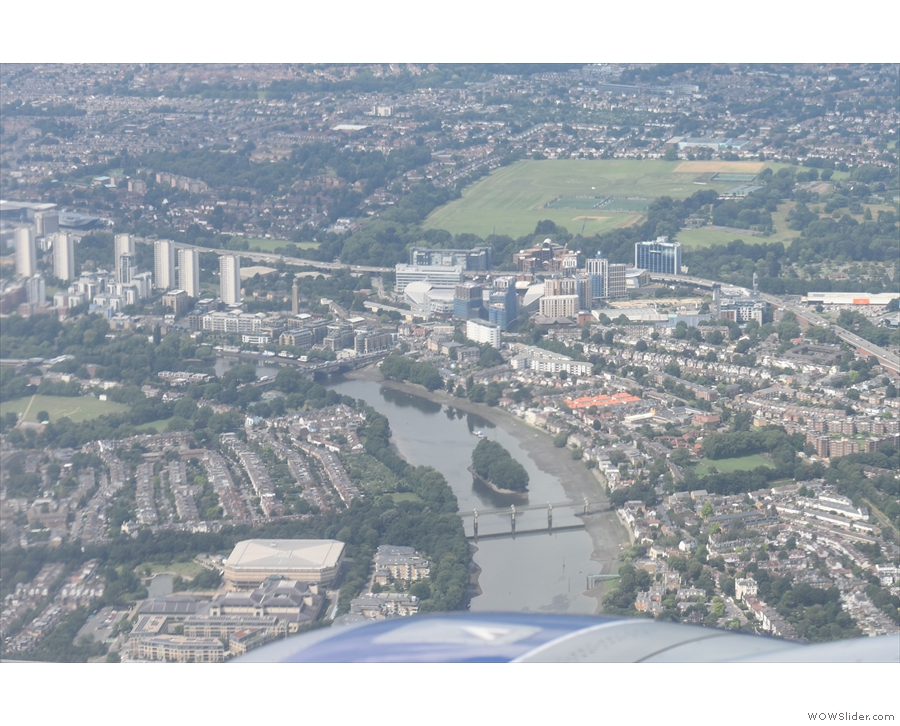
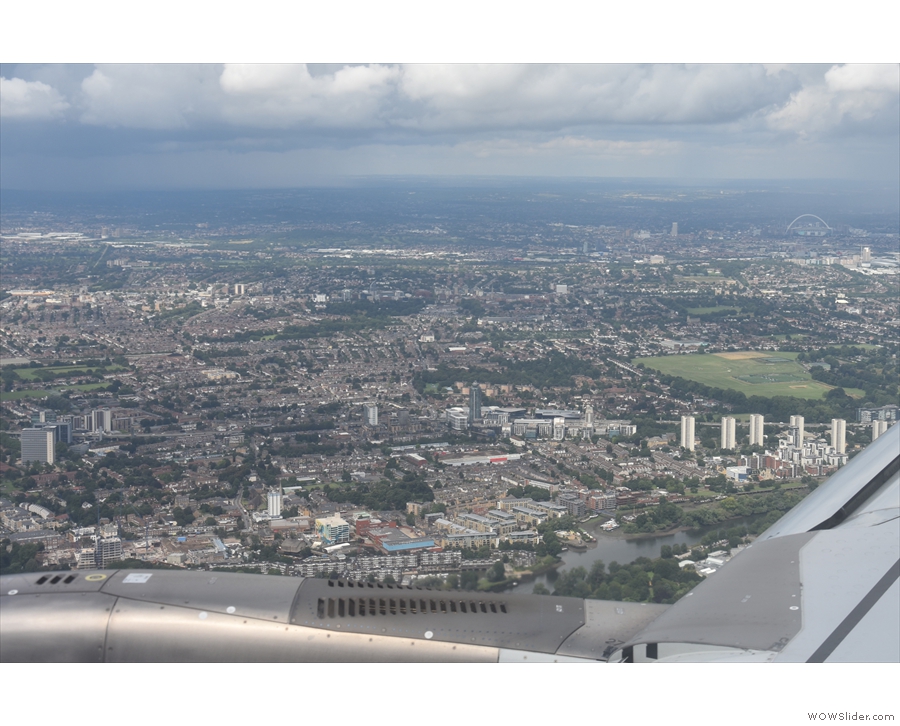
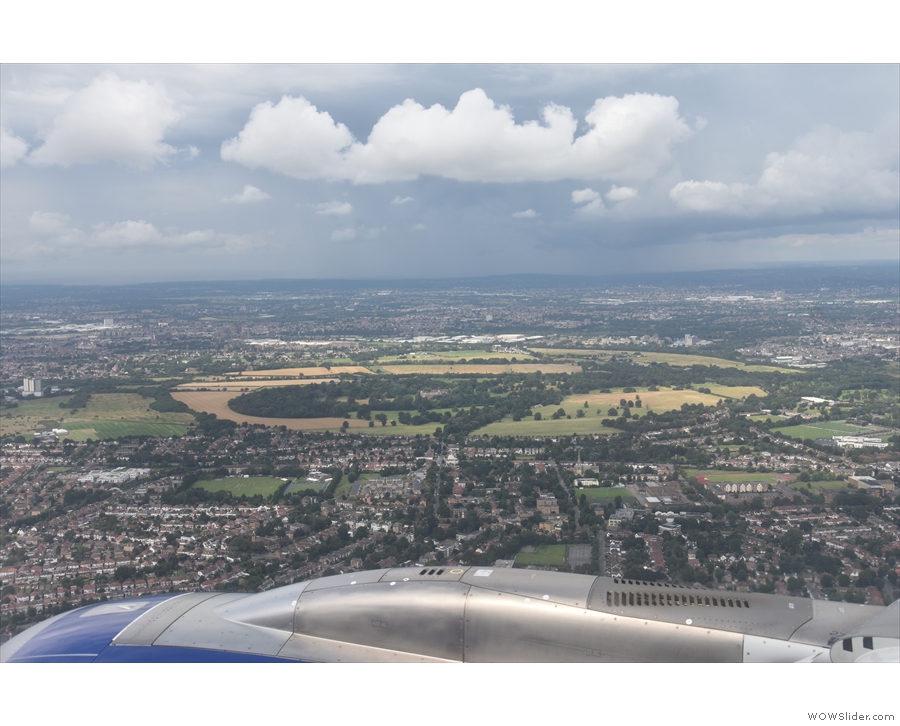
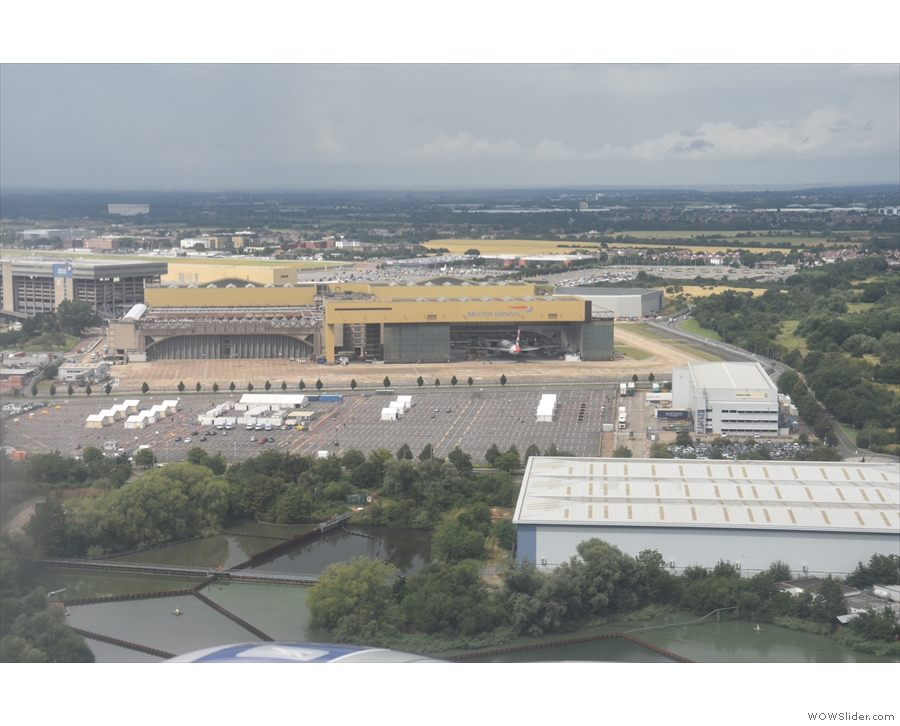
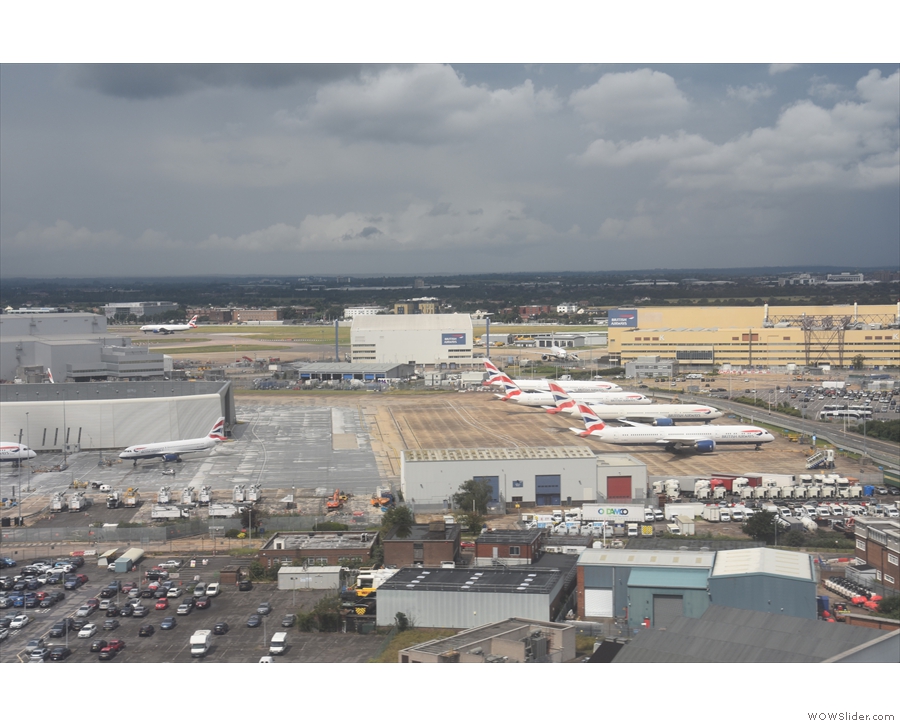
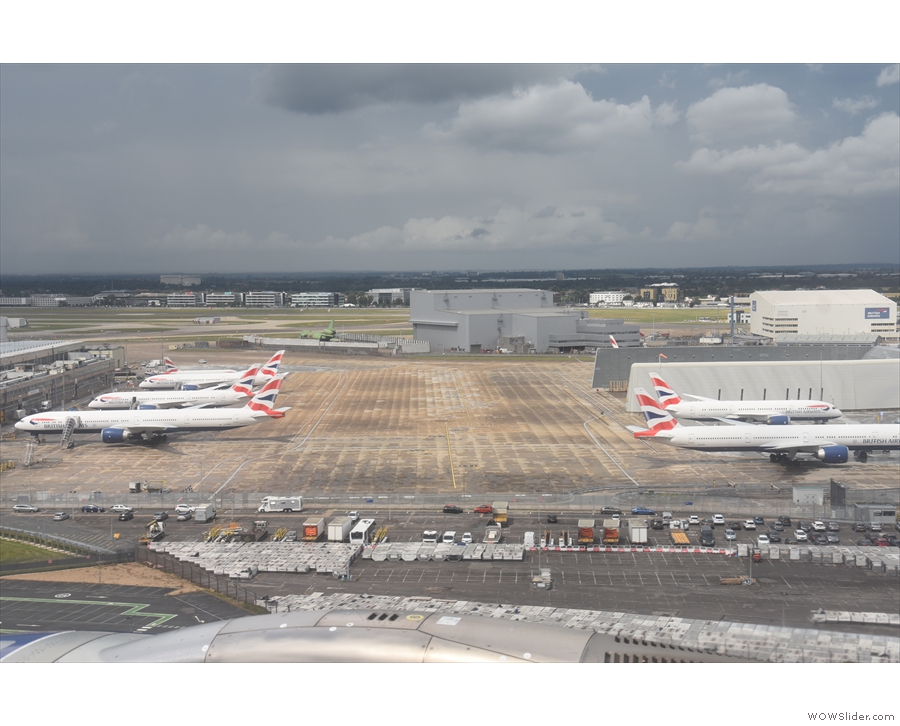
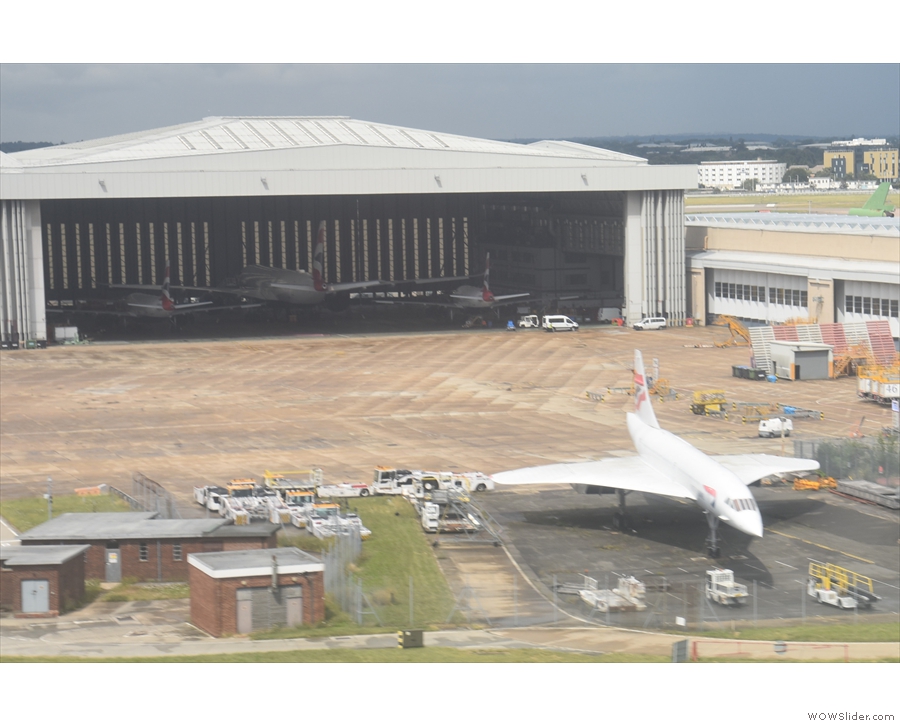
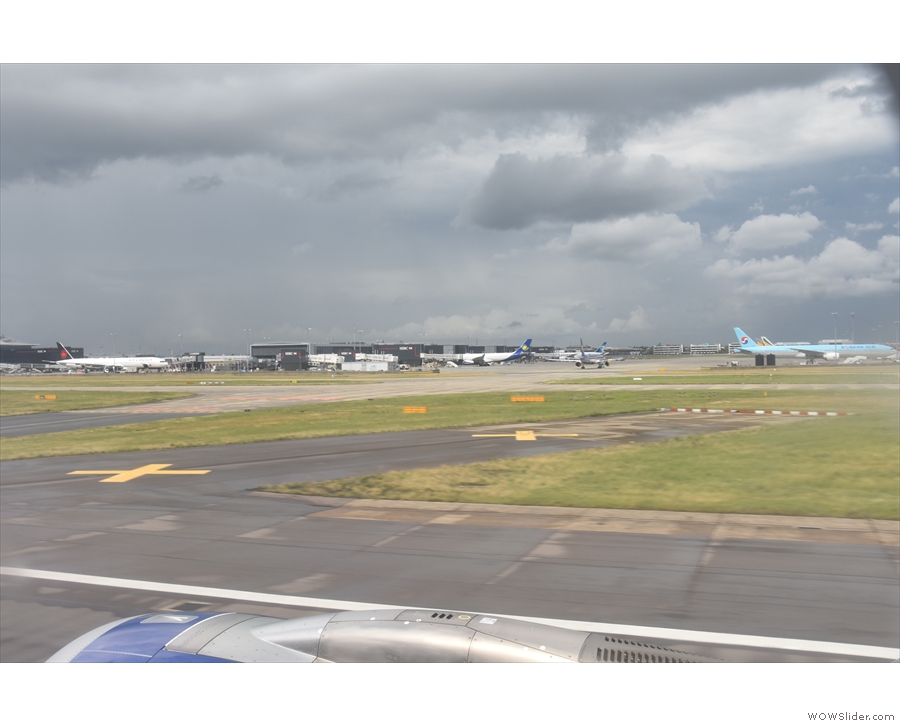
 1
1 2
2 3
3 4
4 5
5 6
6 7
7 8
8 9
9 10
10 11
11 12
12 13
13 14
14 15
15 16
16 17
17 18
18 19
19 20
20 21
21 22
22 23
23 24
24 25
25 26
26 27
27 28
28 29
29 30
30 31
31 32
32 33
33 34
34 35
35 36
36 37
37 38
38 39
39 40
40 41
41 42
42 43
43 44
44
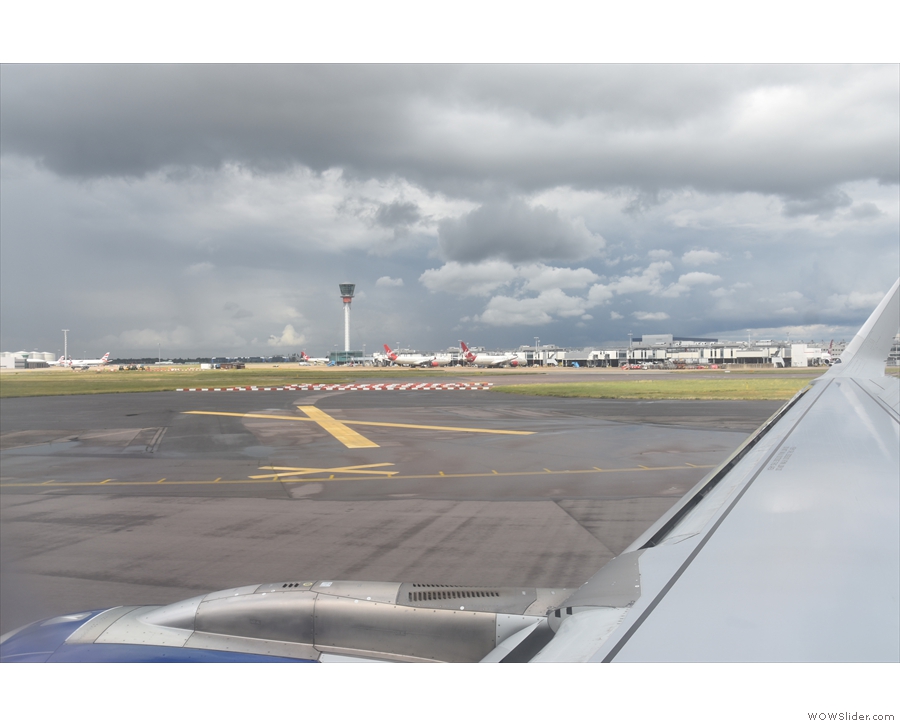
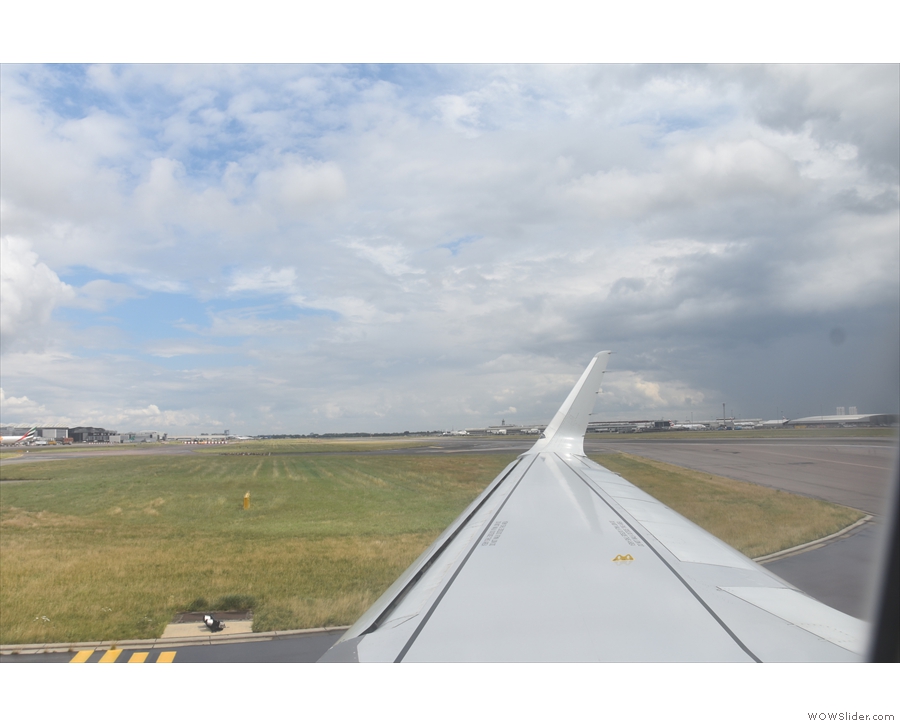
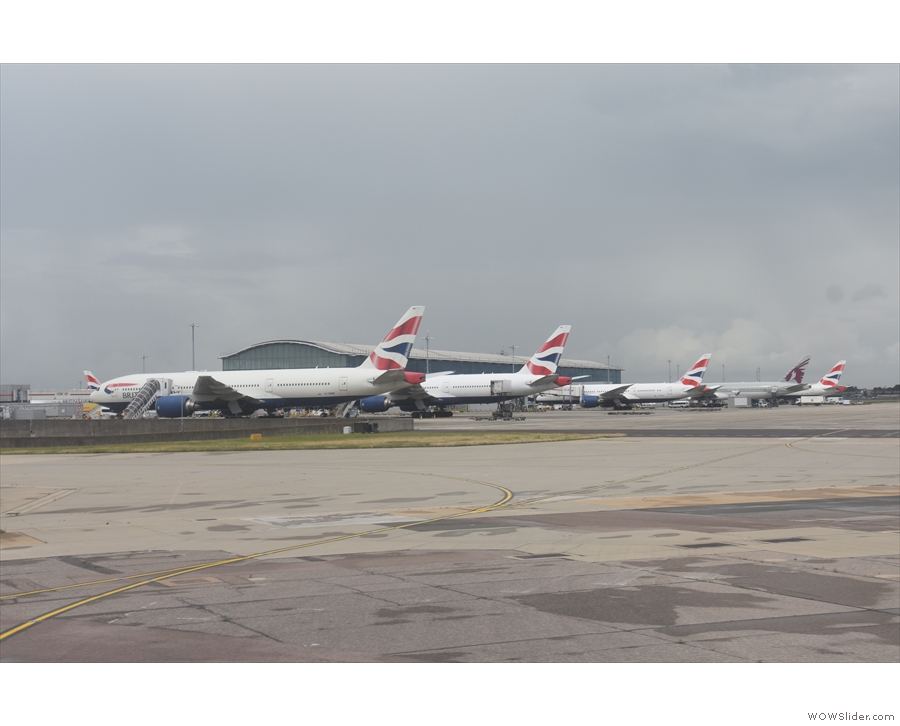
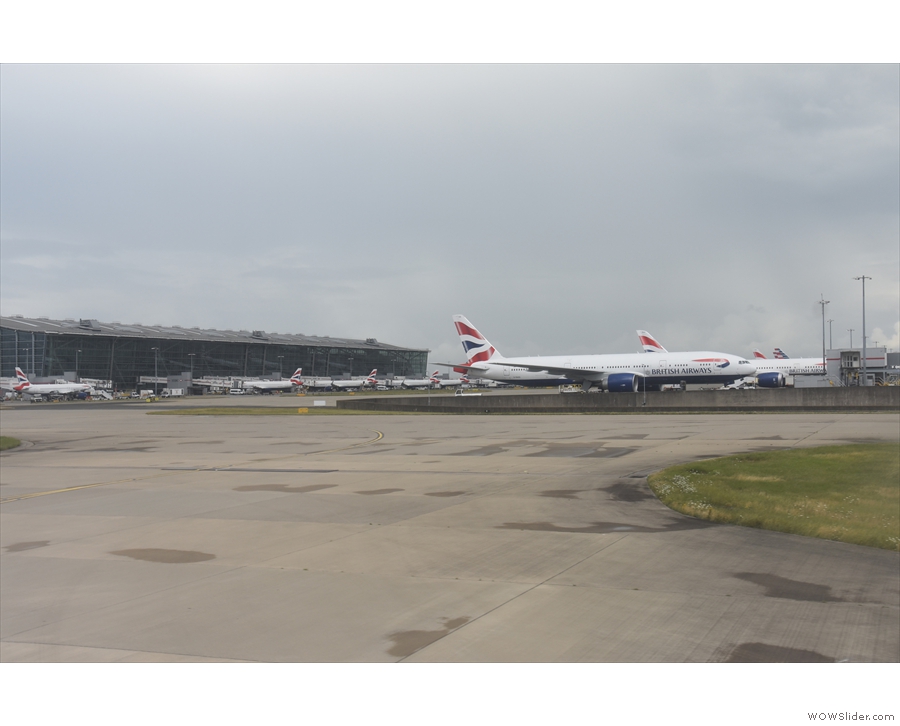
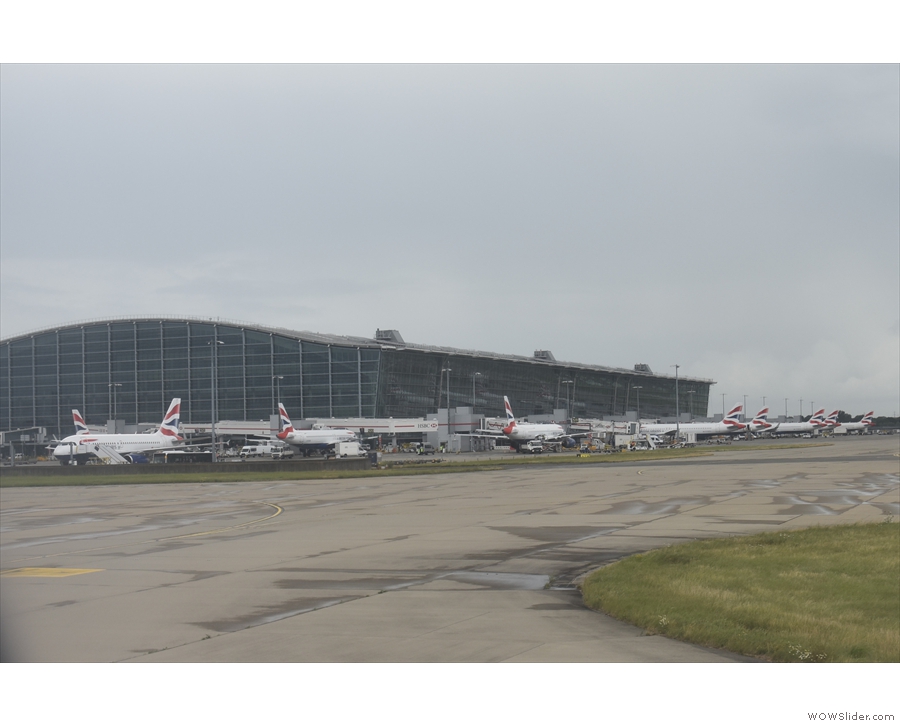
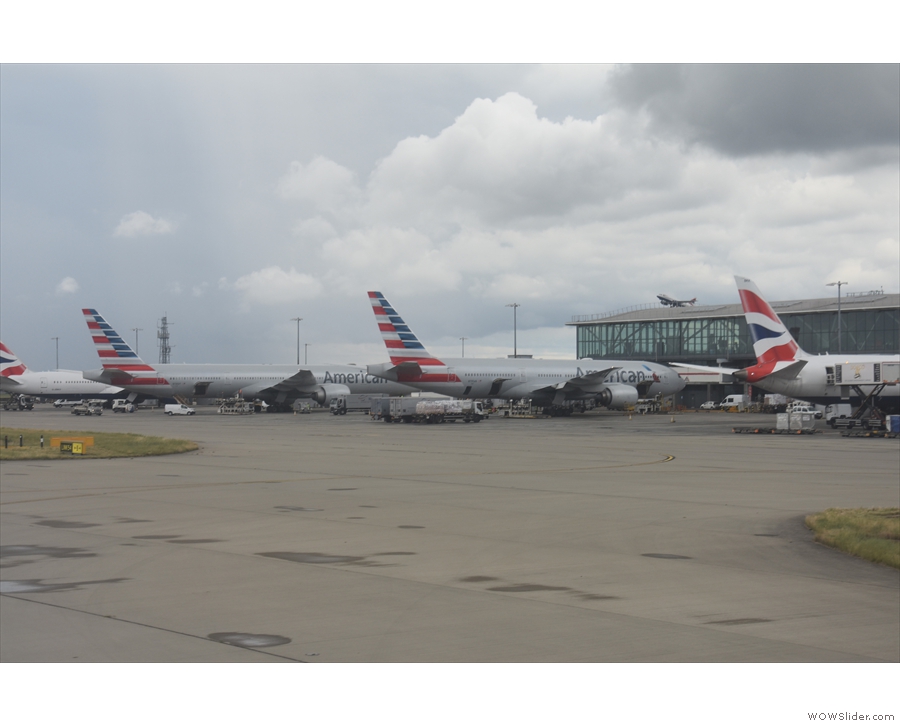
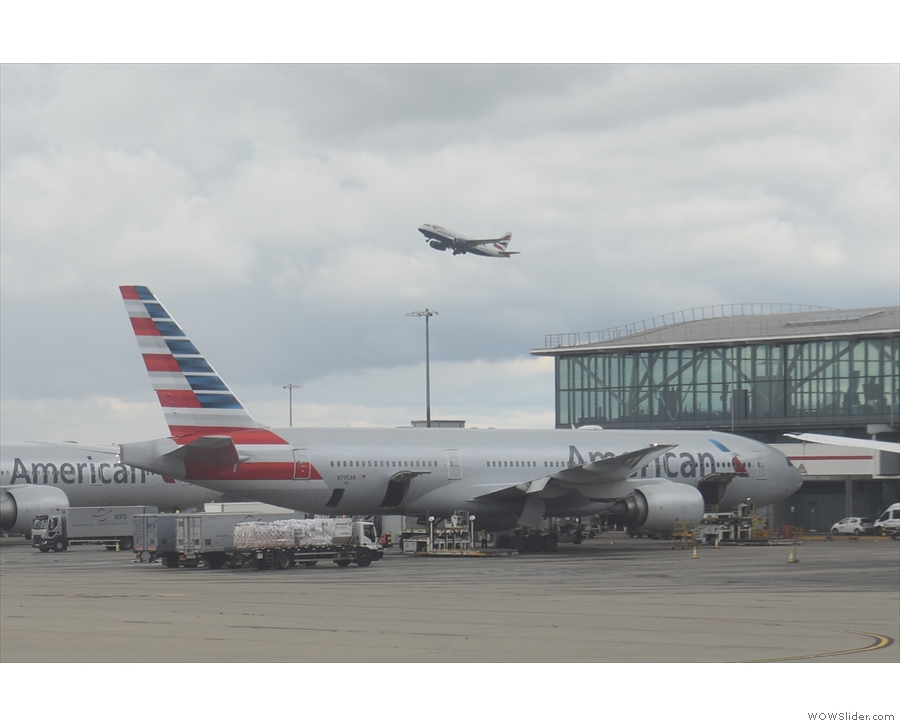
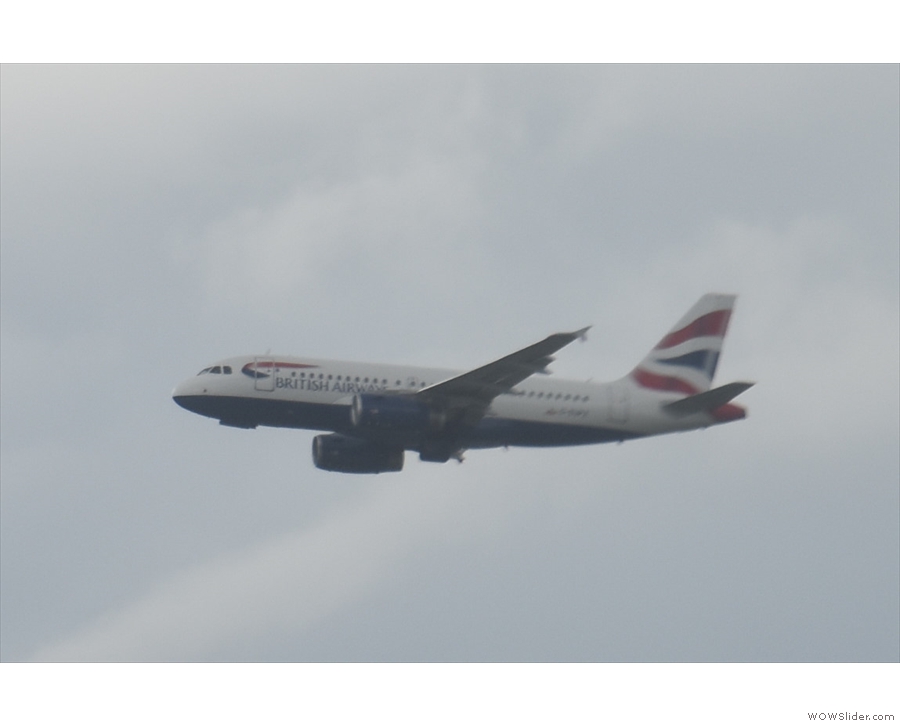
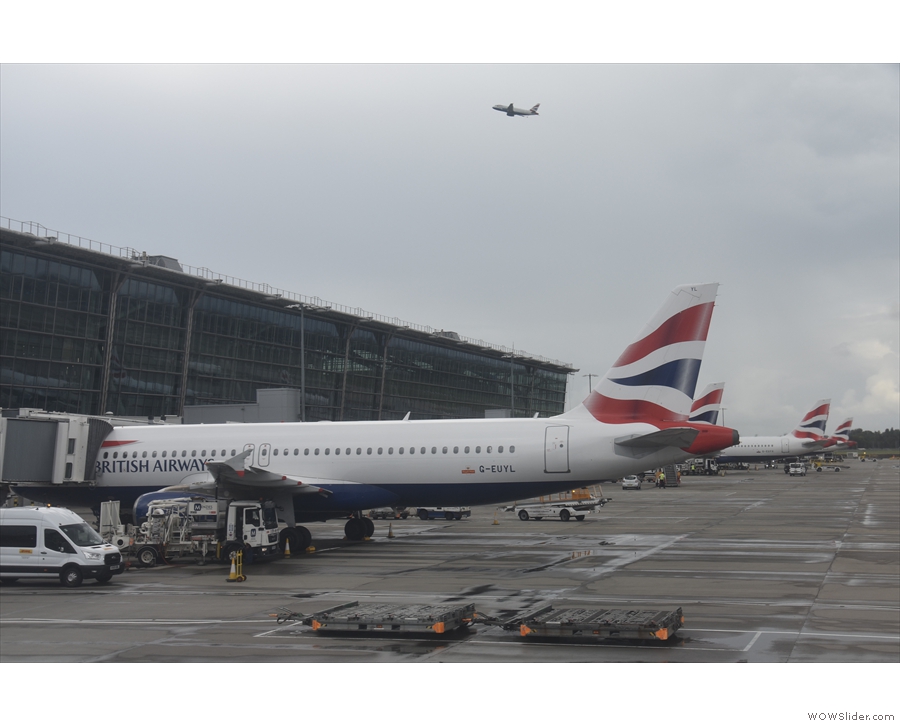
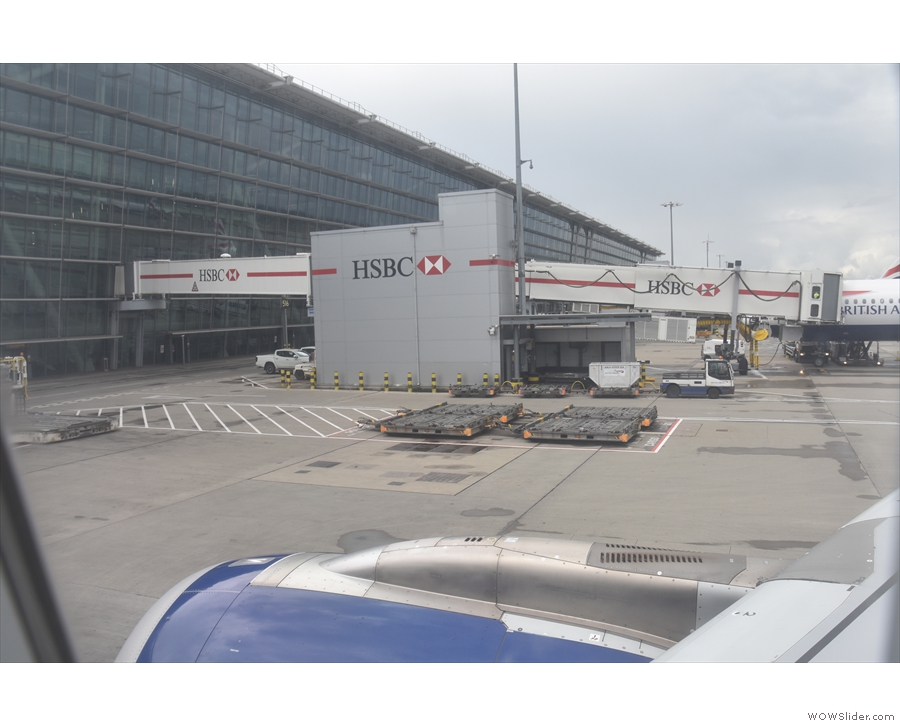
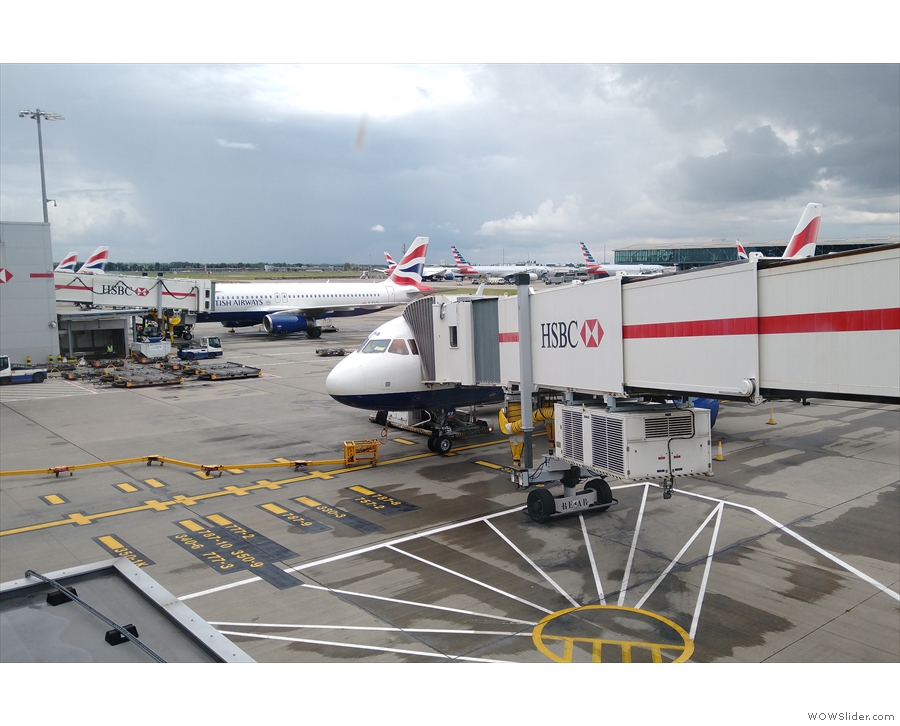
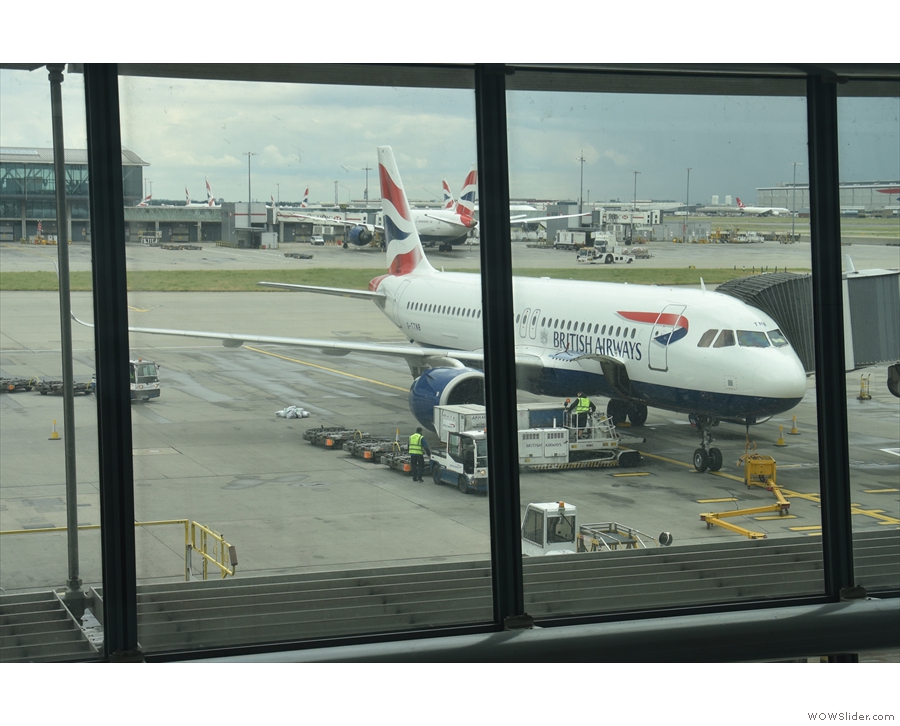
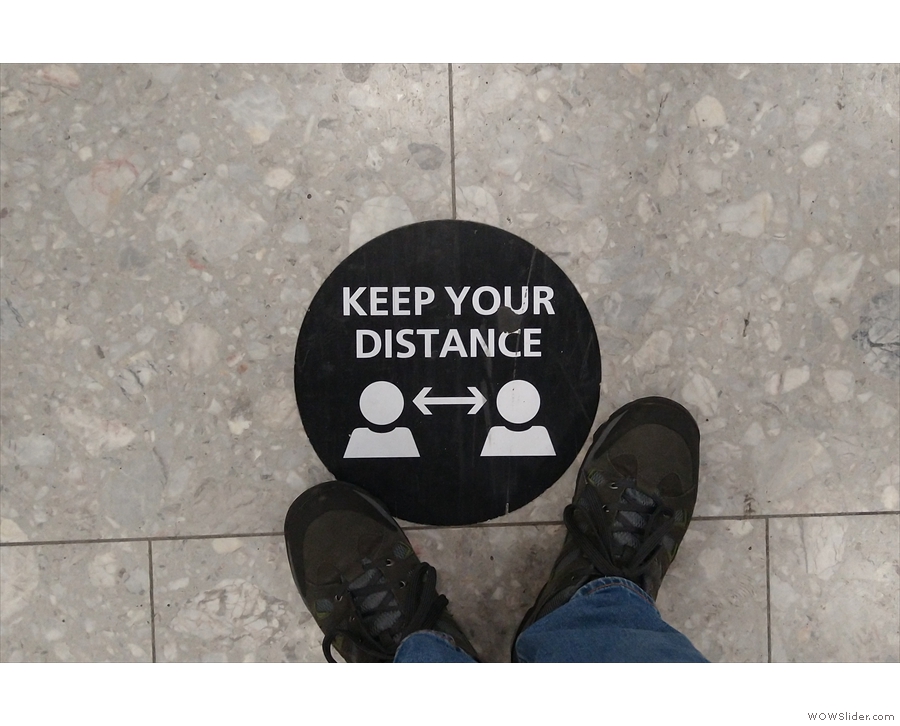
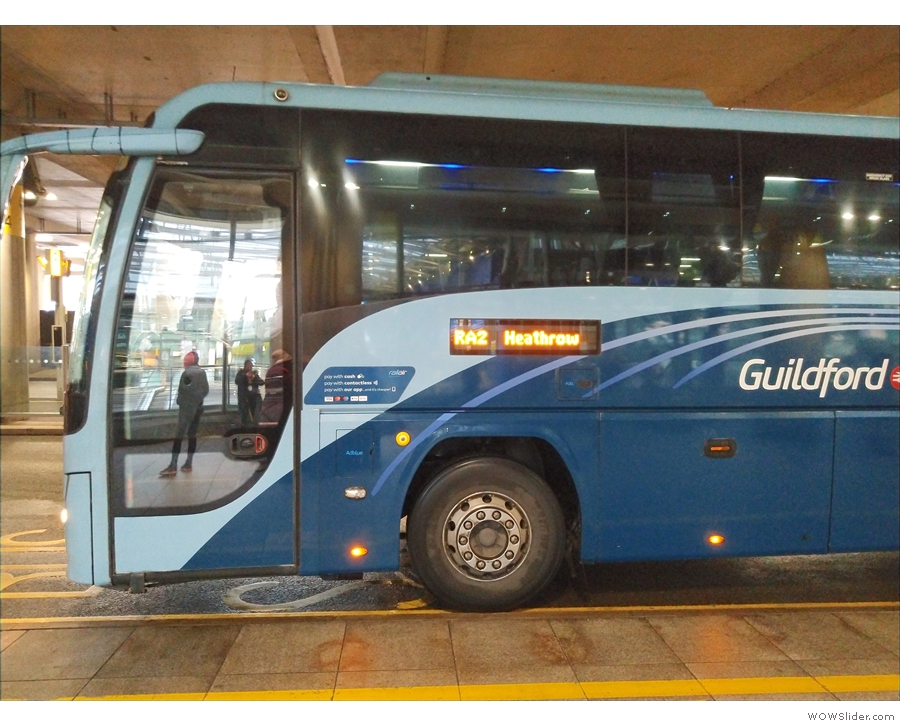
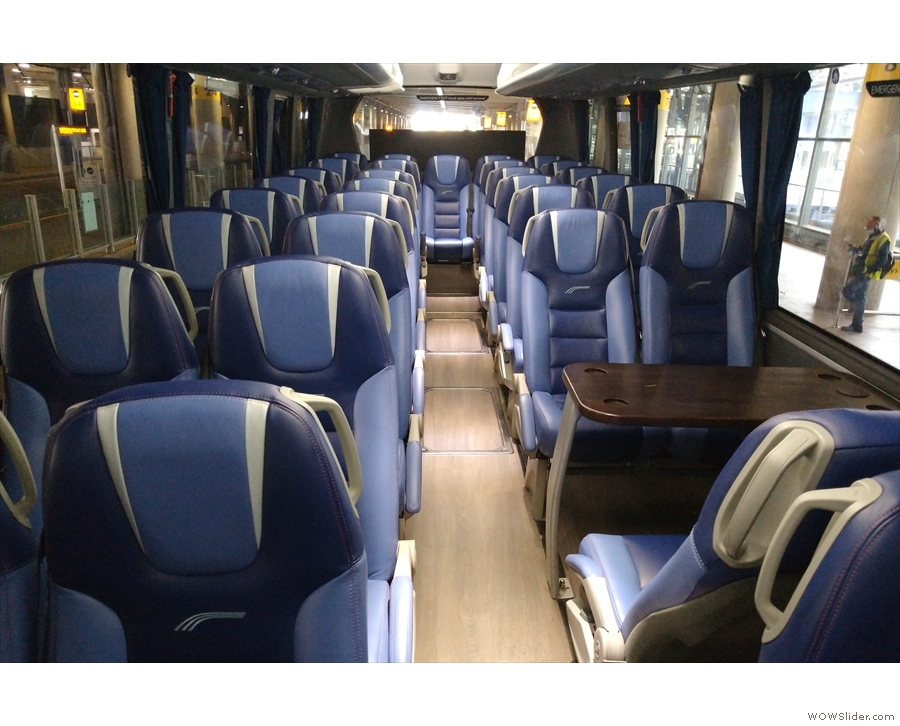
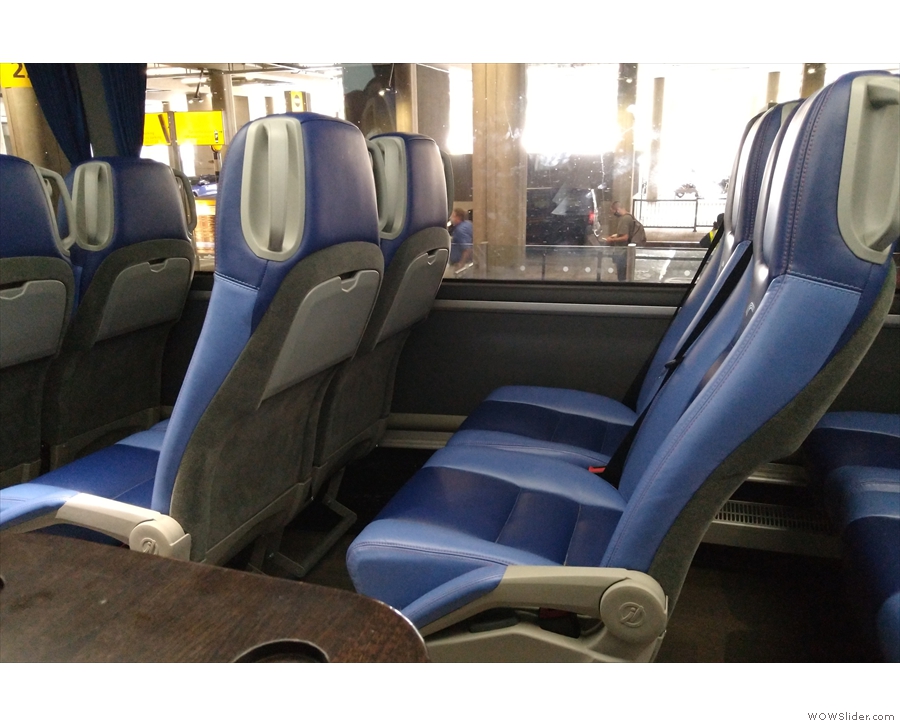
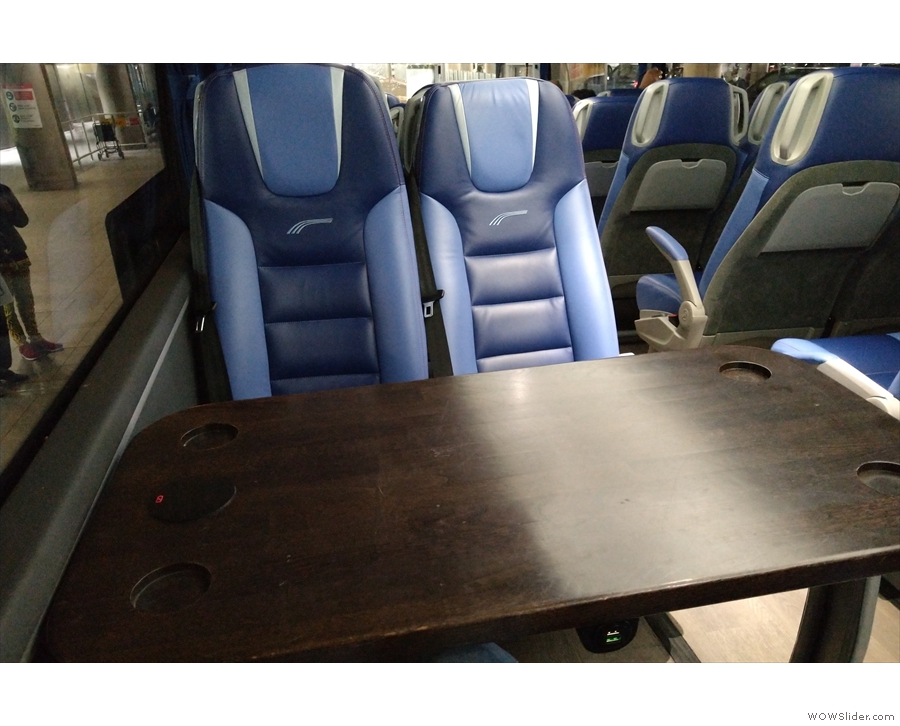
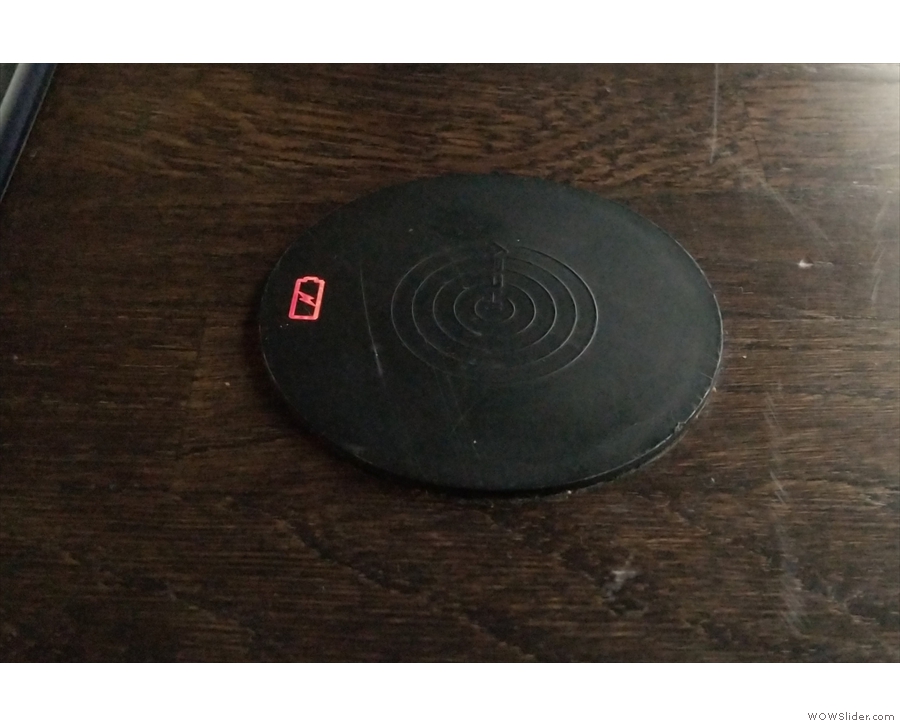
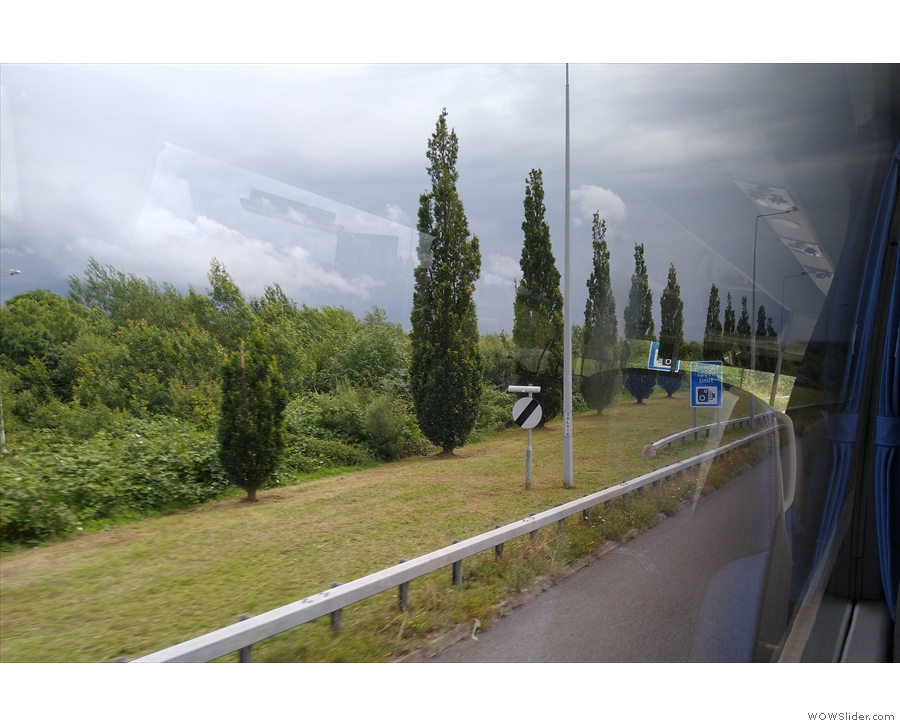
 1
1 2
2 3
3 4
4 5
5 6
6 7
7 8
8 9
9 10
10 11
11 12
12 13
13 14
14 15
15 16
16 17
17 18
18 19
19 20
20
Pingback: Brian’s Travel Spot: Flying to Iceland | Brian's Coffee Spot
Pingback: Travels with my Coffee: Iceland 2021 | Brian's Coffee Spot
Pingback: Brian’s Travel Spot: Flying to America During the COVID-19 Pandemic | Brian's Coffee Spot
Pingback: Brian’s Travel Spot: Flying to Atlanta in Premium Economy | Brian's Coffee Spot
Pingback: Brian’s Travel Spot: Returning from Boston in Premium Economy | Brian's Coffee Spot
Pingback: Brian’s Travel Spot: Day 2 PCR Test | Brian's Coffee Spot
Pingback: Brian’s Travel Spot: Back to Boston in Premium Economy | Brian's Coffee Spot
Pingback: Brian’s Travel Spot: Heathrow to Manchester | Brian's Coffee Spot
Pingback: Brian’s Travel Spot: Return from Boston (Again) | Brian's Coffee Spot